Announcing Our Fall 2021 PEAK Experience Awardees
We are proud to announce the recipients of our Fall 2021 PEAK Experience Awards. This fall, PEAK Awards will support over sixty students from across the university as they tackle a diverse array of projects ranging from an analysis of limb regeneration in axolotl salamanders to the ongoing transcription of Northeastern’s only medieval manuscript and a study of pharmaceutical company supply chains. Congratulations to the award recipients!
BASE CAMP AWARDS
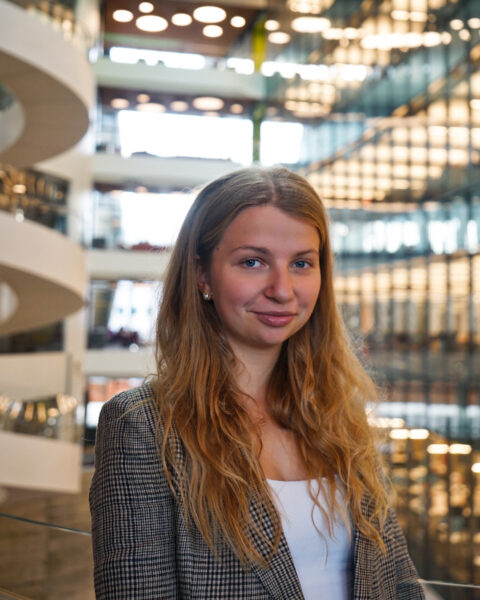 Kristine Aleksandrovica, DMSB’23, “Social Sustainability in Supply Chains of Furniture”
Kristine Aleksandrovica, DMSB’23, “Social Sustainability in Supply Chains of Furniture”
Mentor: Professor Shawn Bhimani, Supply Chain and Information Management Group, DMSB
I will be reseaching social responsibility and sustaibility in the production process of various furniture companies, by closely analysing each step through about the supply chain. My goal is to examine potential hidden labour violations done to reduce cost.
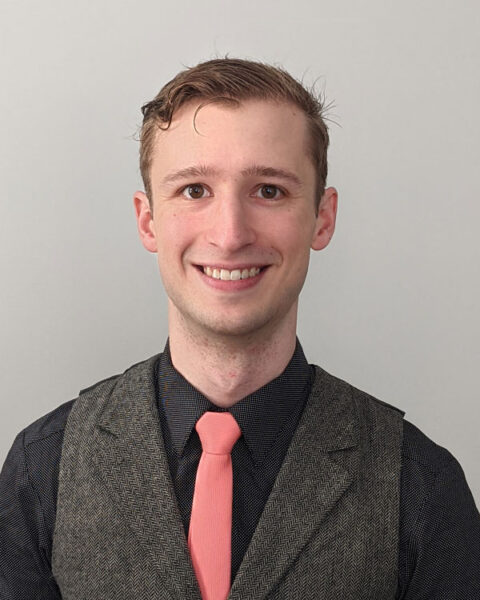 Philip Andress, COE’24, “Cable Driven Camera Robot”
Philip Andress, COE’24, “Cable Driven Camera Robot”
Mentor: Professor Thomas Consi, Department of Electrical and Computer Engineering, COE
The goal of our project is to create a robot that uses cables to enable full positional and orientation control of a camera throughout a medium sized room.
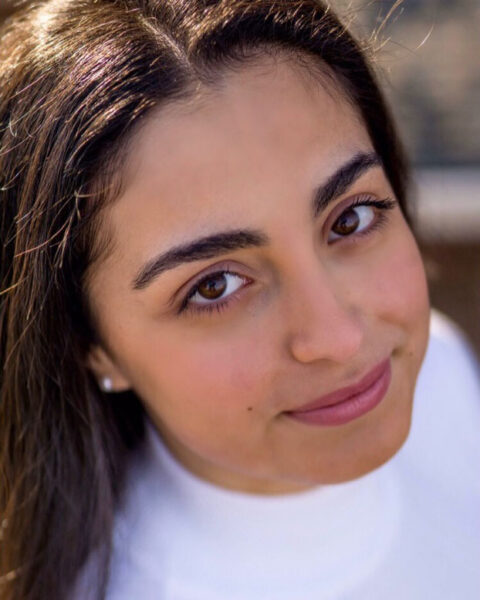 Samantha Bethoney, COS’24, “Human Control of Movement”
Samantha Bethoney, COS’24, “Human Control of Movement”
Mentor: Professor Gene Tunik, Department of Physical Therapy, Movement & Rehabilitation Sciences, Bouvé
Through this project, I hope to learn to use TMS as a virtual lesion tool to understand parietal processing in motor control, and to gain independence in carrying out experiments. For my intellectual development, I hope to learn how to formulate hypotheses and test them through well-designed experiments.
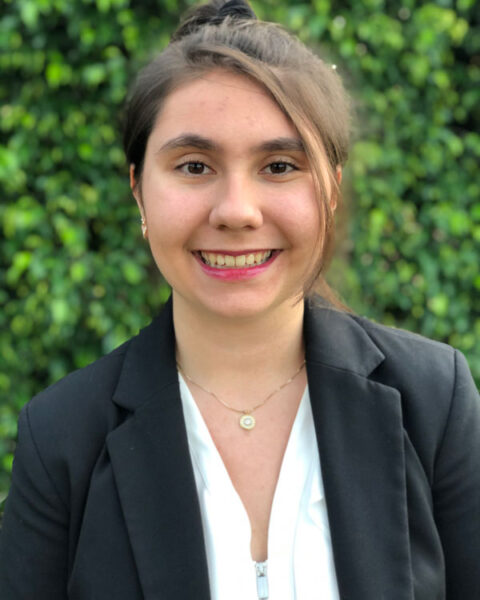 Sophia Cabellon, COE’23, “The Utilization of Case Studies in the Education of Prototyping for Engineers”
Sophia Cabellon, COE’23, “The Utilization of Case Studies in the Education of Prototyping for Engineers”
Mentor: Professor Mark Sivak, Department of Art + Design, CAMD/COE
In this research, we seek to study how using case studies in engineering will help novice engineers learn about prototyping. We will create our own case studies, deploy them in Capstone engineering classes, and assess how students’ perceptions of prototyping changes over time.
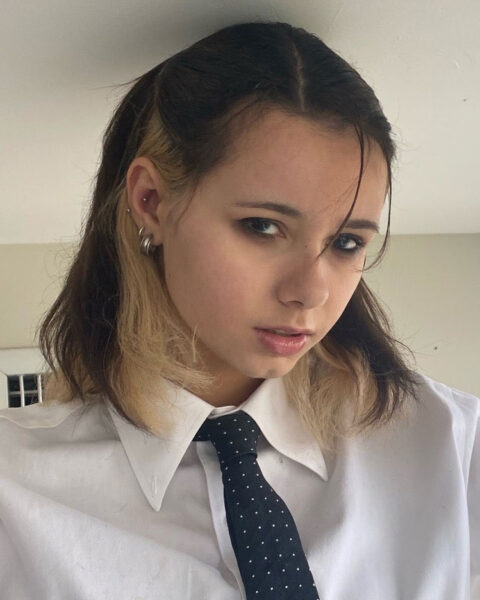 Isabela Casillas, CSSH’22, “Latin@s in Community Conditions – Crime and Census Track Data Analysis”
Isabela Casillas, CSSH’22, “Latin@s in Community Conditions – Crime and Census Track Data Analysis”
Mentor: Professor Ramiro Martinez, School of Criminology & Criminal Justice, CSSH
This is a compilation 1960 census track-level data in the Miami community to see what was published; the project aims to connect the crime-rate data to the community-level data, as well as to determine who used this 1960 census data and what Cincanx studies outshoot from there.
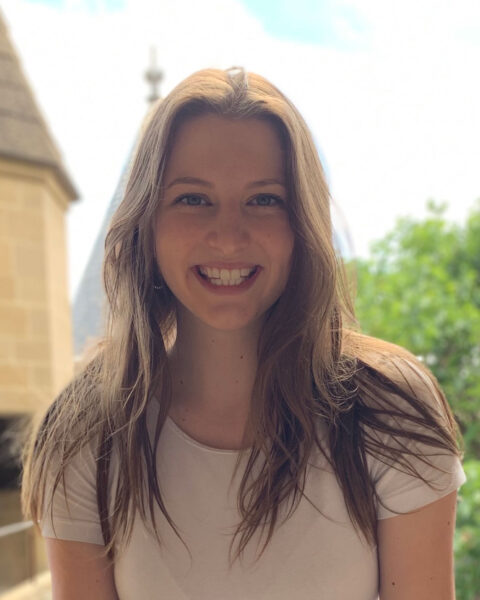 Zoe Daunt, COS’21, “Data Evaluation & Guidance for Bridge to Calculus”
Zoe Daunt, COS’21, “Data Evaluation & Guidance for Bridge to Calculus”
Mentor: Professor Anthony Iarrobino, Department of Mathematics, COS
Bridge to Calculus is an intensive summer calculus program for Boston Public High School students, run by Northeastern’s math department in collaboration with Boston Public Schools. This project will provide the program with a data collection and organization plan, along with an assessment tool to collect missing information.
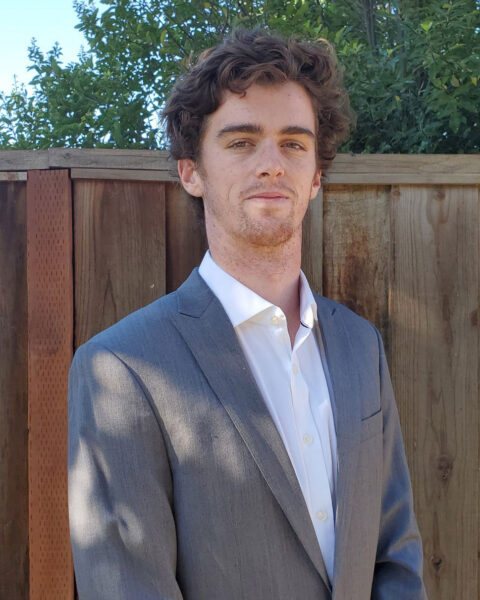 Thomas Davies, COE’24, “Adjustable 3D Printer Extruder”
Thomas Davies, COE’24, “Adjustable 3D Printer Extruder”
Mentor: Professor Bridget Smyser, Department of Mechanical & Industrial Engineering, COE
We are hoping to create the first working adjustable 3D printer nozzle. By doing this, the precision of a 3D printer can be changed during the print and ultimately save time during the manufacturing process.
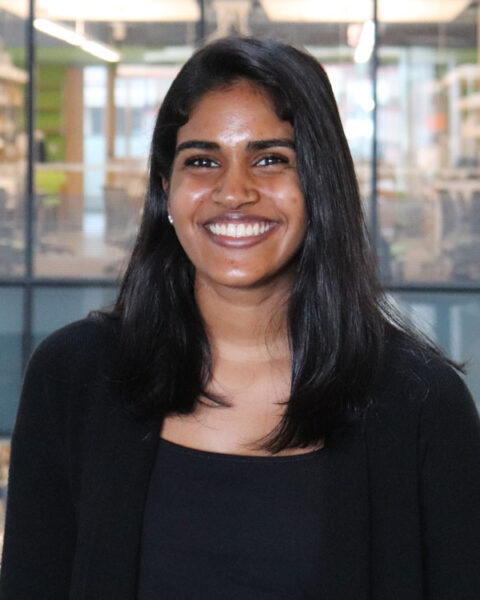 Julia Denlinger, Bouvé’22, “Firearm Suicide Prevention Strategies for Firearm Owners and the Preventability of Firearm Suicide”
Julia Denlinger, Bouvé’22, “Firearm Suicide Prevention Strategies for Firearm Owners and the Preventability of Firearm Suicide”
Mentor: Suzanne Garverich, Institute for Health Equity & Social Justice Research, Bouvé
This semester I hope to help the research team with qualitative coding for the dissemination of manuscripts. I also hope to be a co-author on papers about the faciliators and barriers to suicide prevention and the preventability of suicide from the perspective of firearm owners.
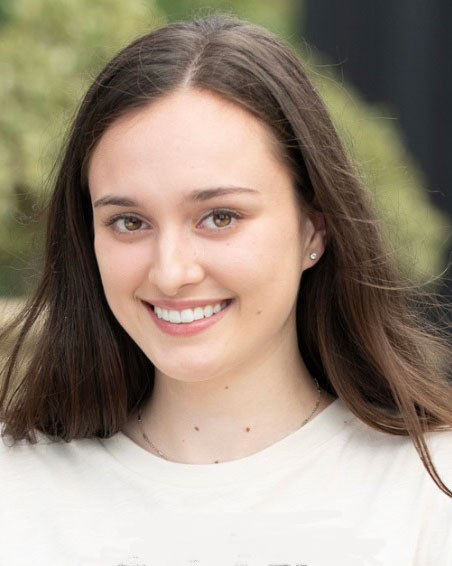 Julia Dierker, Bouvé’24, “Mixed-Method Telehealth Research”
Julia Dierker, Bouvé’24, “Mixed-Method Telehealth Research”
Mentor: Professor Dami Ko, School of Nursing, Bouvé
This mixed-method research project aims to understand the attitudes of liver and kidney transplant patients towards telehealth services. I will recruit participants, collect data through a series of focus groups, and analyze both quantitative and qualitative data, with the end goal of publication and presentation at a conference.
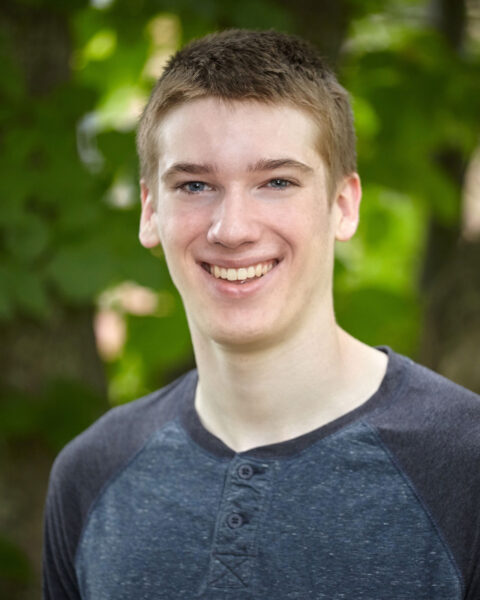 Casey Goyette, COE’26, “Variable Angle 3D Printer Extruder”
Casey Goyette, COE’26, “Variable Angle 3D Printer Extruder”
Mentor: Professor Thomas Consi, Department of Electrical and Computer Engineering, COE
This project aims to take 3D printing technologies to the next level by adding angular movement to the standard X, Y, and Z axes used by current 3D printers. This will allow 3D printers to print very complex parts at almost any angle with little or no support.
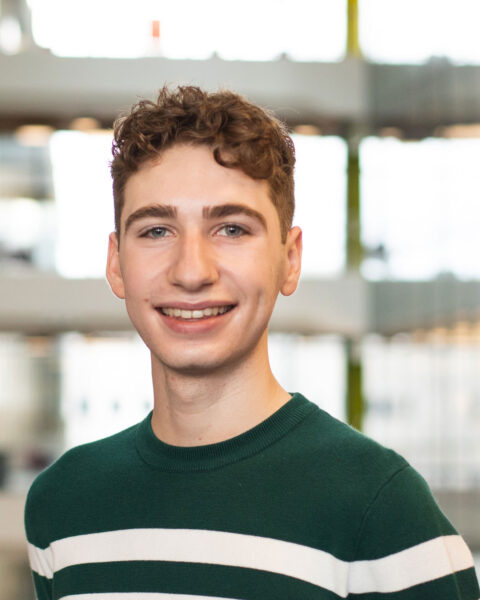 Noah Haggerty, COS’25, “Magnetic Field Simulator Development for Plasma Thruster Research”
Noah Haggerty, COS’25, “Magnetic Field Simulator Development for Plasma Thruster Research”
Mentor: Professor Oleg Batishchev, Department of Physics, COS
Having developed a magnetic field simulator program to probe the magnetic fields of permanent magnet arrangements, I’m looking to increase its capability and pursue a novel functionality: determining where to place magnets to create a desired field. I hope to utilize these advancements in the development of plasma spacecraft thrusters.
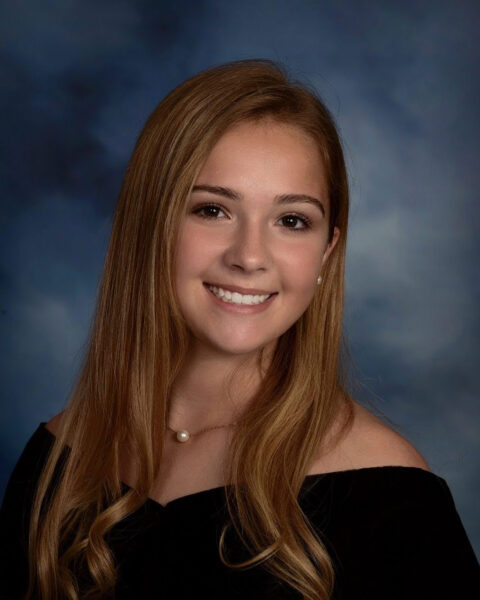 Jessica Healey, COE’24, “Autonomous Trash Collecting Robot”
Jessica Healey, COE’24, “Autonomous Trash Collecting Robot”
Mentor: Professor Jahir Pabon, Department of Mechanical & Industrial Engineering, COE
Marine pollution has been increasing at an alarming rate; users need an autonomous trash collecting robot that picks up waste and uses clean energy efficiently. This robot combines aspects of current solutions to create a prototype that tests the design’s functional parts and models a larger device.
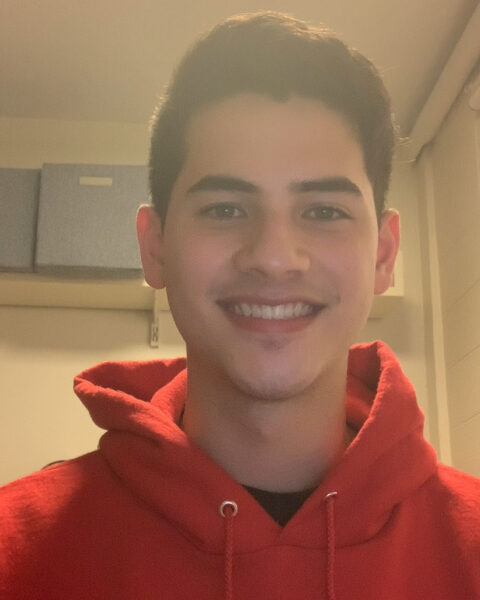 Oliver Hugh, COE’26, “Slip Ring Turret”
Oliver Hugh, COE’26, “Slip Ring Turret”
Mentor: Professor Kathryn Schulte Grahame, Department of Civil & Environmental Engineering, COE
The goal of this project is to create a rotating turret capable of interminable rotation that transmits power and signal from the static base to electronics on the top of the dynamic turret.
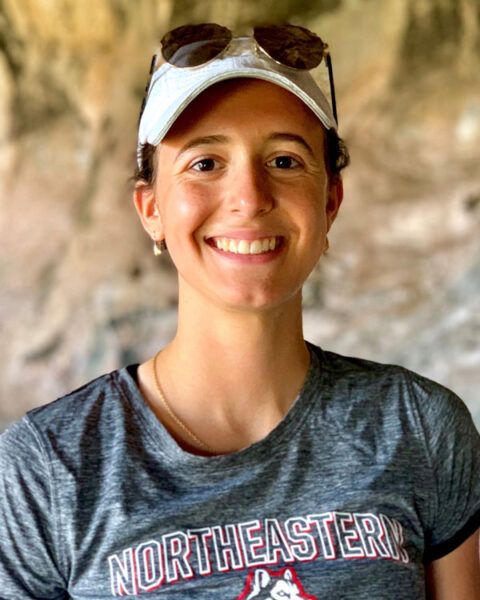 Paola Kefallinos, COE’23, “Test Design for Control Algorithms using Pololu Robots”
Paola Kefallinos, COE’23, “Test Design for Control Algorithms using Pololu Robots”
Mentor: Professor Rifat Sipahi, Department of Mechanical & Industrial Engineering, COE
This project aims to implement a control feedback system on multiple Pololu robots to prepare for testing newly developed control algorithms.
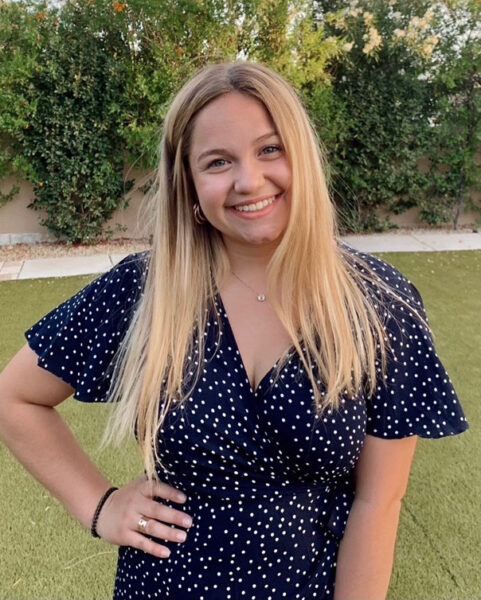 Jamie Klag, Bouvé’23, “SMILe Speech Lab Research Assistant”
Jamie Klag, Bouvé’23, “SMILe Speech Lab Research Assistant”
Mentor: Professor Kristen Allison, Department of Communication Sciences & Disorders, Bouvé
In the SMILe Lab, I will be helping with a current study which is aimed at using objective acoustic and kinematic speech measures to help diagnose motor speech disorders in preschool-aged children. I will be running data collection sessions with the participants and completing data analysis.
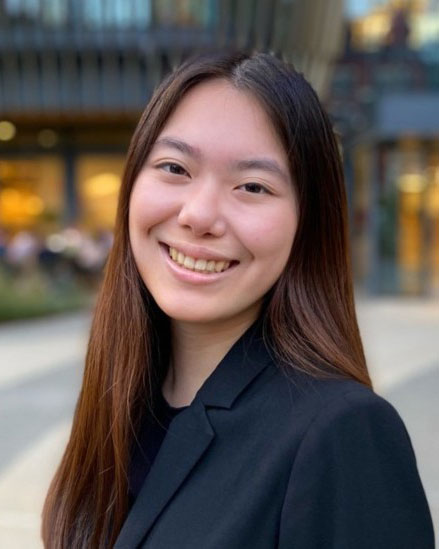 Cameran Ko, DMSB’24, “Why Small Businesses Are Adopting Certain Martech Faster than Others”
Cameran Ko, DMSB’24, “Why Small Businesses Are Adopting Certain Martech Faster than Others”
Mentor: Professor Yakov Bart, Marketing Group, DMSB
Martech has recently made tremendous leaps in development, and with COVID-19 driving more digital transformation, we must look toward how it impacts small businesses. I hope to bring awareness to why small businesses aren’t adopting some beneficial martech stacks and how martech companies can address that issue.
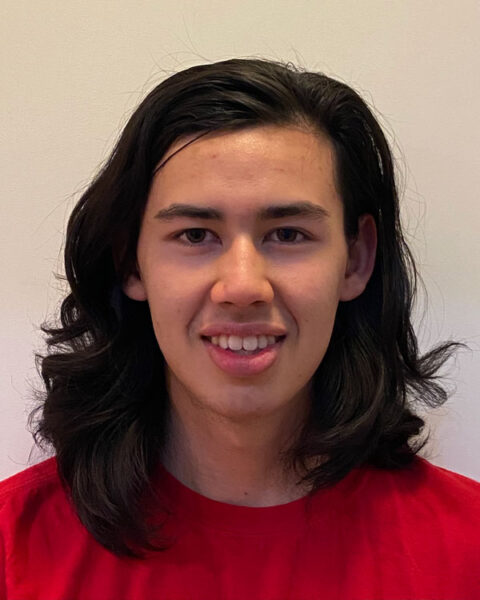 Donovan Kuo, COE’26, “SnakeBot”
Donovan Kuo, COE’26, “SnakeBot”
Mentor: Professor John Sangster, Department of Civil & Environmental Engineering, COE
The goal of this project is to research and develop a robot that is able to mimic the movements of a snake to propel itself.
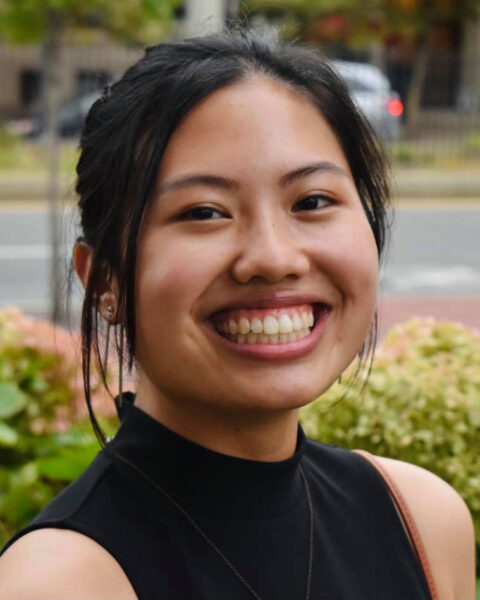 Magan Lee, COE’25, “Human in the Loop Models with Corrective Autonomous Systems”
Magan Lee, COE’25, “Human in the Loop Models with Corrective Autonomous Systems”
Mentor: Professor Rifat Sipahi, Department of Mechanical & Industrial Engineering, COE
In this project, we hope to explore how novel controllers/algorithms in machines can help humans work with machines despite human reaction delays and other communication delays.
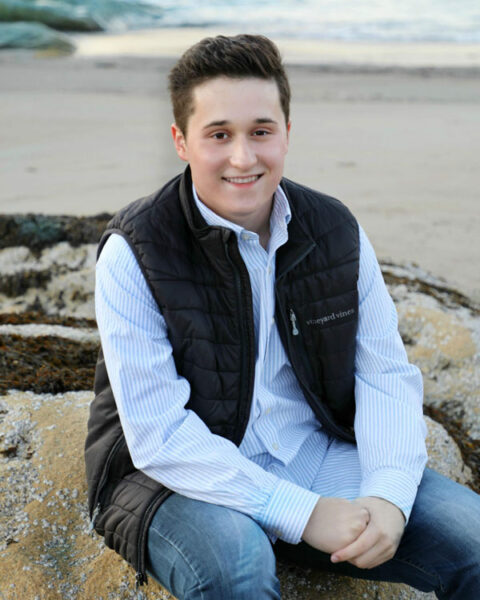 Robert Madden, CSSH’23, “Decolonizing Political Thought”
Robert Madden, CSSH’23, “Decolonizing Political Thought”
Mentor: Professor Natalie Bormann, Department of Political Science, CSSH
This project’s goal is to evaluate the way that political theory is taught, including the controversial backgrounds of the authors. The research will be conducted within a particular course setting, along with evaluating the scholarly materials available on the matter.
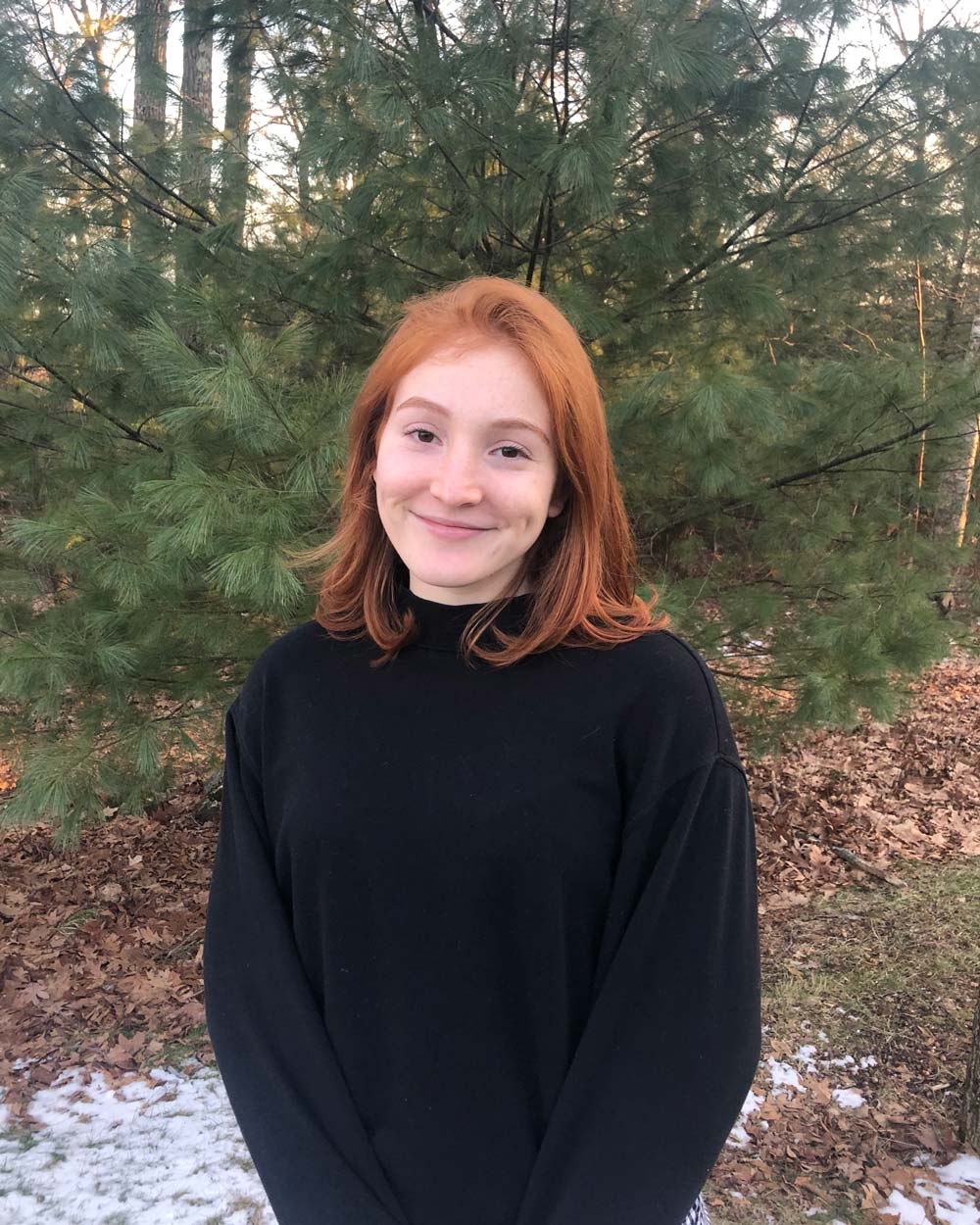 Haley Moriarty, Bouvé’23, “Parenting in the Time of Social Media: A Qualitative Study of Parental Involvement in Teens’ Social Media Use”
Haley Moriarty, Bouvé’23, “Parenting in the Time of Social Media: A Qualitative Study of Parental Involvement in Teens’ Social Media Use”
Mentor: Professor Rachel Rodgers, Department of Psychology, Bouvé
Adolescents are primary users of social media, however, this has been shown to be associated with negative outcomes. Parental involvement in teens’ social media use, including co-viewing, may be protective against these negative effects. This interview study looks at different ways in which parents are involved with their children’s social media use, which strategies parents and teens have found successful, and where they struggle. With limited prior research on this topic, the dual parent-child perspective of these strategies is essential for future interventions and developing measures of parental involvement in social media use.
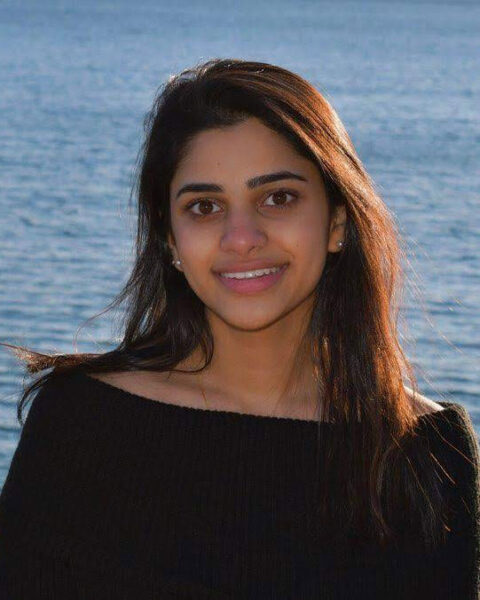 Sanjna Patel, Khoury’23, “The LingLaw Lab: Testing A California Jury Instruction”
Sanjna Patel, Khoury’23, “The LingLaw Lab: Testing A California Jury Instruction”
Mentor: Professor Janet Randall, Department of Linguistics, COS; Department of English, CSSH
I will be contributing to a research study aimed at improving legal language. This will ensure that jurors understand their instructions, which will lead to fairer trials.
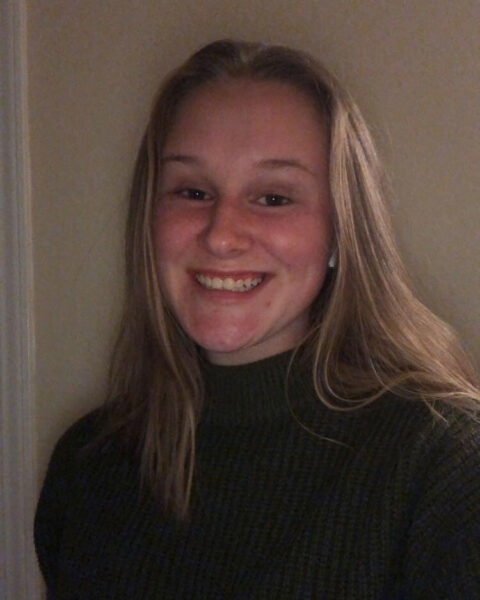 Rebecca Scheldrup, CSSH’23, “The New Digital Divide: Addressing the Need for Increasing Digital Literacy”
Rebecca Scheldrup, CSSH’23, “The New Digital Divide: Addressing the Need for Increasing Digital Literacy”
Mentor: Professor Lori Gardinier, Department of Human Services, CSSH
This project will evaluate the need for a program that assists individuals with digital literacy at one of Boston’s homeless organizations. This needs evaluation will be accomplished by speaking with members inside the organization in collaboration with an assessment of programs that already exist to combat the digital divide.
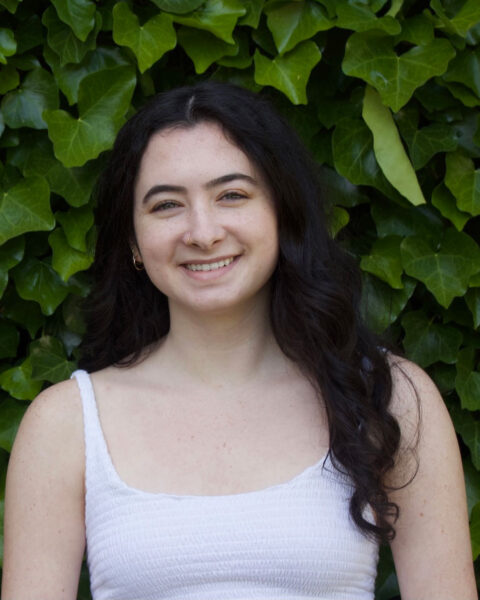 Julianne Shaffer, COE’25, “Case Study Method in the Education of Prototyping”
Julianne Shaffer, COE’25, “Case Study Method in the Education of Prototyping”
Mentor: Professor Mark Sivak, Department of Art + Design, CAMD/COE
I plan to research the effectiveness of case studies as an educational method, and apply these findings to develop materials for engineering coursework. Specifically, to help students bridge the gap between theory and practice when prototyping.
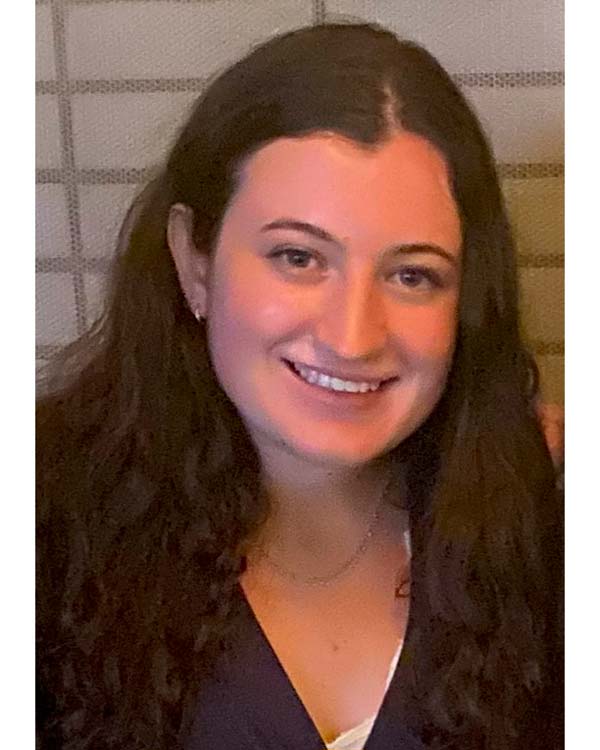 Dorian Stump, Bouvé’22, “American Firearm Suicide Prevention Project”
Dorian Stump, Bouvé’22, “American Firearm Suicide Prevention Project”
Mentor: Professor Alisa Lincoln, Department of Health Sciences, Bouvé
The purpose of this research is to utilize CBPR (community-based participatory research) in order to identify subgroups of firearm owners in the United States, their attitudes towards suicide and suicide prevention, and barriers and facilitators for developing suicide prevention programs. The interview-based research method allows for a deep understanding of the attitudes surrounding these topics within the firearm community. This research is particularly important as data has shown that firearm suicides are on the rise. The outcomes of the research will be shared through presentations and papers through the American Foundation for Suicide Prevention.
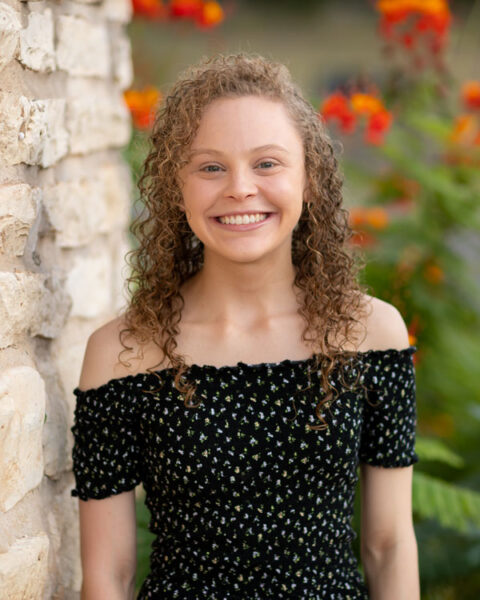 Madeline Szoo, COE’25, “Metastasis Prevention in Triple-Negative Breast Cancer Using CXCR4 Antagonists”
Madeline Szoo, COE’25, “Metastasis Prevention in Triple-Negative Breast Cancer Using CXCR4 Antagonists”
Mentor: Professor Debra Auguste, Department of Chemical Engineering, COE
The purpose of this project is to improve existing therapies for triple-negative breast cancer by advancing current research on the application of a novel drug-delivery system. Specifically, this project will focus on the development of an antagonist molecule that will block the CXCR4 receptor in cancer cells, reducing metastasis.
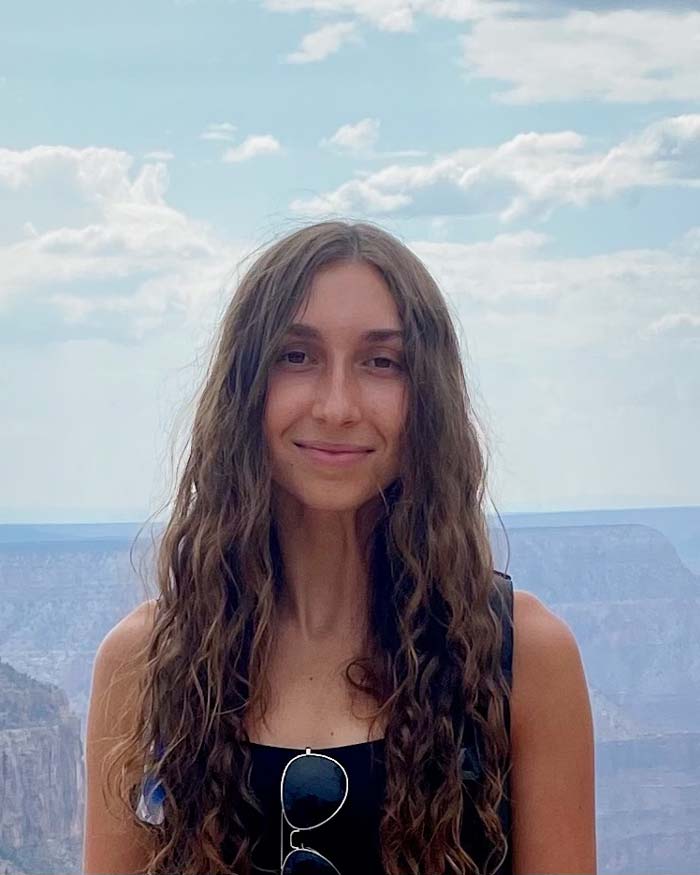 Julia Zalvino, COS’24, “Which Types of Social Media Are Helpful for Body Image: Hearing from Diverse Youth”
Julia Zalvino, COS’24, “Which Types of Social Media Are Helpful for Body Image: Hearing from Diverse Youth”
Mentor: Professor Rachel Rodgers, Department of Applied Psychology, Bouvé
My project’s aim is to analyze qualitative data from a series of existing individual interviews among diverse young people to investigate the reactions of young people to different types of social media content. The principal objective is to identify themes and subthemes in the data to better understand the types of content that may contribute to positive body image. The findings from this project will advance our understanding of which types of social media can be helpful for body image and how they may contribute to interventions and guidelines to promote positive body image, self-acceptance, and improve mental health.
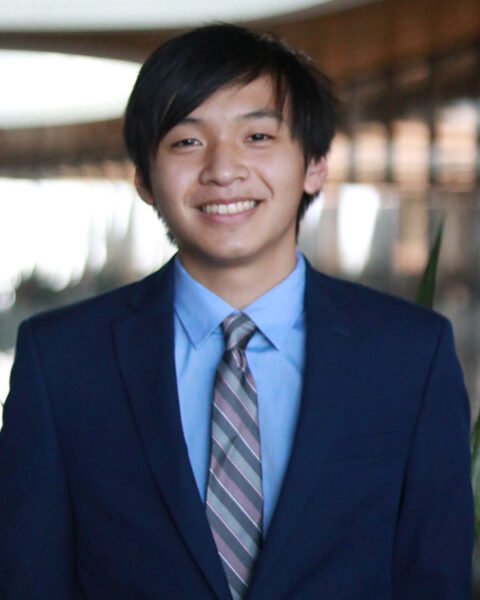 Alan Zhang, COE’24, “The Effect of TGF-ß on Schwann Cell Migration in Early Stages of Nerve Regeneration”
Alan Zhang, COE’24, “The Effect of TGF-ß on Schwann Cell Migration in Early Stages of Nerve Regeneration”
Mentor: Professor Rebecca Willits, Department of Chemical Engineering, COE
Transformation growth factor-beta 1 (TGF-β1) has been shown to upregulate Schwann cell response after peripheral nerve injury. In this study, I will track the migration of Schwann cells under TGF-β gradient in different conditions and analyze trends to evaluate the efficacy of this procedure in nerve regeneration.
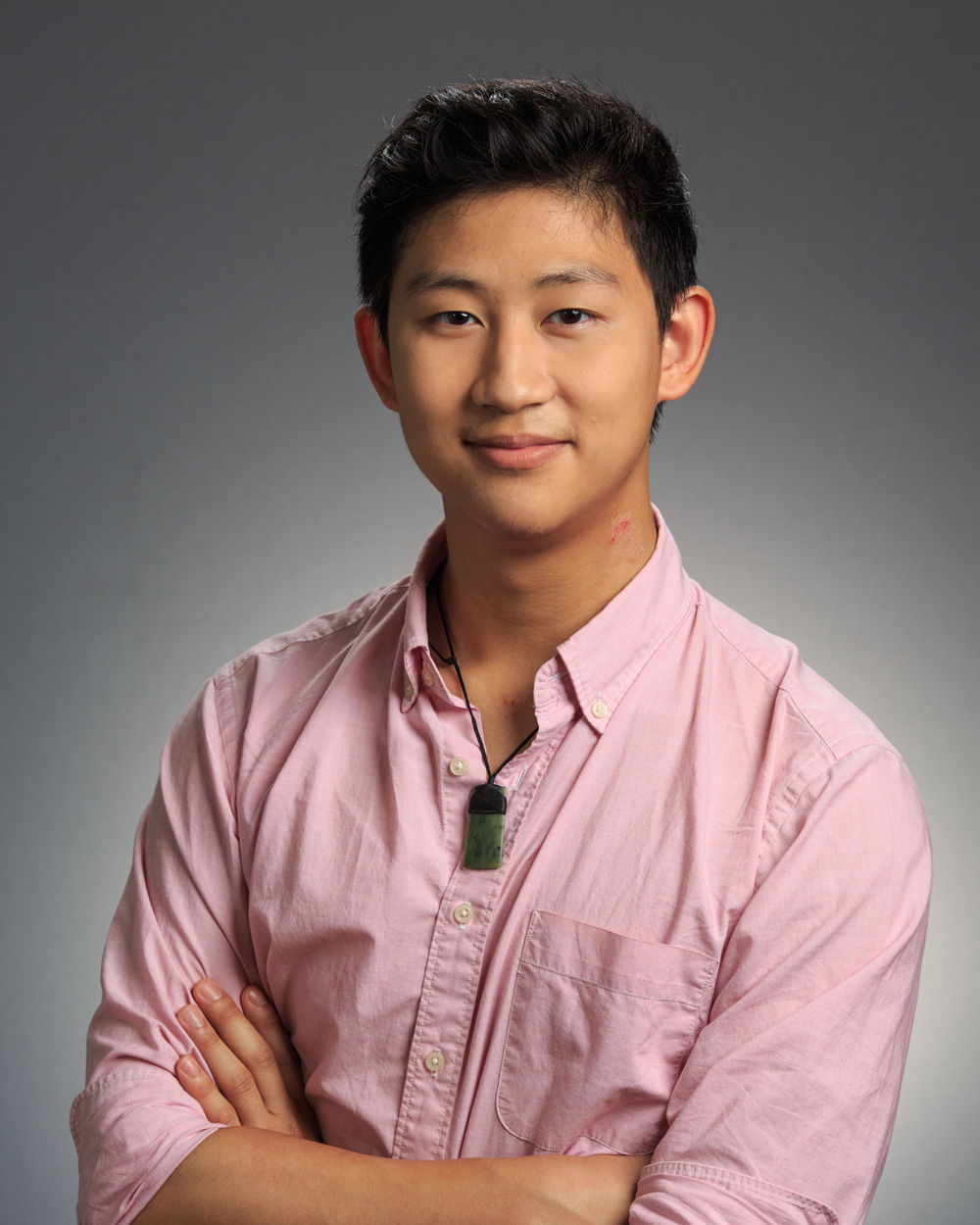 Charlie Zhang, CSSH’24, “Healing From Disaster: A Study of How Trauma Shapes Community”
Charlie Zhang, CSSH’24, “Healing From Disaster: A Study of How Trauma Shapes Community”
Mentor: Professor Steven Vallas, Department of Sociology and Anthropology, CSSH
Healing from Disaster is a project that seeks to explore the personal and organizational coping strategies employed by individuals who experienced collective trauma from the devastating 2011 Earthquakes in Christchurch, New Zealand. This project will explore “coping” as the conscious and voluntary behaviors mobilized to manage internal and external stressful situations, with a focus on community outcomes, such as social integration and cohesion, positive psychology, and well-being. A study will be conducted through qualitative interviews to determine the success of different coping strategies in developing a path to healing from collectively experienced traumatic events, to be presented at RISE 2022.
ASCENT AWARDS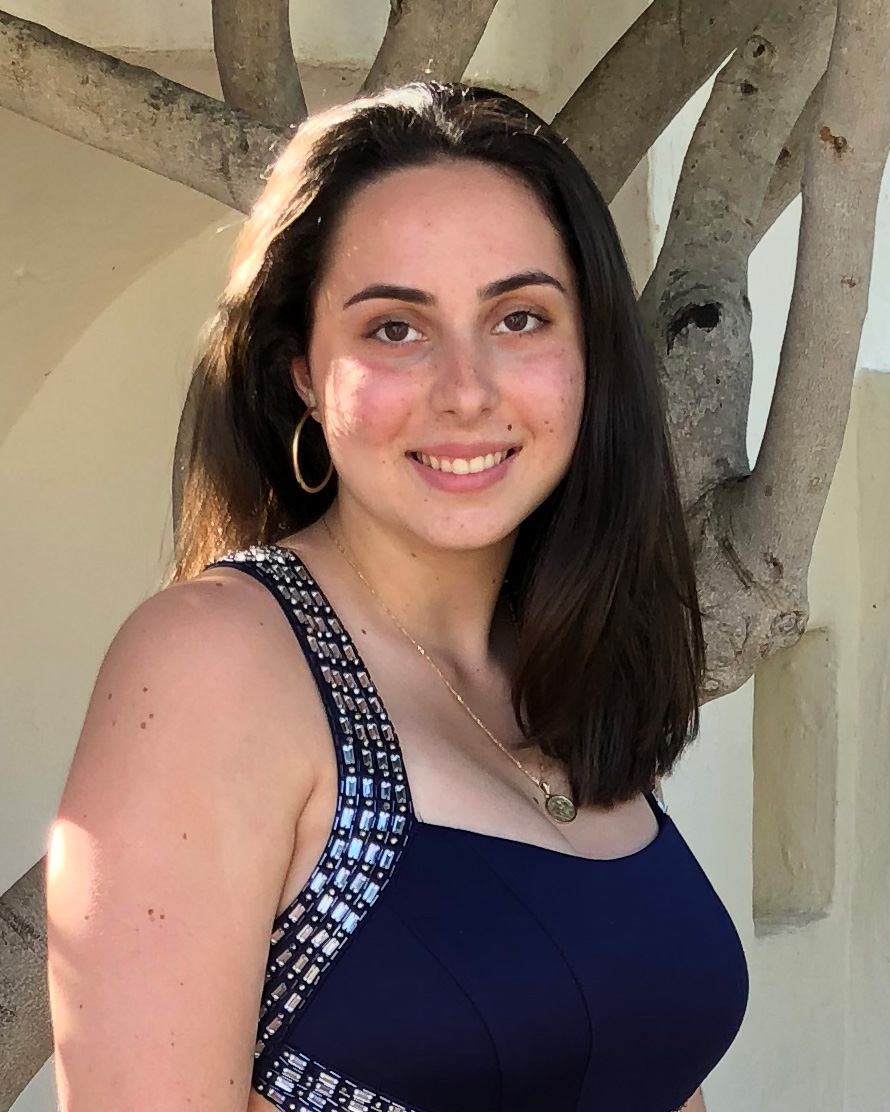 Shana Broitman, COE’23, “Overcoming STING Silencing in Cancer Cells through Ribonucleoprotein Strategy ”
Shana Broitman, COE’23, “Overcoming STING Silencing in Cancer Cells through Ribonucleoprotein Strategy ”
Mentor: Professor Jiahe Li, Department of Bioengineering, COE
In order to evade anti-tumor immune responses, cancer cells can evolve to downregulate or completely lose Stimulator of Interferon Genes (STING) expression. We propose the use of ribonucleoproteins (RNPs) to directly target and overcome STING silencing in tumor cells. For in vitro and in vivo delivery, the RNPs would be fused with Omomyc, a protein capable of penetrating tumor cells. To improve the stability of this complex and potentiate STING signaling, we will utilize protein engineering to enhance the resistance of recombinant STING proteins to lysosomal degradation. Our results will be presented at RISE and published in a professional journal.
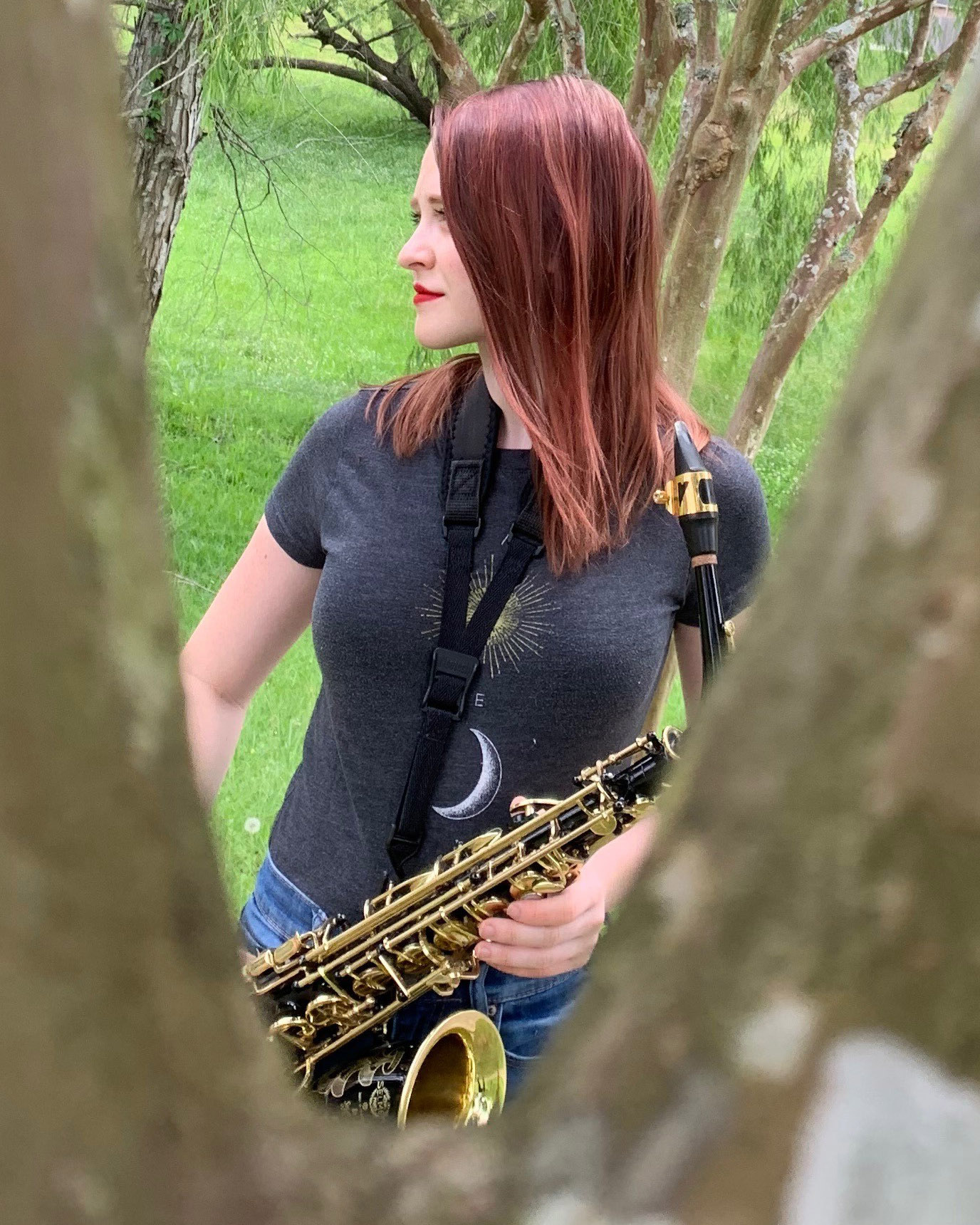 Ashley Brown, COS’24, “Control of Protective Outer Membrane Proteins in the Resistant Bacterium Acinetobacter baumannii”
Ashley Brown, COS’24, “Control of Protective Outer Membrane Proteins in the Resistant Bacterium Acinetobacter baumannii”
Mentor: Professor Edward Geisinger, Department of Biology, COS
I will study how the highly antibiotic-resistant pathogen, Acinetobacter baumannii, regulates its cell envelope, one of its major defense mechanisms. I will focus on how the pathogen controls key proteins in the envelope using a global regulatory system, BfmRS. To do this, I will first compare levels of envelope gene expression in different mutants of BfmRS. Then I will determine the precise DNA sites in the envelope genes that are the targets of this regulatory system. This work will contribute to an understanding of how A. baumannii evades the immune system and antibiotics, thus offering potential targets for new treatments.
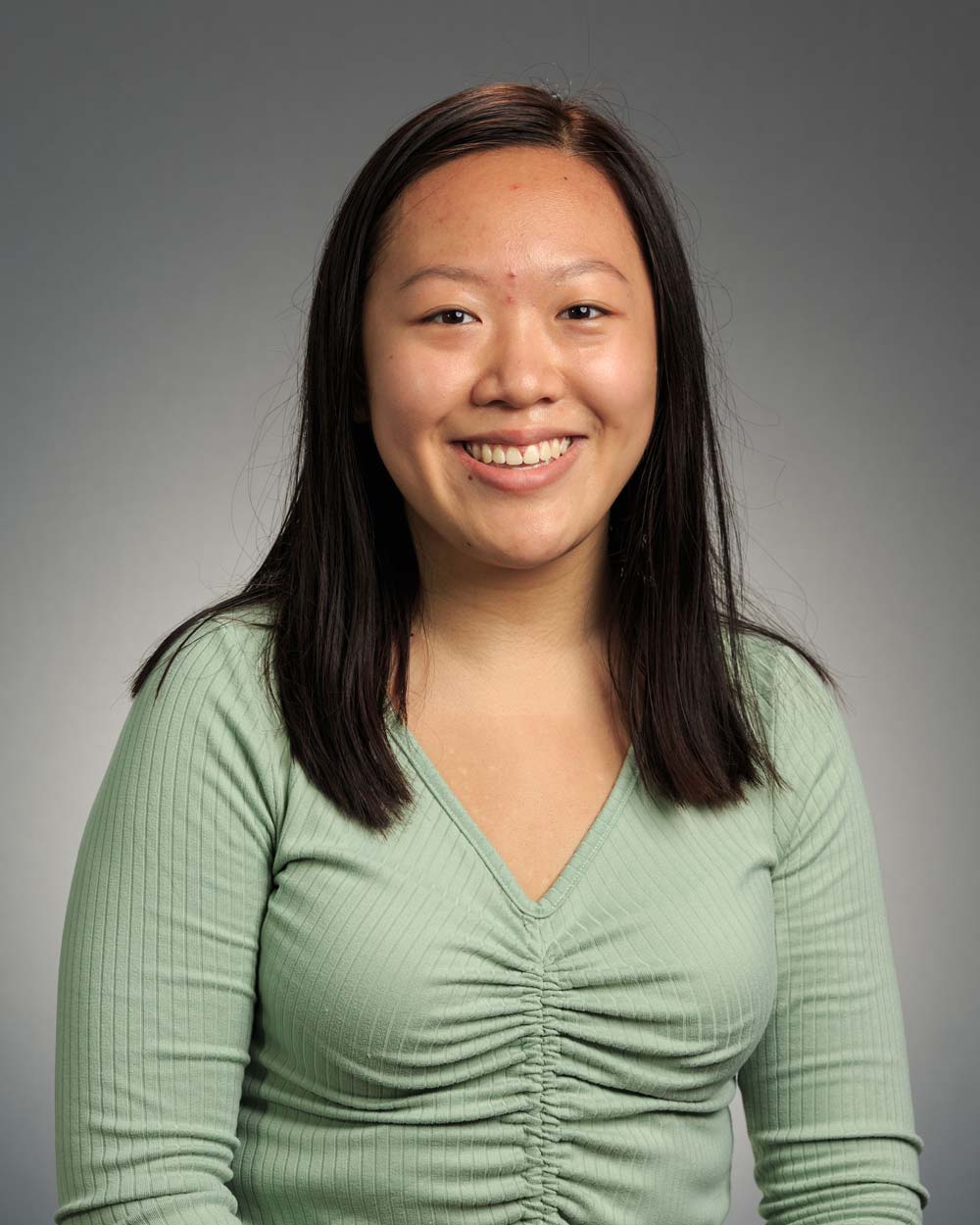 Amber Chow, COE’25, “Crh-1 and Neuroregeneration in C. elegans”
Amber Chow, COE’25, “Crh-1 and Neuroregeneration in C. elegans”
Mentor: Professor Samuel Chung, Department of Bioengineering, COE
C. elegans is a model organism for biological research due to its simple genetics, short lifespan, and self-fertilization. The crh-1 gene is known to regulate its lifespan and is an ortholog to CREB-1 in humans that stimulates DNA transcription. However, the role of crh-1 in neuronal regeneration is not well defined. This project will explore crh-1 and regeneration across different neurons in C. elegans. We use femtosecond laser ablation to shoot neurons in wildtype and mutant crh-1, then compare regeneration data between them. Studying pathways behind neuronal regeneration could have significant applications in central nervous system injuries and neurodegenerative disorders.
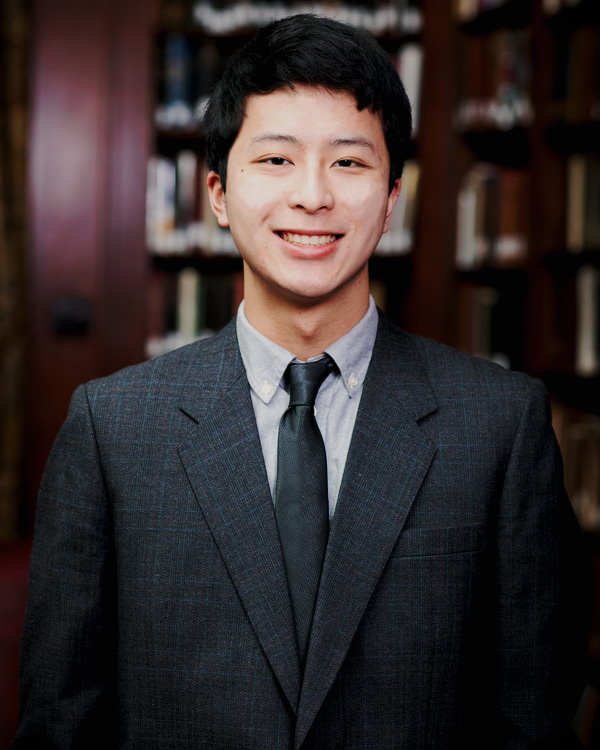 Jarred Chow, COE’22, “The Effects of Chronic and Acute Exercise and Diet on Cell Senescence and Bone Structure in Mice”
Jarred Chow, COE’22, “The Effects of Chronic and Acute Exercise and Diet on Cell Senescence and Bone Structure in Mice”
Mentor: Professor Sandra Shefelbine, Department of Bioengineering, COE
This project investigates the effects of exercise, diet, and radiation on bone cell senescence and bone structure. By using beta-gal stains and micro-CT scans, the cell senescence and structure of the bone can be quantified and used to compare experimental and control groups subject to conditions simulating a healthy or sedentary lifestyle while under the effects of radiation. The goal of the project is to improve our understanding of how chronic and acute behavior affects bone senescence and structure, the result of which could help inform therapeutic approaches to patients diagnosed with cancer or osteoporosis.
 Jacob Egelberg, COS’24, “Flagella-Mediated Antibiotic Persistence: A Scientific Enigma”
Jacob Egelberg, COS’24, “Flagella-Mediated Antibiotic Persistence: A Scientific Enigma”
Mentor: Professor Kim Lewis, Department of Biology, COS
Persistent bacteria cells can survive antibiotic treatments without ever evolving resistance, leading to chronic and untreatable infections. Recent literature points to the bacterial flagella as one cause of persistence. My study explored this relationship by assessing how targeted knockouts or overexpressions of flagellar genes impacts persister cell formation. My results could inform doctors how to best stop persistence, enabling the treatment of stubborn and debilitating bacterial infections.
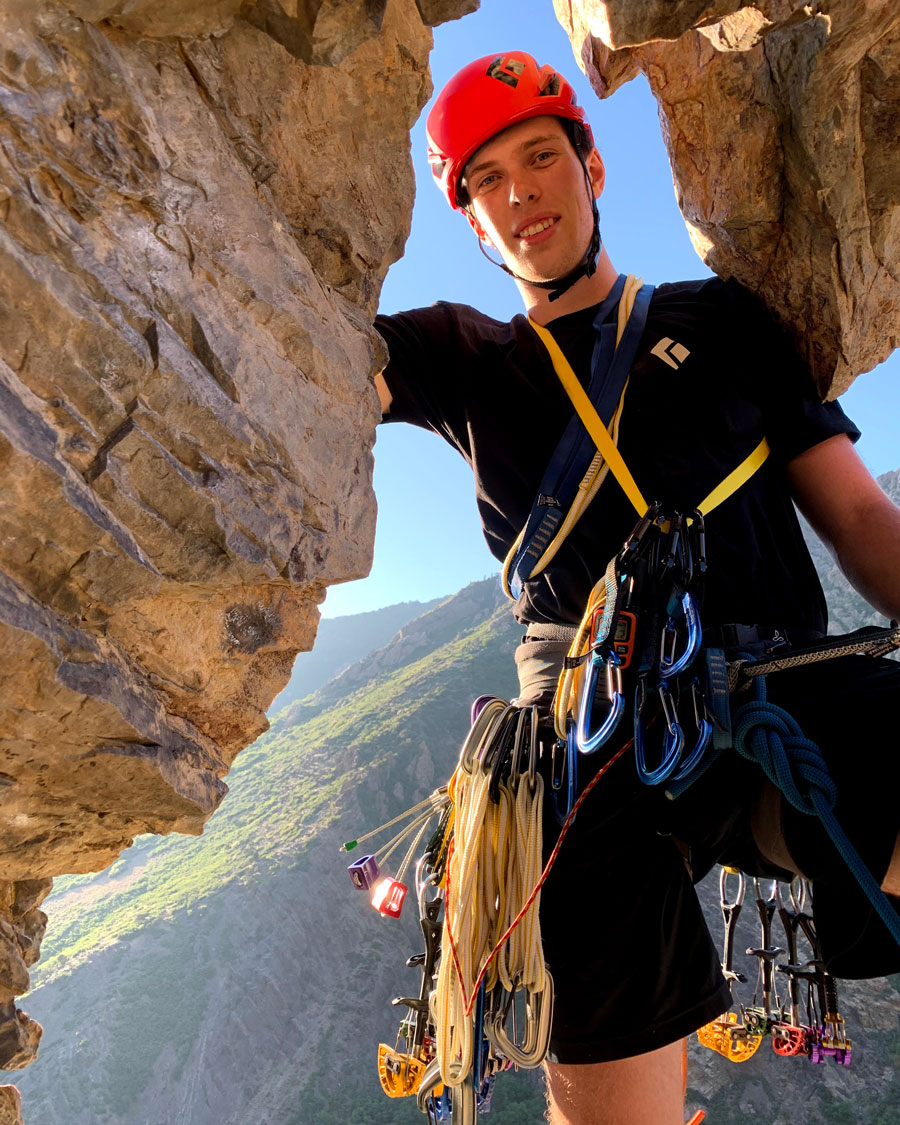 Aidan Gould, COE’22, “Computational Fluid Dynamics of Ocean Transport with Machine Learning”
Aidan Gould, COE’22, “Computational Fluid Dynamics of Ocean Transport with Machine Learning”
Mentor: Professor Michael Allshouse, Department of Mechanical and Industrial Engineering, College of Engineering
A machine learning AI system, already under development at Northeastern, could be adapted to better understand ocean currents. After modification and validation of the tool, it could provide a new way to analyse ocean data which gives insight into how ocean currents transport sea water and objects within it. I plan to present results at Northeastern’s RISE conference.
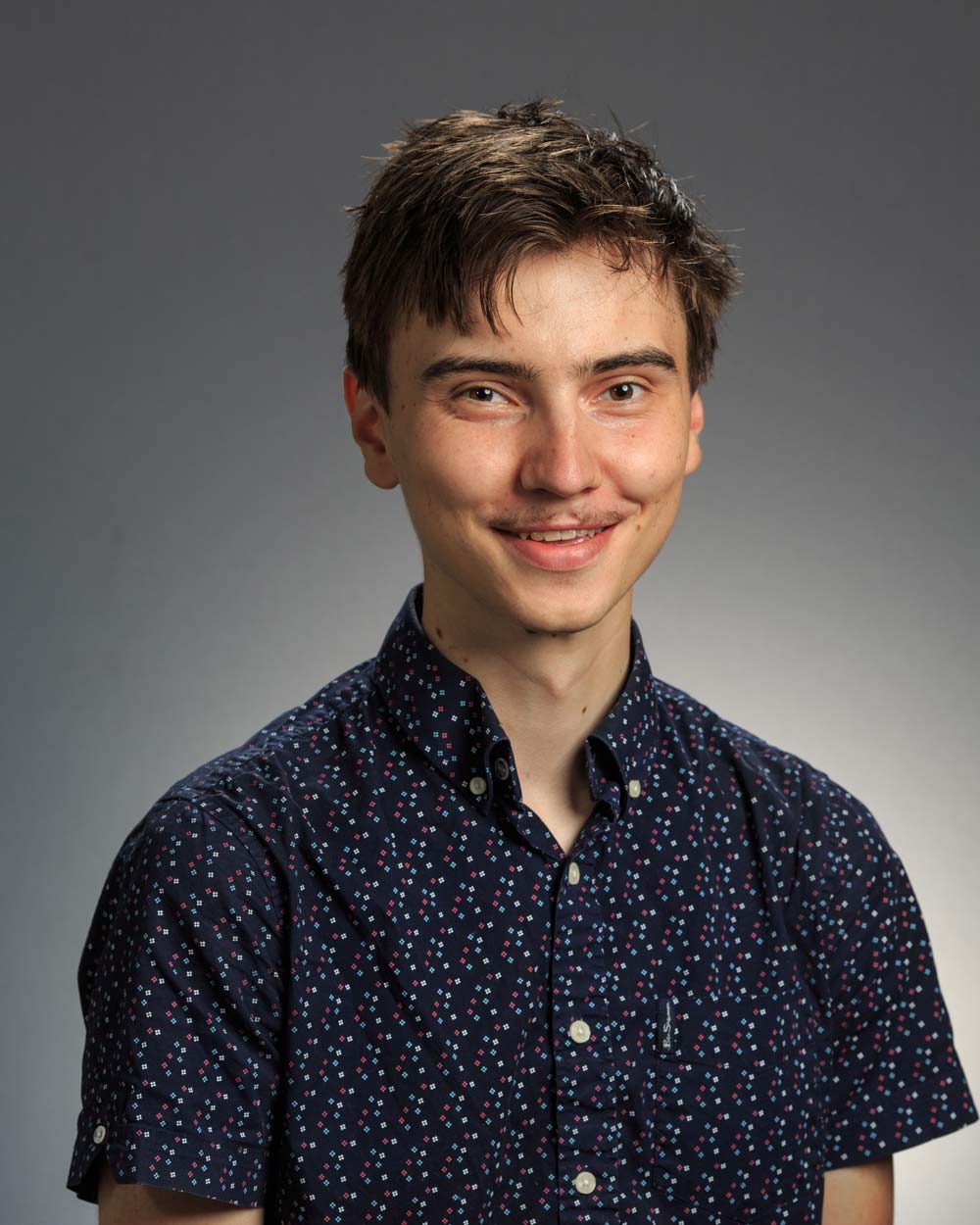 Owen Graham-O’Regan, CSSH’23, “Changing Laws or Changing Norms? The Impact of Female Leadership on Intimate Partner Violence in India”
Owen Graham-O’Regan, CSSH’23, “Changing Laws or Changing Norms? The Impact of Female Leadership on Intimate Partner Violence in India”
Mentor: Professor Bilge Erten, Department of Economics, CSSH
This project will provide the first quasi-experimental evidence of how women’s political leadership affects intimate partner violence. Despite the adverse consequences of intimate partner violence, there is little consensus on what policies help prevent it. This project explores a possible means of combating intimate partner violence, building upon recent research that suggests female leaders create numerous positive outcomes for female constituents. By exploiting quasi-random results of close elections between candidates of opposite genders, we study the channels through which women’s political representation in Indian state legislatures may affect the risk of intimate partner violence for women in their districts.
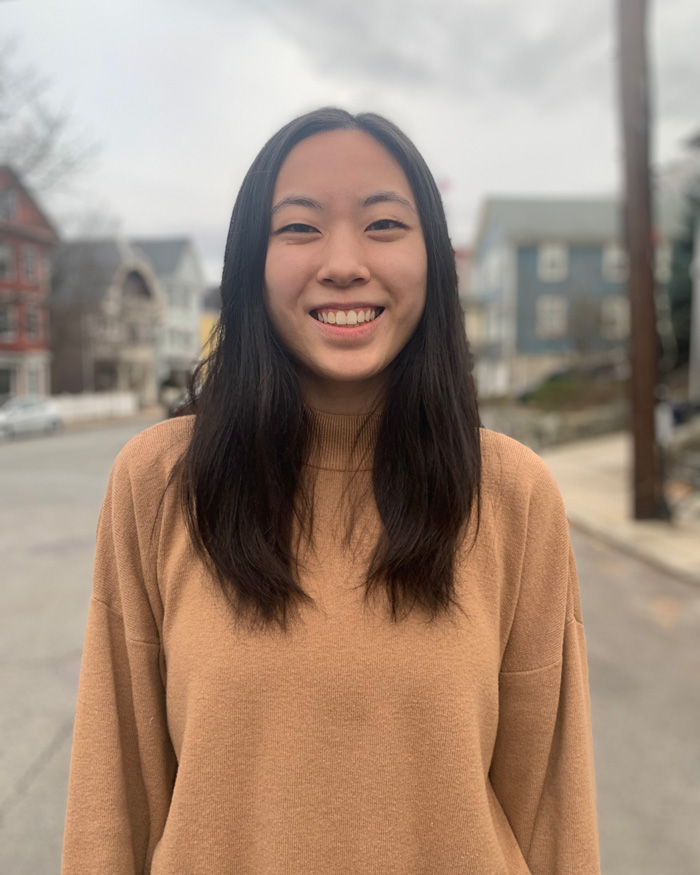 Vivian Hua, COS’23, “Identifying Stress Signals That Activate Virulence and Drug Resistance in Acinetobacter baumannii”
Vivian Hua, COS’23, “Identifying Stress Signals That Activate Virulence and Drug Resistance in Acinetobacter baumannii”
Mentor: Professor Edward Geisinger, Department of Biology, COS
Acinetobacter baumannii, a multidrug resistant bacteria, has emerged as a leading cause of pneumonia and sepsis in ICUs and has been classified by the IDSA and FDA as a high priority target for antibiotic development. The bacterial envelope has been identified as a critical driver of A. baumannii disease, providing protection against antibiotics and the host immune system. The two-component system, bfmRS, has been shown to exert global control over envelope biogenesis and defense pathways in A. baumannii . We are investigating what antibiotic treatments activate the system and how stresses affecting cell envelope protein synthesis cause activation of bfmRS signaling.
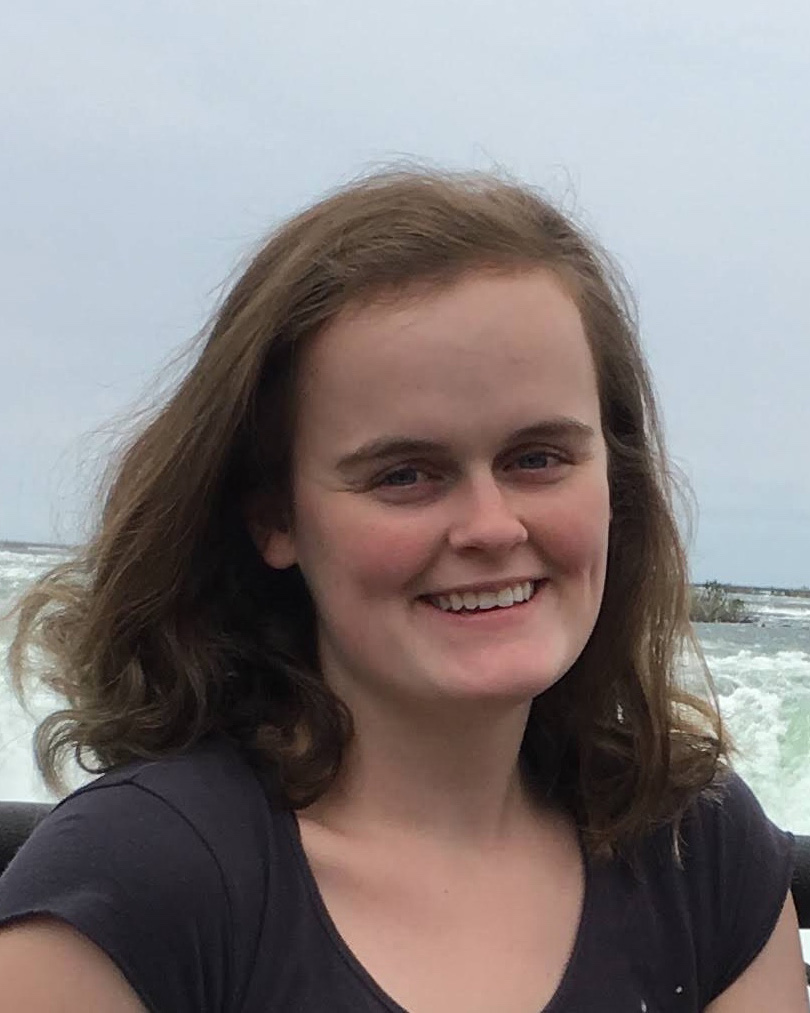 Emma Isaacs, CSSH’23, “Exhibit on Dance as Resistance in the Caribbean”
Emma Isaacs, CSSH’23, “Exhibit on Dance as Resistance in the Caribbean”
Mentor: Professor Elizabeth Dillon, Department of English, CSSH
This exhibit explores the role of dance in early Caribbean culture, specifically looking to its role as a vehicle for cultural preservation and as a tool to trace the development and blending of cultures among Indigenous Caribs and Africans, looking to areito and set girl performance as critical examples of cultural dances. In the multicultural context of the Caribbean, dance is one way to trace the history of specific ethnic groups and how they combined and changed as a result of colonization.
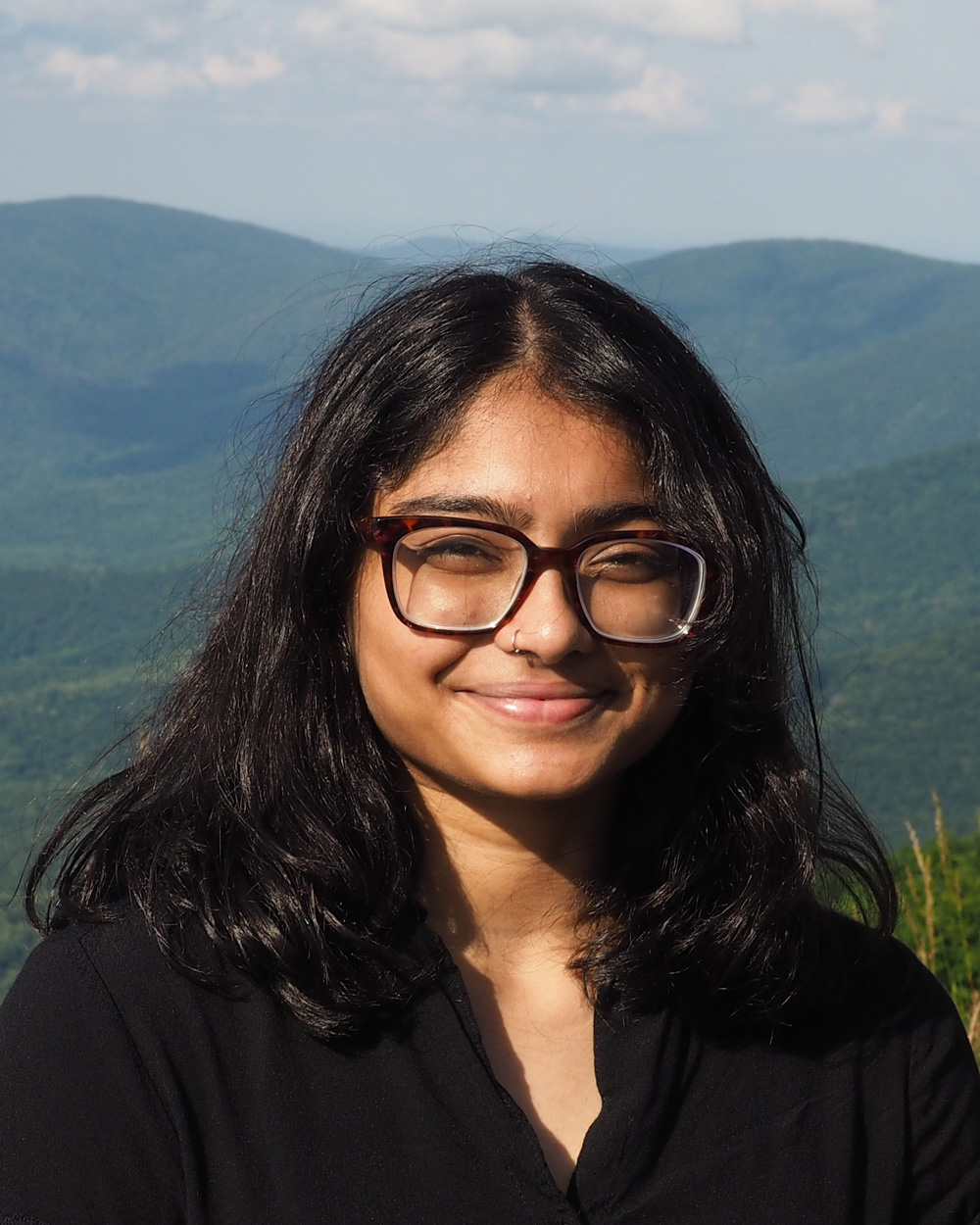 Pragnya Kalidindi, COE’21 and Marybeth Rockett, COE’21, “Semi-automatic Telescoping and Locking White Cane with Ice-Detecting Omni-Directional Tip for Blind Users”
Pragnya Kalidindi, COE’21 and Marybeth Rockett, COE’21, “Semi-automatic Telescoping and Locking White Cane with Ice-Detecting Omni-Directional Tip for Blind Users”
Mentor: Professor Michael Jaeggli, Department of Bioengineering, COE
White canes are used by visually impaired pedestrians to provide safety and navigation assistance. Current devices on the market are used for detecting obstacles and identifying the user as visually impaired. While current white canes are useful, there are many improvements that can be made to improve user experience. Common issues include manual deployment and retraction, limited functionality in certain weather conditions and terrains, and poor durability. Our proposed design is a telescoping cane that can extend and retract automatically with a button and a multi-terrain tip that can detect ice.
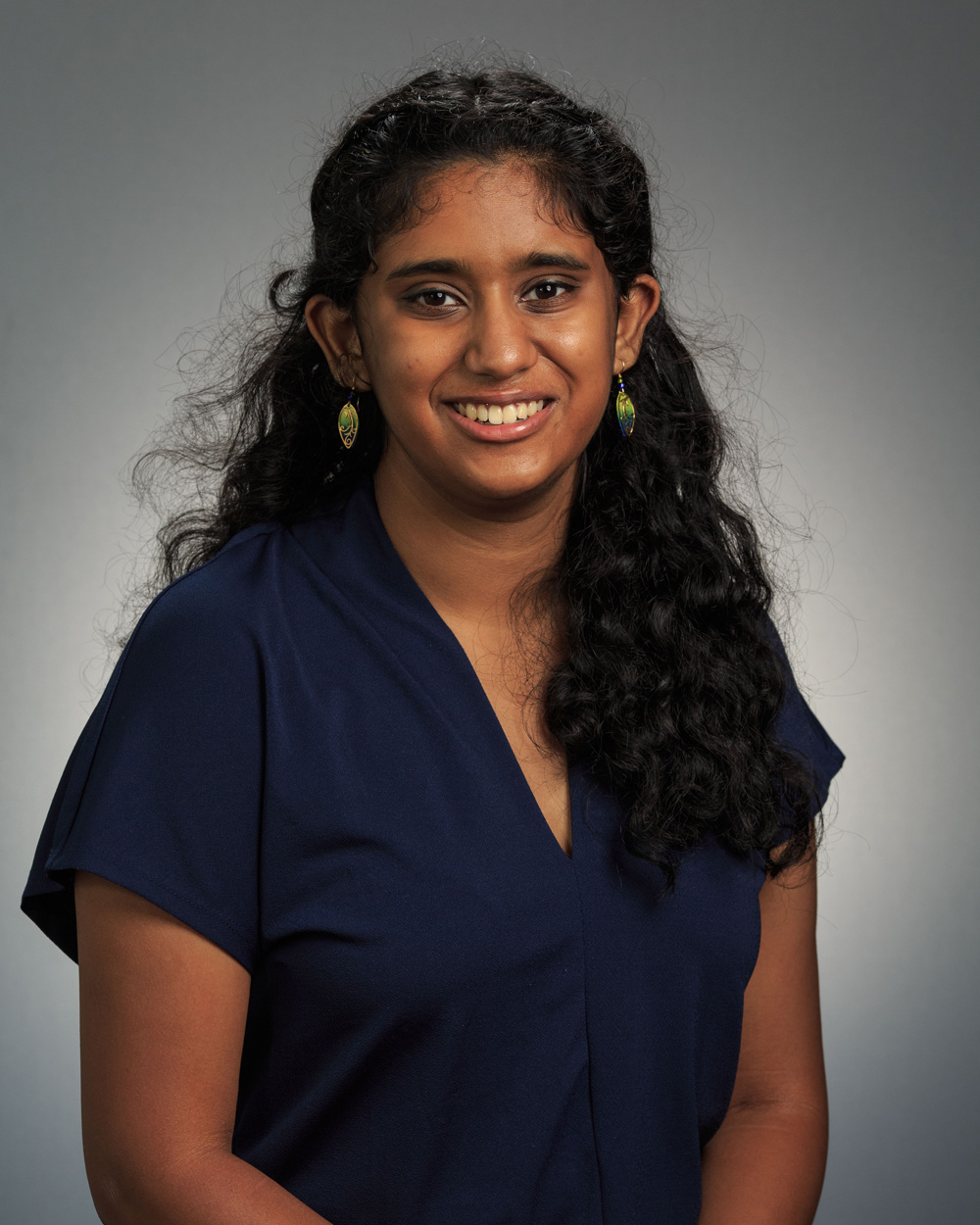 Surabhi Keesara, Khoury’24, “Expanding Access to Culturally Immersive VR Using Cardboard Headsets”
Surabhi Keesara, Khoury’24, “Expanding Access to Culturally Immersive VR Using Cardboard Headsets”
Mentor: Professor Jessica Linker, Department of History, CSSH
This project will build on a previous Base Camp project that examined Virtual Reality, and will work towards making virtual simulations of foreign cultures accessible through Google Cardboard, an inexpensive cardboard headset. The project will use a prototype tour of Chinatown created through Base Camp and will improve the quality of footage used, along with other adjustments that will make the simulation suitable for Google Cardboard. The project will culminate in a feedback event held in mid-November in which students can try out the virtual simulation and provide feedback.
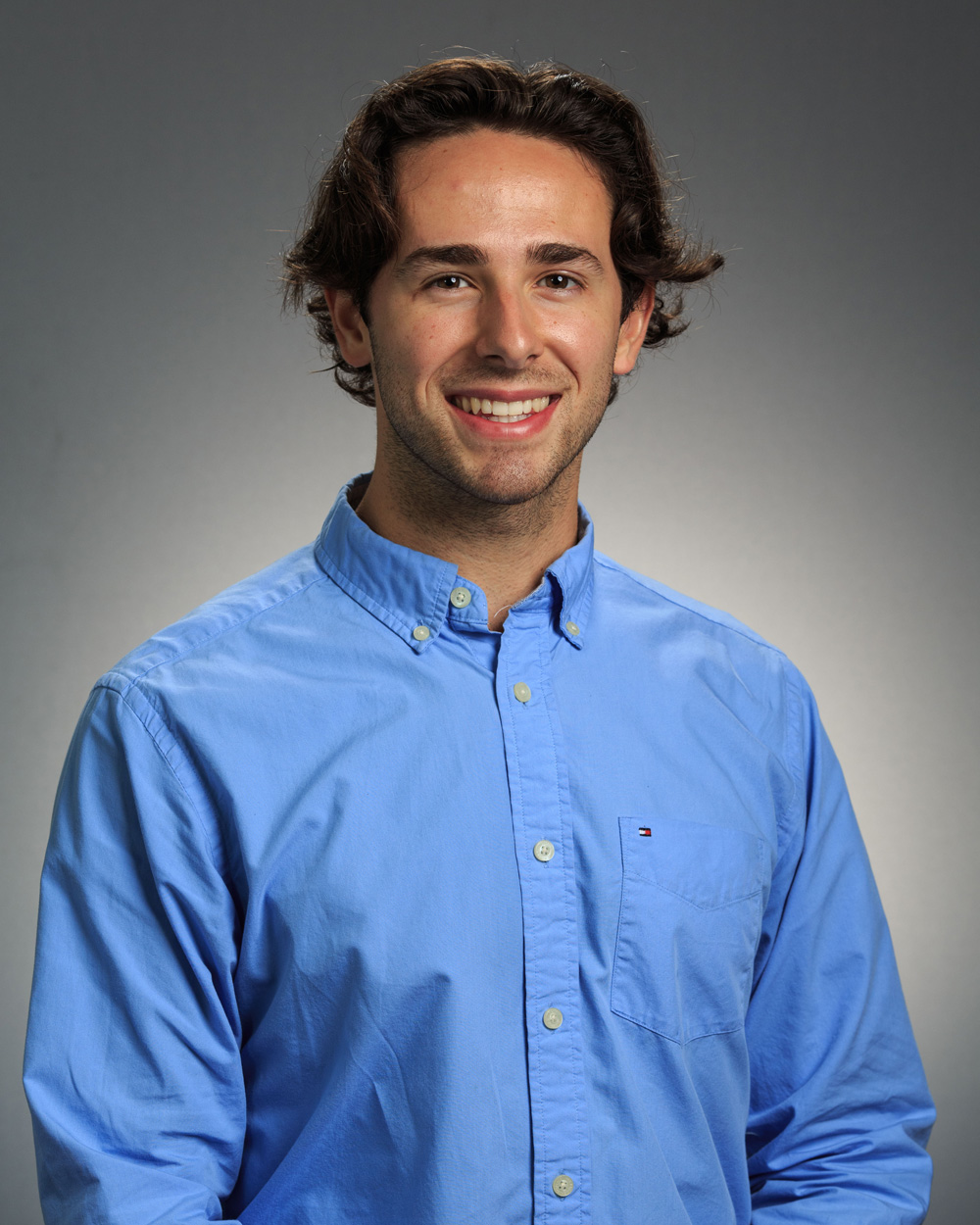 Aidan Kenny, COE’24, “Mimicking Schwann Cell Media for Glial Differentiation of Stem Cells”
Aidan Kenny, COE’24, “Mimicking Schwann Cell Media for Glial Differentiation of Stem Cells”
Mentor: Professor Ryan Koppes, Department of Chemical Engineering, COE
Recently, our lab developed and patented a way to differentiate olfactory-derived mesenchymal stem cells (OM-MSCs) to a Schwann cell-like phenotype using Schwann cell culture media (SCCM) for use in peripheral nerve repair. This process requires a ready supply of Schwann cells so a less invasive method is needed for differentiating OM-MSCs. This project seeks to artificially create SCCM by combining various growth factor proteins with neural basal media. We expect growth factors are responsible for this differentiation so artificially creating media will match or exceed the function of SCCM. Results will be disseminated through peer-reviewed papers and applicable conferences.
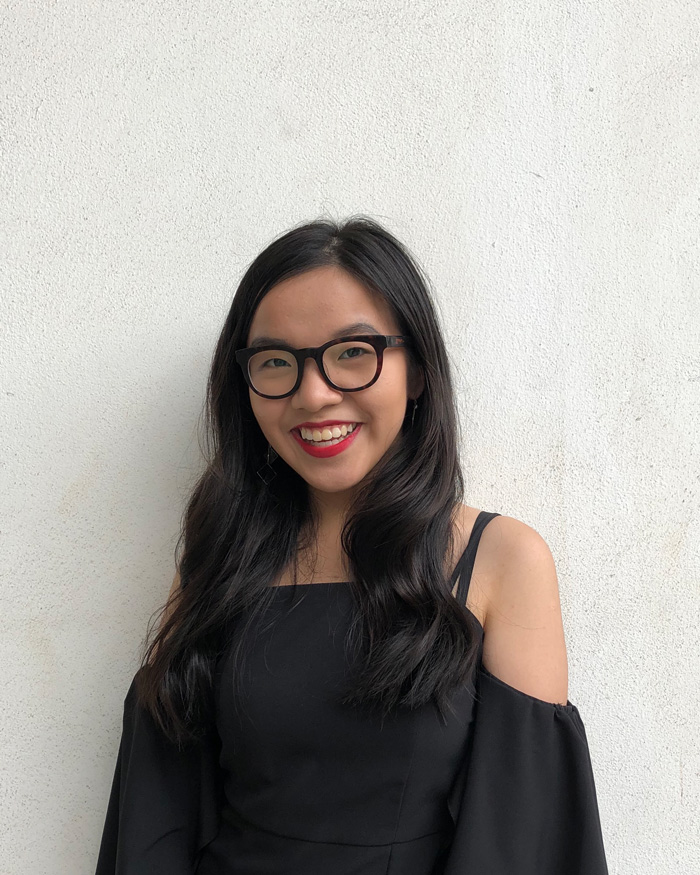 Andrea Koid, COS’23, “Optimizing Small Molecules for Improved Potency against the Parasite That Causes Chagas Disease”
Andrea Koid, COS’23, “Optimizing Small Molecules for Improved Potency against the Parasite That Causes Chagas Disease”
Mentor: Professor Lori Ferrins, Department of Chemistry and Chemical Biology, COS
Chagas disease is a neglected tropical disease caused by the parasite Trypanosoma cruzi which infects an estimated 6-7 million worldwide. Current treatments for Chagas disease are limited, and there is a lack of financial incentive for undertaking drug discovery efforts for it — hence, the responsibility for developing new therapies shifts to the academic sector. My project focuses on optimizing small molecules for improved potency against T.cruzi, and improving the drug-like properties of these compounds. Our target outcome is to identify potent compounds to treat Chagas disease. Results will be presented at RISE and included in future publications.
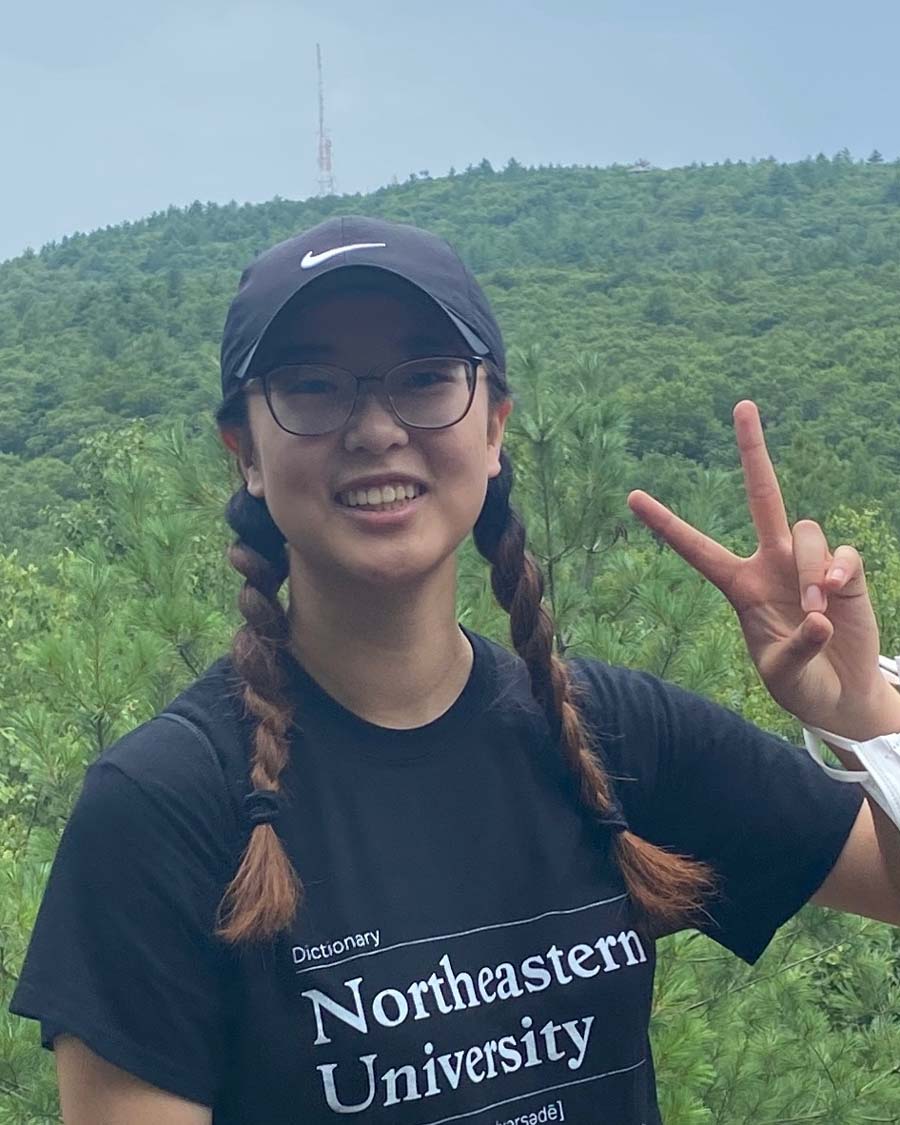 Lauren Liang, COE’24, “Optimization of Doxorubicin-Loaded Nanoliposomes Using in Vitro TNBC Spheroid Model”
Lauren Liang, COE’24, “Optimization of Doxorubicin-Loaded Nanoliposomes Using in Vitro TNBC Spheroid Model”
Mentor: Professor Debra Auguste, Department of Chemical Engineering, COE
The purpose of this project is to formulate liposomes loaded with doxorubicin, an anti-cancer drug, to be used as vehicles for drug delivery to combat triple negative breast cancer. Triple negative breast cancer cells are incredibly difficult to target with current therapeutics due to their lack of key receptors. In this project, tumor spheroid models will be introduced to drug-loaded liposomes and observed to determine the efficacy of this drug delivery method. This will be achieved by observing the stability of the liposomes, depth of liposome penetration, as well as their cytotoxic capabilities.
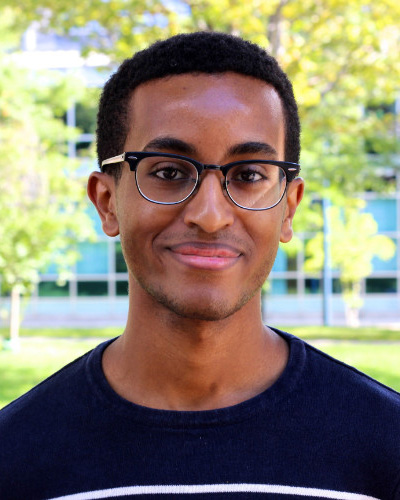 Nebyou Mergia, COS’21, “Pulcherrimin Biosynthesis Pathway in B. bubtilis”
Nebyou Mergia, COS’21, “Pulcherrimin Biosynthesis Pathway in B. bubtilis”
Mentor: Professor Yunrong Chai, Department of Biology, COS
I will be investigating the pulcherrimin biosynthesis pathway in B. subtilis to study the impact putative regulator YhjH and repressor YvmB have on biofilm formation. Current research on pulcherrimin, both in eukaryotes and prokaryotes, hypothesizes that the secondary metabolite serves an evolutionary advantage. However, there is still a lot unknown about its function. This project will employ microbiology techniques to elucidate the relationship between these putative genes to the pulcherrimin gene cluster in B. subtilis to better clarify its role in biofilm formation. These results will be presented at RISE and included for publication.
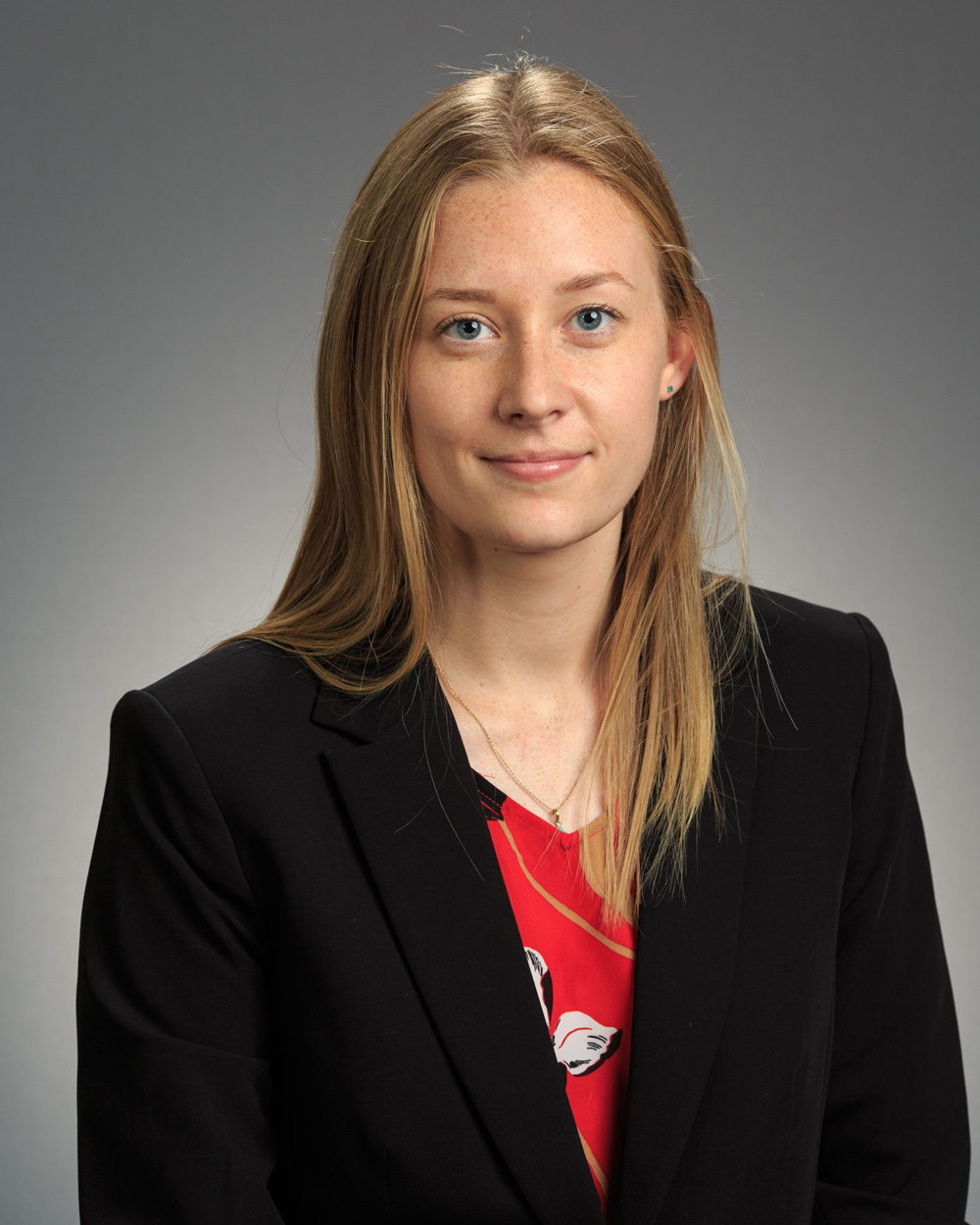 Meagan Morgan, COE’23, “Measuring the Effects of Juul (E-Cig) and Wildfire Smoke Exposure on Murine Bone Biomechanical Properties”
Meagan Morgan, COE’23, “Measuring the Effects of Juul (E-Cig) and Wildfire Smoke Exposure on Murine Bone Biomechanical Properties”
Mentor: Professor Sandra Shefelbine, Department of Mechanical and Industrial Engineering, COE
This project aims to explore the effects of e-cigarette and wildfire smoke inhalation on bone strength and structure in mice. From the growing popularity of e-cigarettes over tobacco and rising severity of wildfires, particularly in the western United States, recent public exposure to these vapors has increased. This project will assess the effects of JUUL aerosols (e-cigarettes) and wildfire smoke by analyzing micro-CT images and stress-strain relationships from 3-point bending tests. Anticipated outcomes include a better sense of how these types of smoke affect bone properties during short- and long-term exposure. Results will be shared via a journal paper submission.
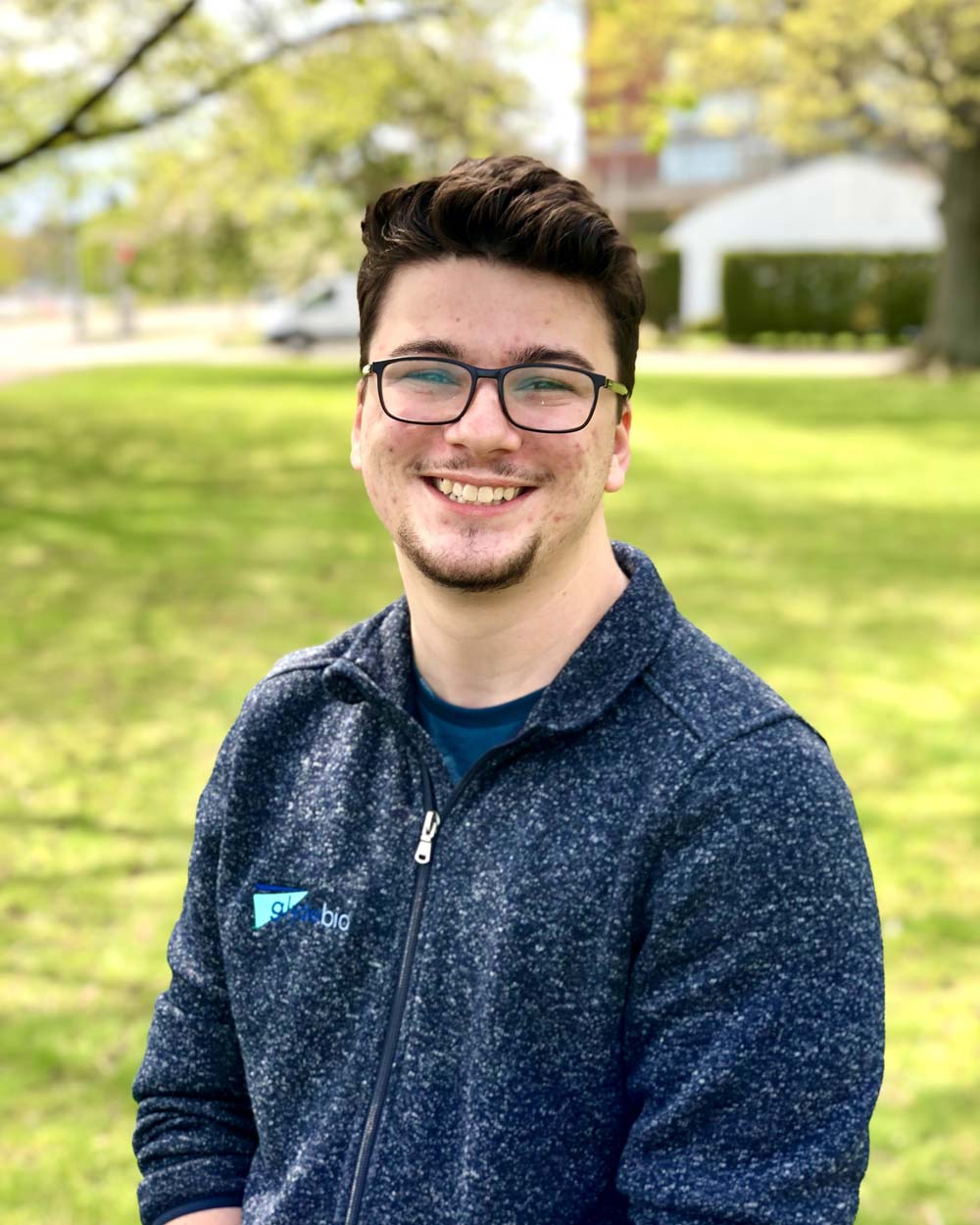 Liam O’Malley, COS’23, “ANPEP Method Development for HDXMS”
Liam O’Malley, COS’23, “ANPEP Method Development for HDXMS”
Mentor: Professor John Engen, Department of Chemistry & Chemical Biology, COS
Hydrogen-deuterium exchange mass spectrometry (HDXMS) is a protein analysis technique which utilizes proteases to improve the resolution of analysis. These proteases must be able to withstand acidic (pH 3) and low temperature (0 Celcius). This project involves developing a method to use the enzyme aspergillus niger prolyl endoprotease (ANPEP) in HDXMS. ANPEP provided from a commercial source will be isolated, purified, and immobilized using various types of column chromatography. The successful characterization and utilization of this enzyme will provide a novel source and method for use within HDXMS experimentation. This method will be presented at RISE, among other possible venues.
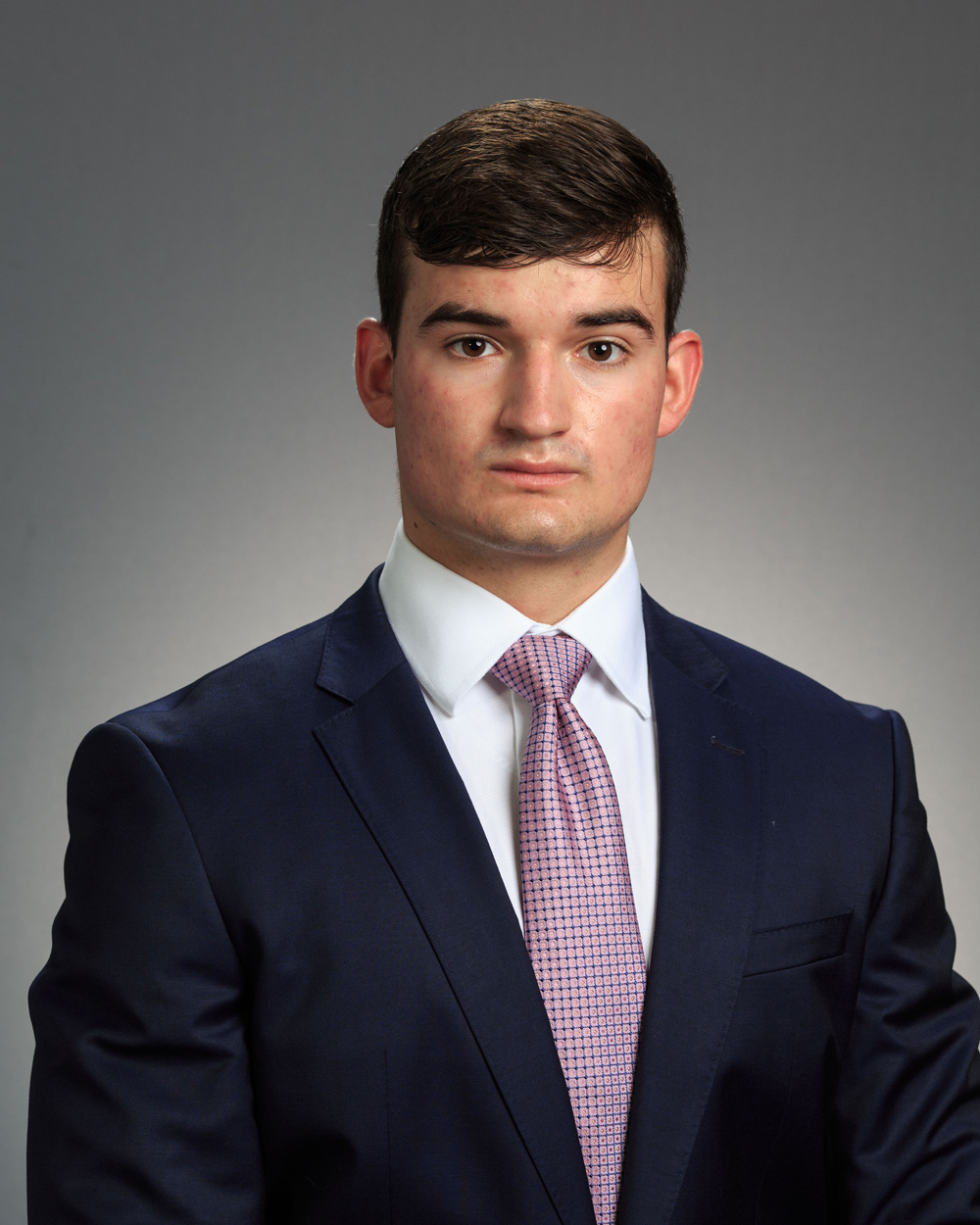 Jason Olszewski, COE’25, “Development of a Functional, Collagen Label for Long-Term Imaging in Living Systems”
Jason Olszewski, COE’25, “Development of a Functional, Collagen Label for Long-Term Imaging in Living Systems”
Mentor: Professor Jeffrey Ruberti, Department of Bioengineering, COE
The long-term goal of my research is to understand the mechanism of tissue formation through the study of collagen assembly. Specifically, I aim to develop a collagen labeling protocol by optimizing a current procedure utilizing a fluorescent probe to enable enhanced visualization of collagen assembly via increased fluorescence without altered assembly kinetics. Results will be assessed through cell culture, and quantification of collagen concentration, kinetics, and fluorescence. Development of this protocol will permit researchers to perform non-obstructive dynamic observation of collagen assembly during tissue growth. I plan to present my results at the RISE, SB3C and Sigma Xi research conferences.
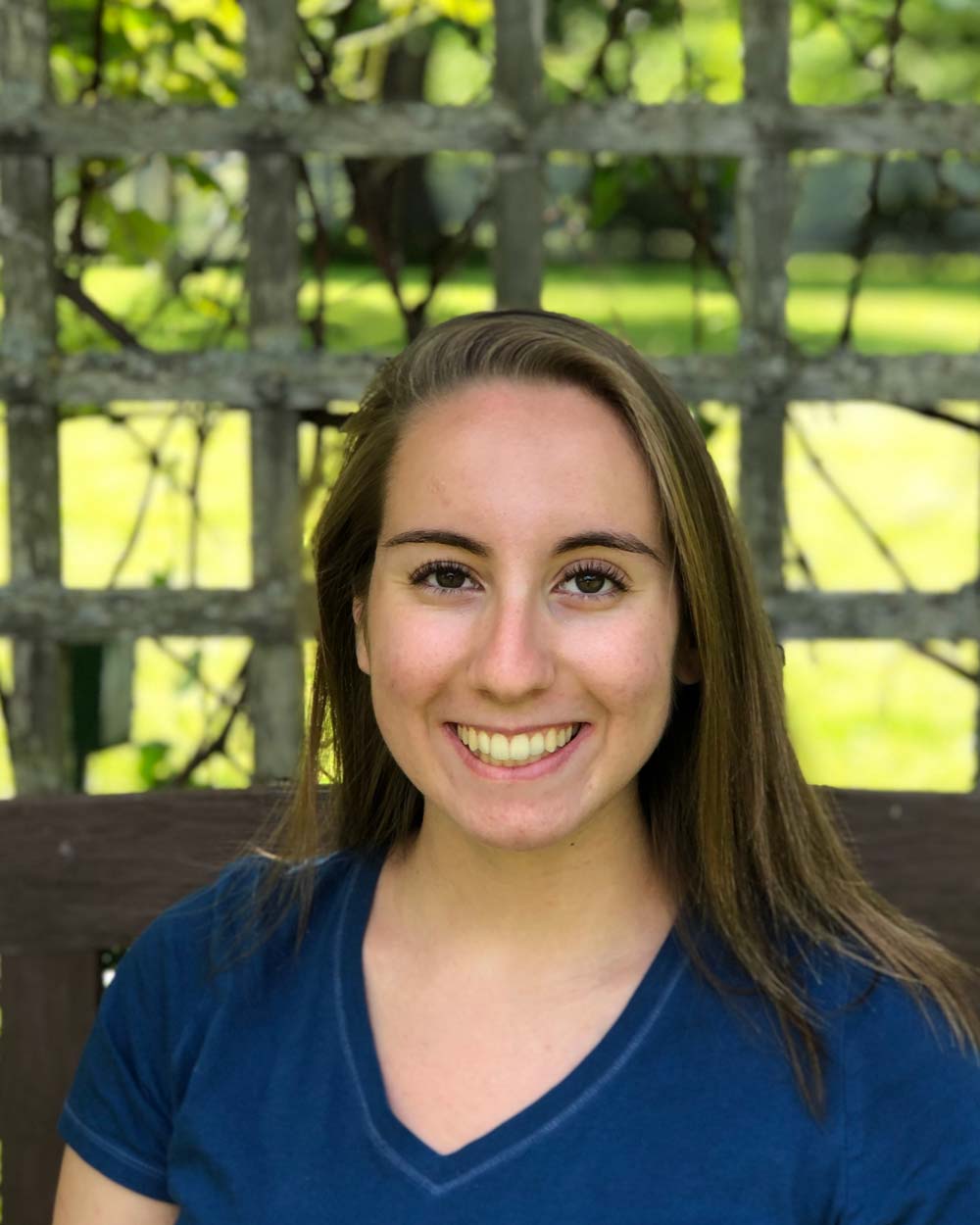 Olga Prifti, COE’23, “Identifying Transcription Factors that Regulate Vindoline Biosynthesis”
Olga Prifti, COE’23, “Identifying Transcription Factors that Regulate Vindoline Biosynthesis”
Mentor: Professor Carolyn Lee-Parsons, Department of Chemical Engineering, COE
Catharanthus roseus is a plant that produces vindoline, a chemical precursor to the anticancer drugs vinblastine and vincristine. Vindoline is produced exclusively in the leaves in very small quantities. While seven enzymatic steps have been identified in the biosynthetic pathway of vindoline, the mechanisms responsible for gene expression in this pathway are still being investigated. This project examines the role of several candidate transcription factors in regulating vindoline biosynthesis. These transcription factors are silenced, and the resulting impact on gene expression in the vindoline pathway is monitored using methods of RNA extraction and quantitative polymerase chain reaction (qPCR).
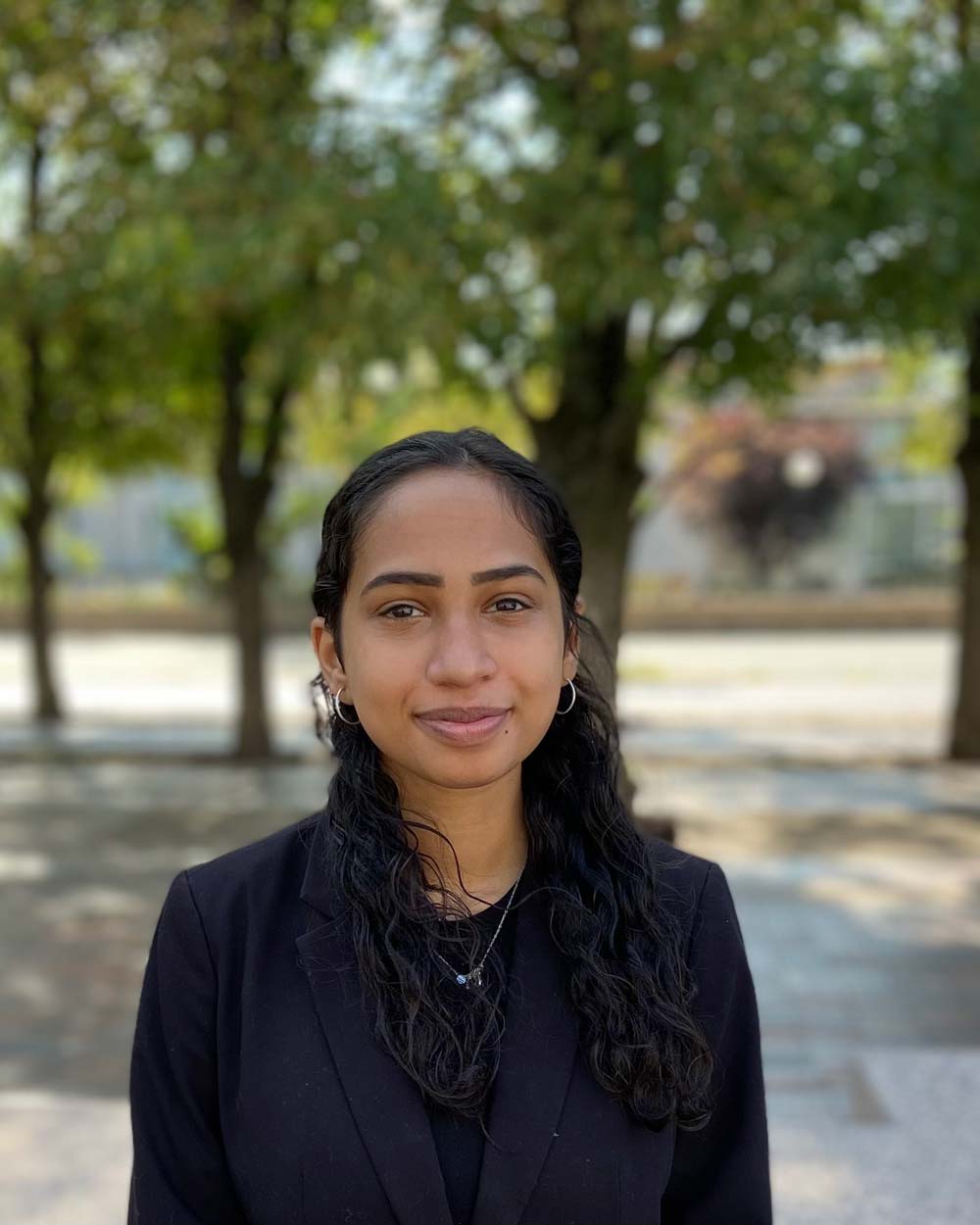 Aditi Purandare, COE’23, “Computer Vision on AMD GPUs to Identify Fish in Videos”
Aditi Purandare, COE’23, “Computer Vision on AMD GPUs to Identify Fish in Videos”
Mentor: Professor David Kaeli, Department of Electrical and Computer Engineering, COE
This project aims to develop a reliable, effective video analyzer to identify fish caught in Maine. Video data of the fish will be broken into data sets, which will be used to train, validate, and test neural networks. Graphics Processing Units (GPUs) will be used for efficiency, since complex calculations will be performed on large amounts of data. This project will be completed in collaboration with the Roux Institute and Gulf of Maine Research Institute.
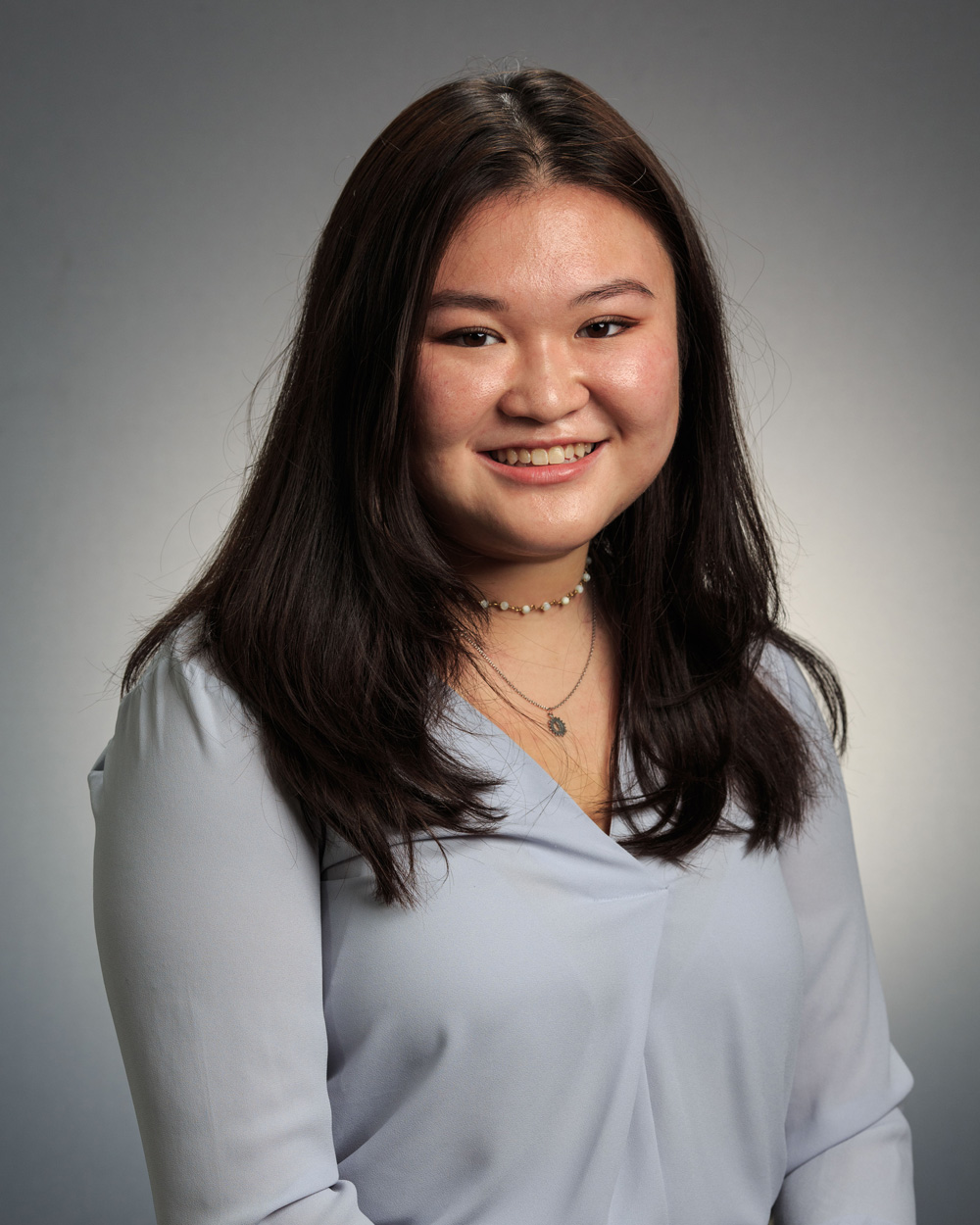 Lily Shi, COE’25, “Investigating Properties of Conductive Hydrogels”
Lily Shi, COE’25, “Investigating Properties of Conductive Hydrogels”
Mentor: Professor Ryan Koppes, Department of Chemical Engineering, COE
Hydrogels are cross-linked networks of polymers with potential to be used as tissue engineering scaffolds, and can be blended with conductive biomaterials to encourage neural regeneration. Schwann cells are the principal glial cell in the peripheral nervous system, playing a crucial role in supporting regeneration. The objective of this project is to study these support cells to better understand the role conductive biomaterials play in facilitating neuron growth. The distance traveled and speed of movement of SCs will be compared between conductive and non-conductive hydrogels. It is expected that SCs seeded in conductive material will experience an increase in migration.
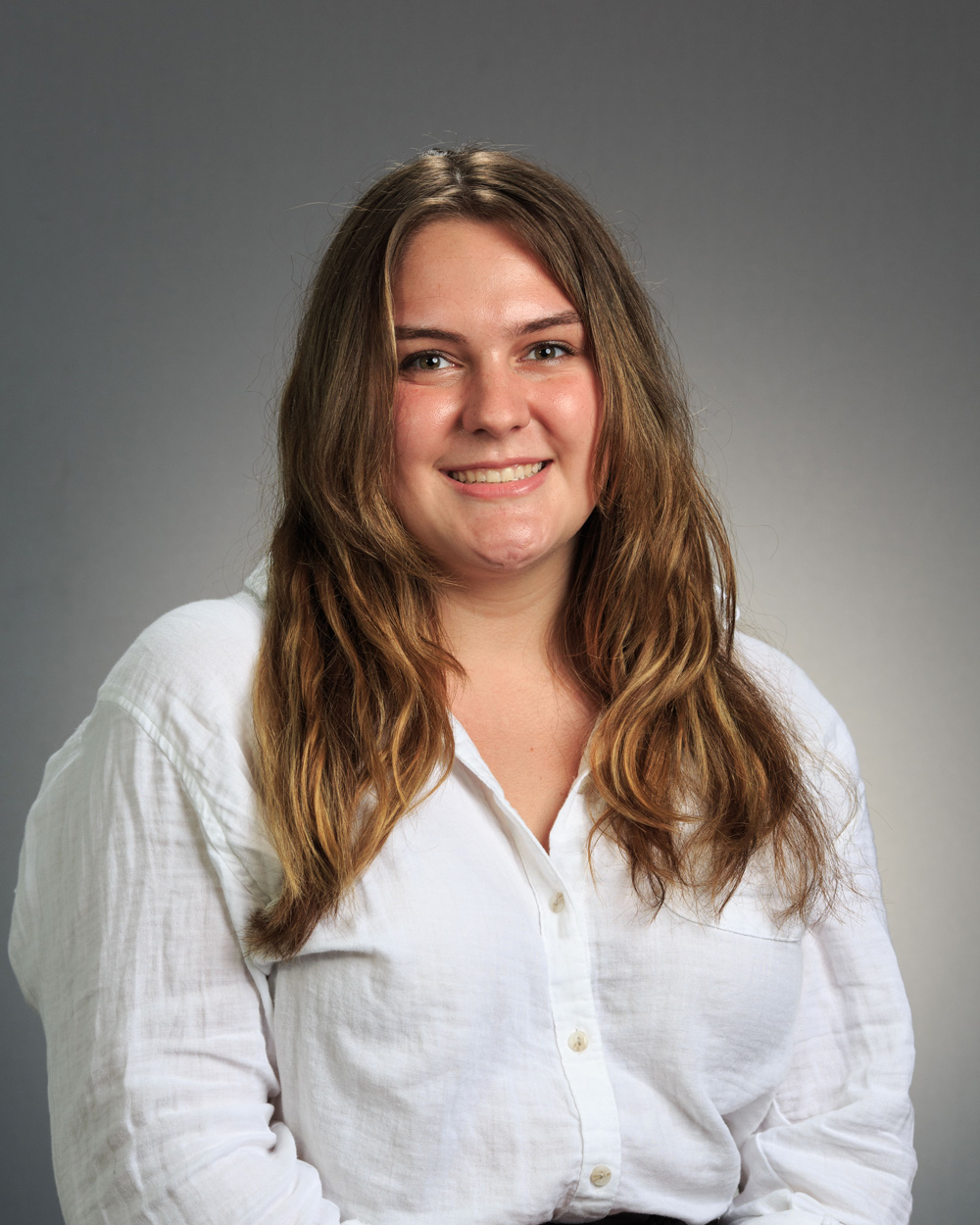 Jacqueline Smith, COS’24, “Analyzing the Function of a New Protein Likely to Function in DNA Damage Responses”
Jacqueline Smith, COS’24, “Analyzing the Function of a New Protein Likely to Function in DNA Damage Responses”
Mentor: Professor Penny Beuning, Department of Chemistry & Chemical Biology, COS
I will be analyzing the Pol A2 protein, belonging to the Pol I sub-family of DNA polymerases, in search of evidence that it is capable of replicating damaged DNA. Based on computational homology models and MultiPOOL analysis, chemically significant residues of the Pol A2 molecule have been identified. These residues will be mutated and the resulting proteins will be biochemically tested for DNA damage bypass to understand better their function in replication of damaged DNA.
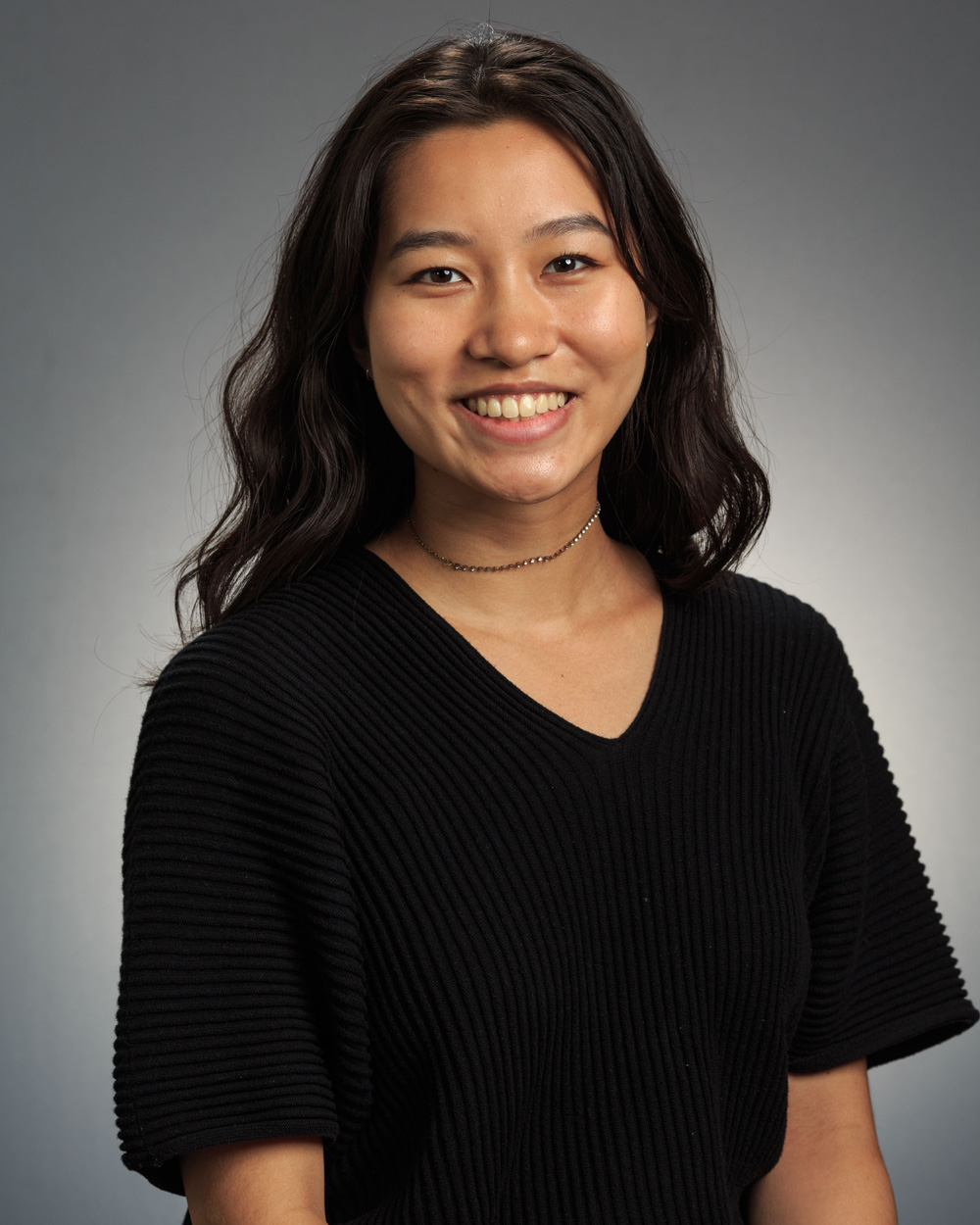 Jocelyn Zhu, COE’22, “Building Resilient Supply Chains for Pharmaceutical Products”
Jocelyn Zhu, COE’22, “Building Resilient Supply Chains for Pharmaceutical Products”
Mentor: Professor Özlem Ergun, Department of Mechanical and Industrial Engineering, COE
Drug shortages increasingly afflict pharmaceutical supply chains across the world, creating risk to public health and incurring costs to healthcare systems. This project seeks to map the behavior of actors in the pharmaceutical supply chain, understand the drivers for drug shortages, and propose methods for measuring the success of a resilient pharmaceutical supply chain. To do so, operations research methods will be researched to begin the development of a mathematical model simulating supply chain disruptions and stakeholder decision-making. This research will be shared as a part of the NSF-funded project RAPID: Rapid Monitoring and Assessment of Critical Pharmaceutical Supply Chains.
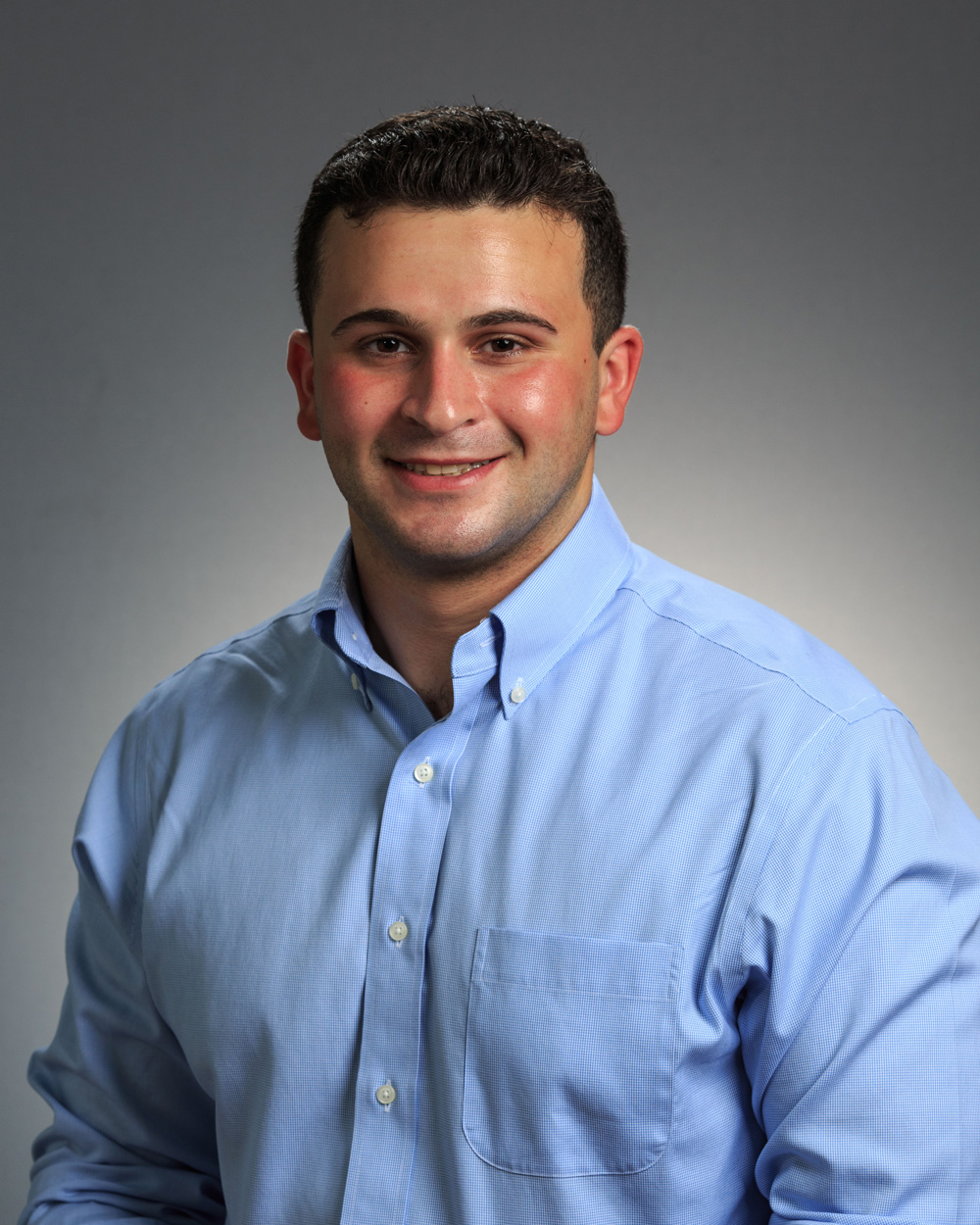 Ari Zlota, COS’23, “How Axotomized Peripheral Nerves Affect Axolotl Limb Regeneration”
Ari Zlota, COS’23, “How Axotomized Peripheral Nerves Affect Axolotl Limb Regeneration”
Mentor: Professor James Monaghan, Department of Biology, COS
Axolotls (Ambystoma mexicanum) are a species of salamander capable of regenerating entire, functional limbs and organs. In 1998, a group of researchers reported that they were able to impede regeneration in the highly-regenerative axolotl by grafting pieces of peripheral nerve into amputated limbs. To our knowledge, there has never been a mechanistic follow-up to this study. With this funding, we hope to elucidate how such grafts are able to disrupt successful limb regeneration, and hopefully highlight that nerves play multiple roles during limb regeneration. We plan to publish our findings in a relevant journal upon completion of this project.
SUMMIT AWARDS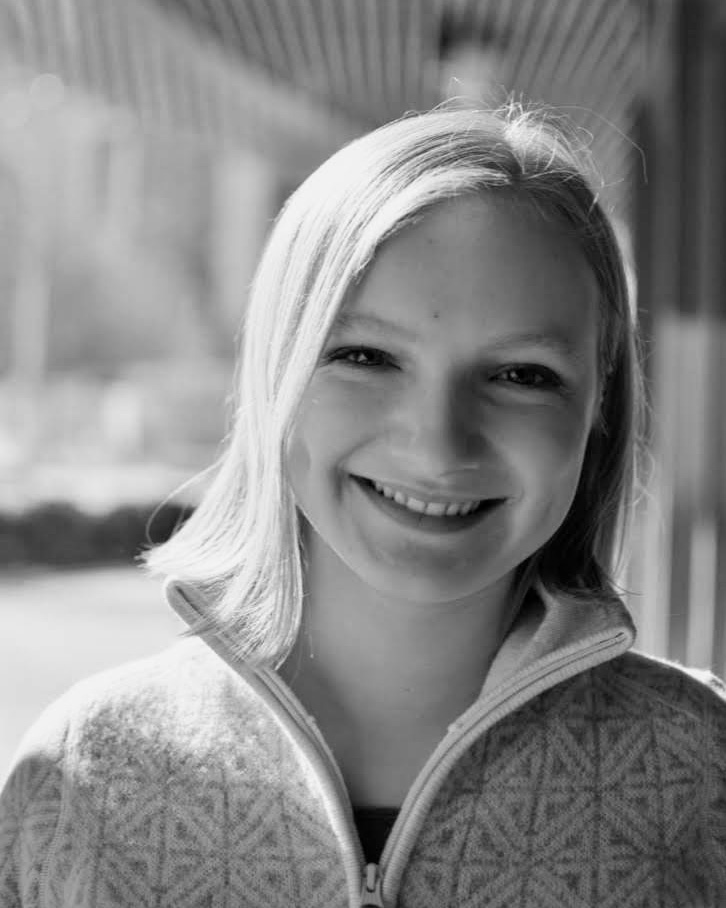 Catherine Clarke, CAMD’23, “Partnering Lab Designer”
Catherine Clarke, CAMD’23, “Partnering Lab Designer”
Mentor: Professor Ilya Vidrin, Department of Theatre, CAMD
As an applied research platform, the Partnering Lab investigates strategies and methods that promote embodied ethics across domains of practice. The team collaborates in the design of research reports, protocols, and accessible visualizations. These practical resources are implemented in interventions and trainings to support dialogue and ethical interaction across professional settings, including healthcare, business, education, and arts-based practices. As the designer for Partnering Lab, I will create process books and designed artifacts to document research projects and publish findings. This documentation will be available on the Partnering Lab website.
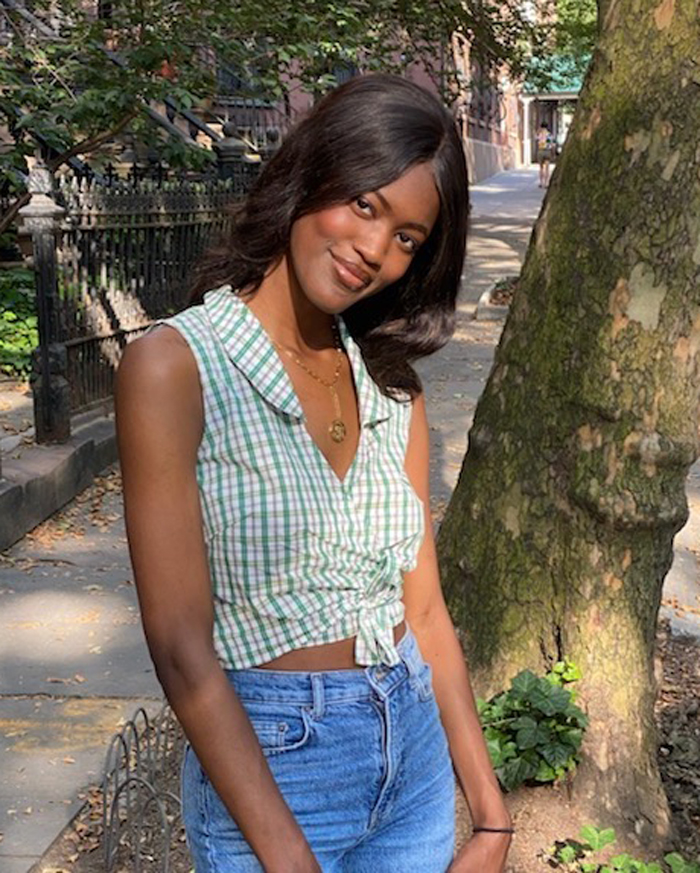 Brittany Clottey, CSSH’22, “Marginal Bodies: Women of Color, Representation, and the Struggle for Citizenship and Belonging, 1920-2020”
Brittany Clottey, CSSH’22, “Marginal Bodies: Women of Color, Representation, and the Struggle for Citizenship and Belonging, 1920-2020”
Mentor: Professor Patricia Davis, Department of Communication Studies, CAMD
This project aims to create an exhibition centered on issues of African American women’s representation in a variety of media, including film, television, print advertising, and black-centered newspapers and entertainment magazines. It will adopt a historical approach, with the specific goal of tracing, documenting, and displaying the evolution of the images that have contributed to the marginalization of African Americans from dominant conceptions of citizenship and belonging in the U.S. In addition, this project will lead to the development of a journal article centered on the concept of black feminist memory, which is an underdeveloped field.
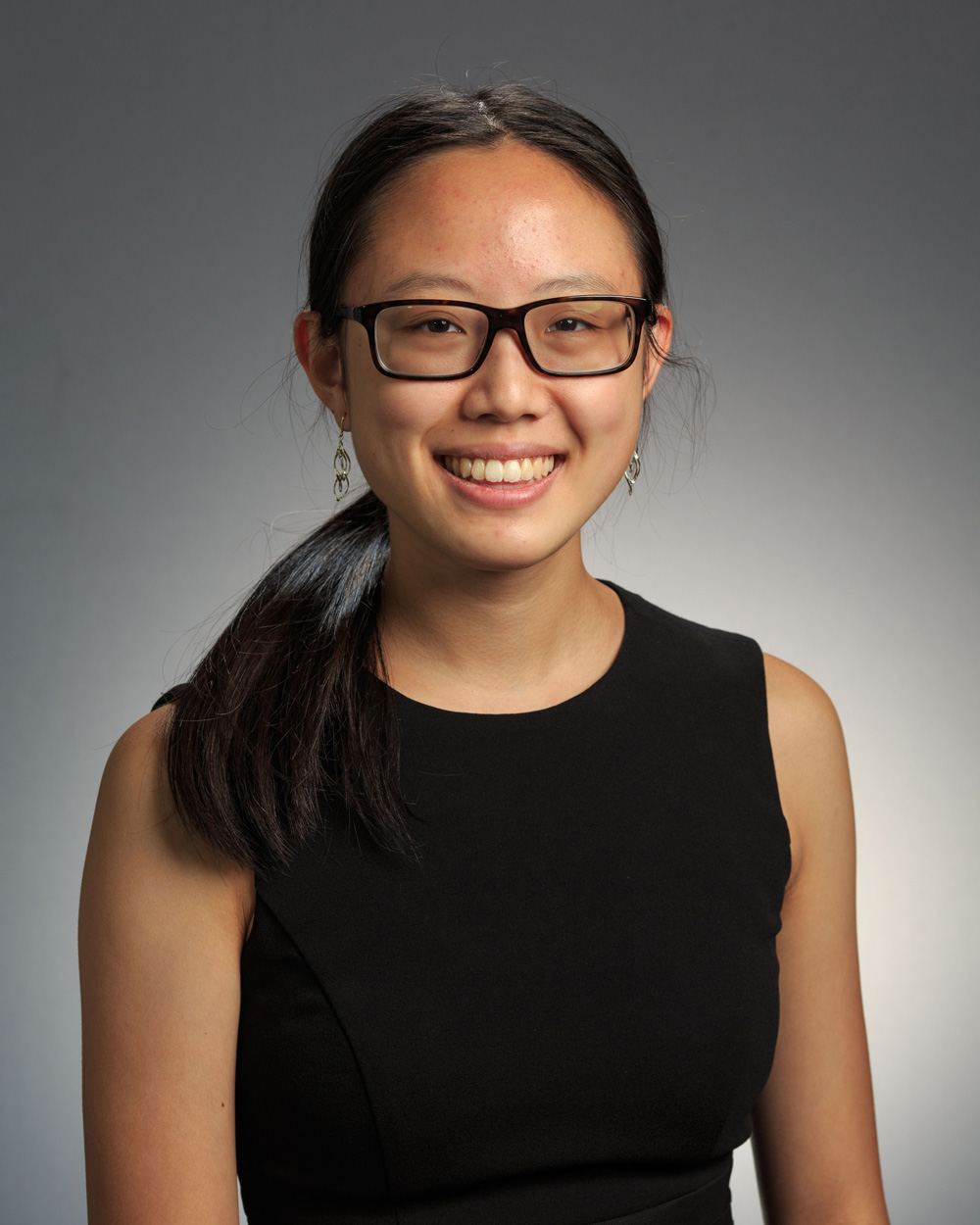 Amanda Dee, COE’23, “Developing a Synthetic Biology Tool to Regulate Alkaloid Biosynthesis in C. Roseus”
Amanda Dee, COE’23, “Developing a Synthetic Biology Tool to Regulate Alkaloid Biosynthesis in C. Roseus”
Mentor: Professor Carolyn Lee-Parsons, Department of Chemical Engineering, COE
C. roseus produces two important anticancer compounds, but current production methods are unstable, and the compounds are produced in very low amounts. If we can engineer the plant’s natural metabolism, we can increase production of these vital pharmaceuticals. In my project, I am developing a synthetic biology tool to target multiple regulators of the compound synthesis pathway and analyzing expression via UPLC. I will be presenting at the American Society of Plant Biologists’ 2022 conference, and I hope to present at RISE as well. I am also working towards co-authorship on multiple papers.
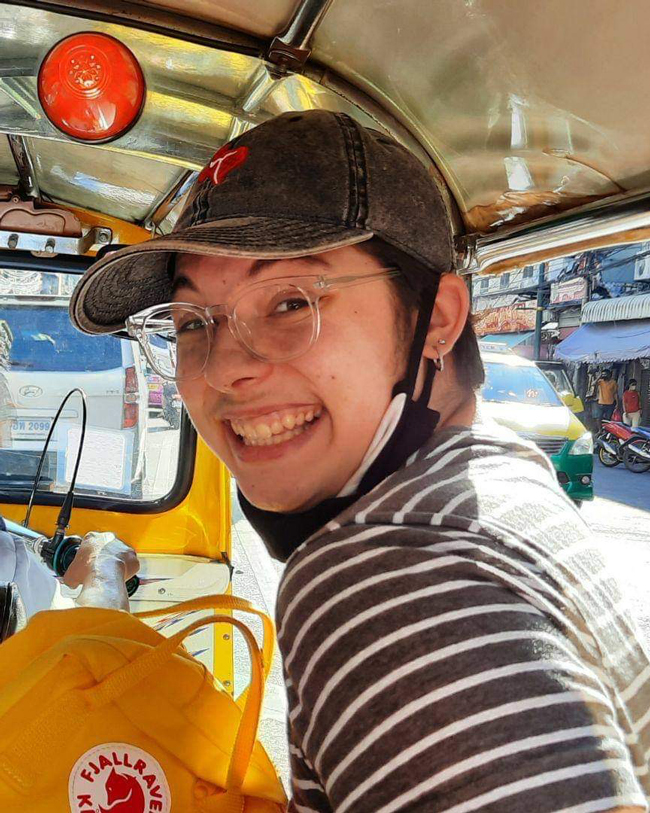 Jasper Duval, CSSH’23, “‘Pray to the Mumbai Government’: Government Officials and Legal Exclusion in a Non-notified Settlement in India”
Jasper Duval, CSSH’23, “‘Pray to the Mumbai Government’: Government Officials and Legal Exclusion in a Non-notified Settlement in India”
Mentor: Professor Liza Weinstein, Department of Sociology and Anthropology, CSSH
My previous PEAK projects explored how spatial stigma and legal exclusion impact the mental health and daily lives of the residents of Kaula Bunder, a non-notified informal settlement in Mumbai, India. In investigating these connections, we have come upon the importance of citizen-official interactions in creating and enacting legal exclusion in Kaula Bunder, especially in light of the COVID-19 pandemic. This semester, we will analyze our current and incoming data with the aim to create a theoretical framework and thesis statement to use in writing a paper on the topic in future semesters.
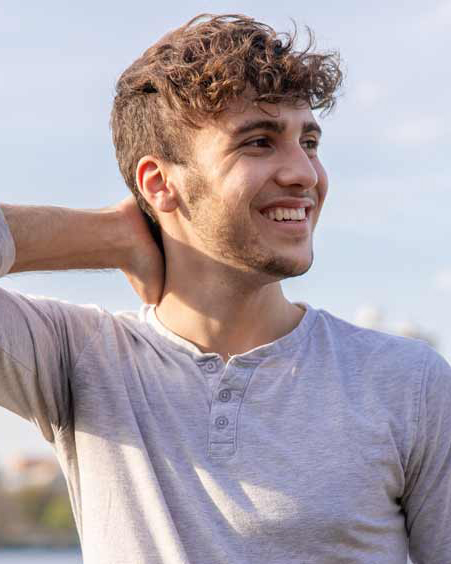 Lucas Faria de Sa Tucker, COS’23, “Transcription of the Dragon Prayer Book”
Lucas Faria de Sa Tucker, COS’23, “Transcription of the Dragon Prayer Book”
Mentor: Professor Erika Boeckeler, Department of English, CSSH
This project consists of both the completion of the transcription of the Dragon Prayer Book, as well as the reformatting and more accessible publication of the entire text in a format accessible to experts in the field, student researchers, and eventually the general public as well. This will allow access to the entirety of the manuscript in a format that maintains visual similarity to the original in its coloring, unique spellings, etc., but can be read by anyone familiar with the Latin alphabet.
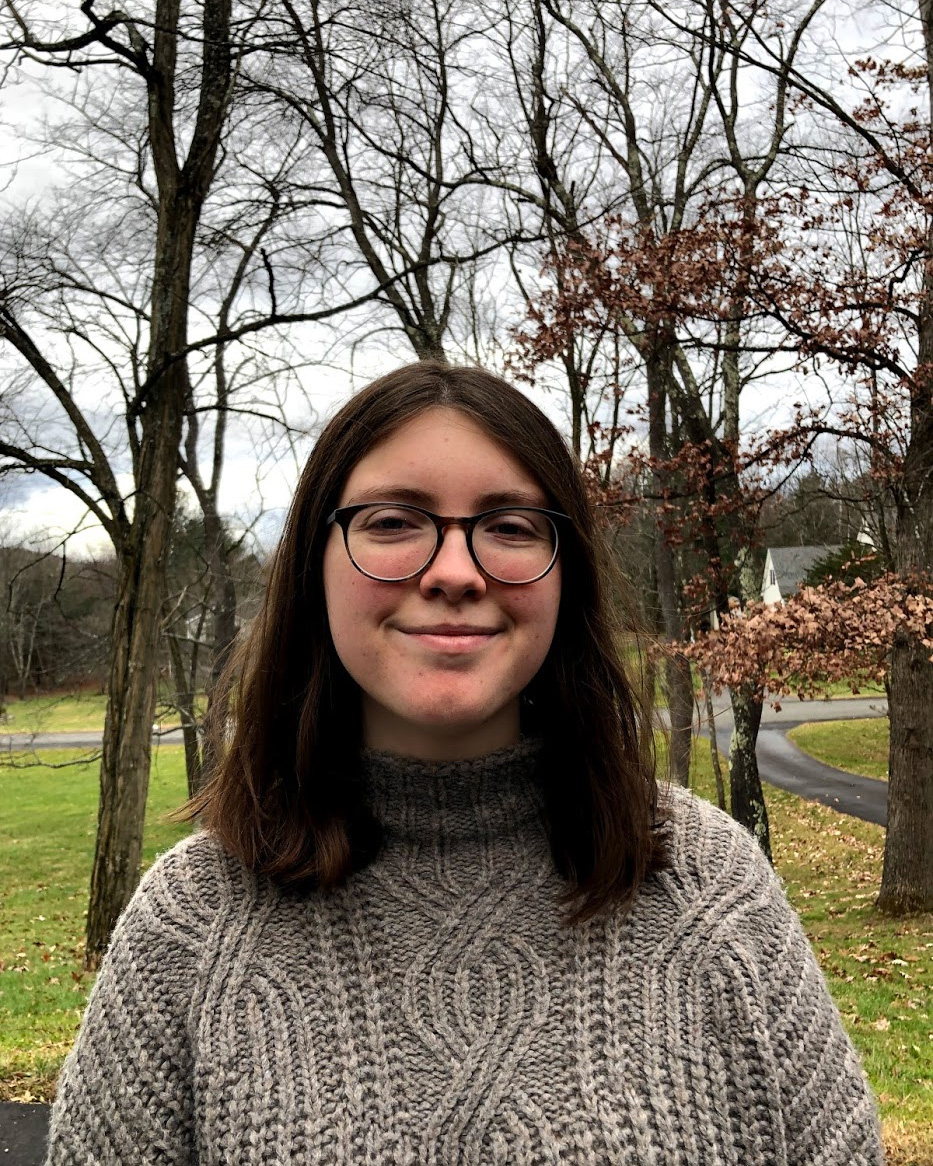 Madi Guski, COS’22, “Characterization of a RASopathy Mutant of Ras GTPase”
Madi Guski, COS’22, “Characterization of a RASopathy Mutant of Ras GTPase”
Mentor: Professor Carla Mattos, Department of Chemistry & Chemical Biology, COS
RASopathies are a family of genetic conditions that cause developmental disorders due to mutations in the signaling protein Ras. This project will explore the biophysical and biochemical properties of the HRasG12S mutation implicated in RASopathies, specifically Costello Syndrome, to determine if and how they differ from Ras mutations in cancer. I aim to determine the structure of the mutant, measure its GTP hydrolysis rate constant, and assess its binding to Raf. If this project is successful, I will publish the findings and present them at a relevant conference.
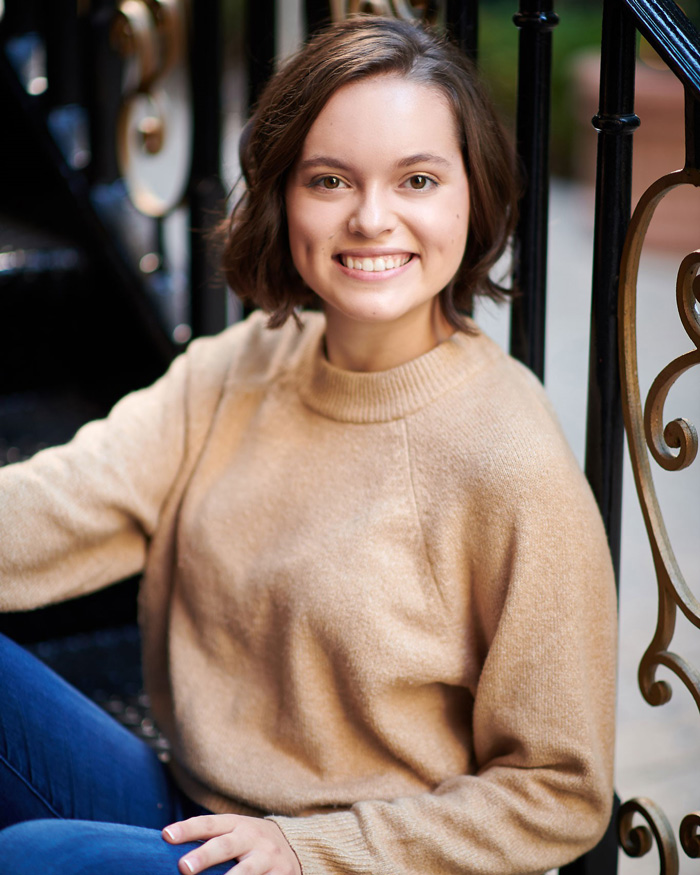 Gabrielle Hernandez, COS’22, “How Acinetobacter baumannii Controls Antibiotic Resistance through Phosphorylation of the BfmR Global Regulator”
Gabrielle Hernandez, COS’22, “How Acinetobacter baumannii Controls Antibiotic Resistance through Phosphorylation of the BfmR Global Regulator”
Mentor: Professor Edward Geisinger, Department of Biology, COS
The rise of antibiotic-resistant bacteria is leading to the next worldwide health crisis. Acinetobacter baumannii is one of many bacteria depleting our cache of effective antibiotics. My project will investigate a signaling system causing A. baumannii to be resistant to antibiotics. BfmR is a protein in this system that regulates resistance gene expression depending on whether it receives the small molecule signal, phosphate. Through experiments with purified components, I will examine how phosphorylation changes the affinity of BfmR for its target genes. I plan to present my results at RISE, ASBMB, and in a publication with the Geisinger Lab.
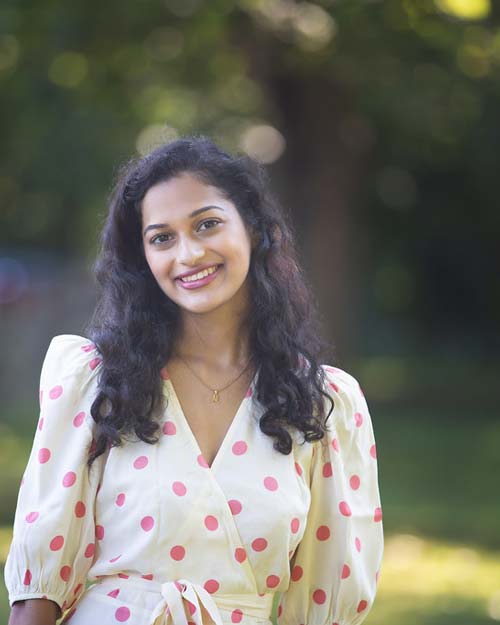 Meghna Iyer, Bouvé’22, “Improving Guardrail Damage Reporting to Promote Injury Prevention in Motor Vehicle Crashes”
Meghna Iyer, Bouvé’22, “Improving Guardrail Damage Reporting to Promote Injury Prevention in Motor Vehicle Crashes”
Mentor: Professor Alisa Lincoln, Department of Health Sciences, Bouvé
In 2020, while people drove less due to the pandemic, 38,680 people died in car crashes, yielding the highest percentage of deaths in the U.S. since 2007. Guardrails can promote safety, but they require a more comprehensive reporting system to repair damages that accrue with crashes to function. This project examines patterns of guardrail damage reporting as well as the perceptions of key informants who are experts in the field about guardrail reporting in Massachusetts. The project seeks to create reccomendations to improve the reporting mechanisms of damaged guardrails and policy changes through translational research methods to obtain national adherence.
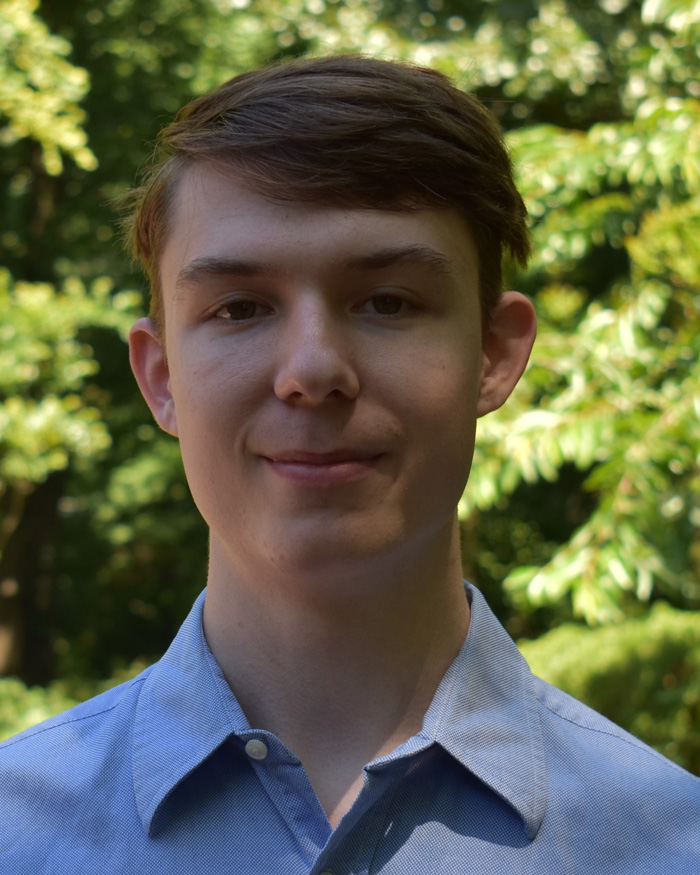
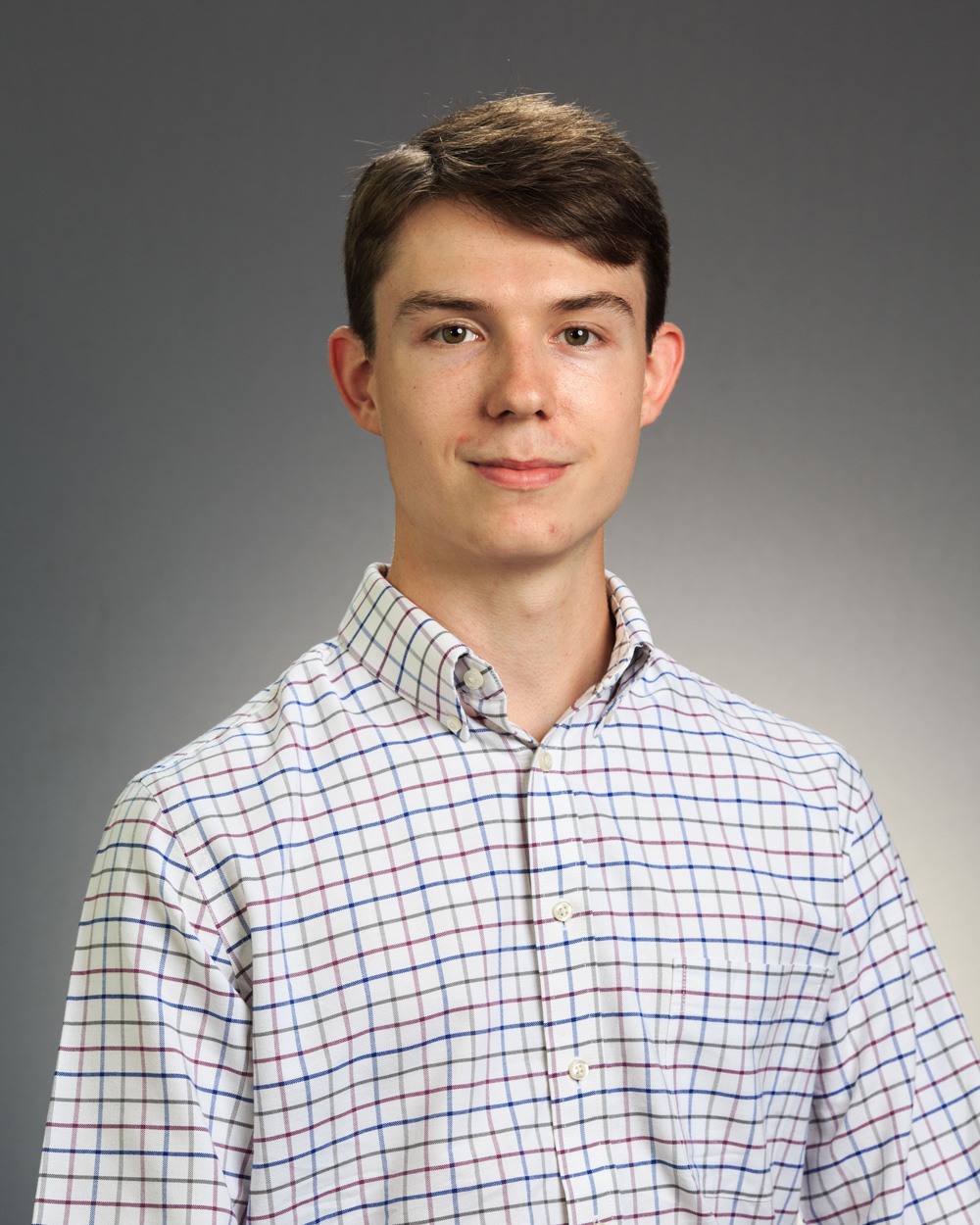 Bjorn Kierulf, COE’24 and Ryan Rivard COE’23, “Inquiries into Moment Forces of Rocket Airframes in Subsonic and Supersonic Flight”
Bjorn Kierulf, COE’24 and Ryan Rivard COE’23, “Inquiries into Moment Forces of Rocket Airframes in Subsonic and Supersonic Flight”
Mentor: Professor Andrew Gouldstone, Department of Mechanical and Industrial Engineering, COE
This project seeks to explore the forces and moments acting on and within a rocket during flight. These are very hard to predict, so we plan to directly measure forces within the rocket. These forces are important to quantify in order to do structural analysis on components in the rocket. At supersonic velocities, the aerodynamic forces on rockets become extreme; it is important to measure and predict them to ensure safe future flights. Doing this measurement will inform future rocket designs, including a liquid fueled rocket. All of this will be done using student-built rockets, as a student-led group.
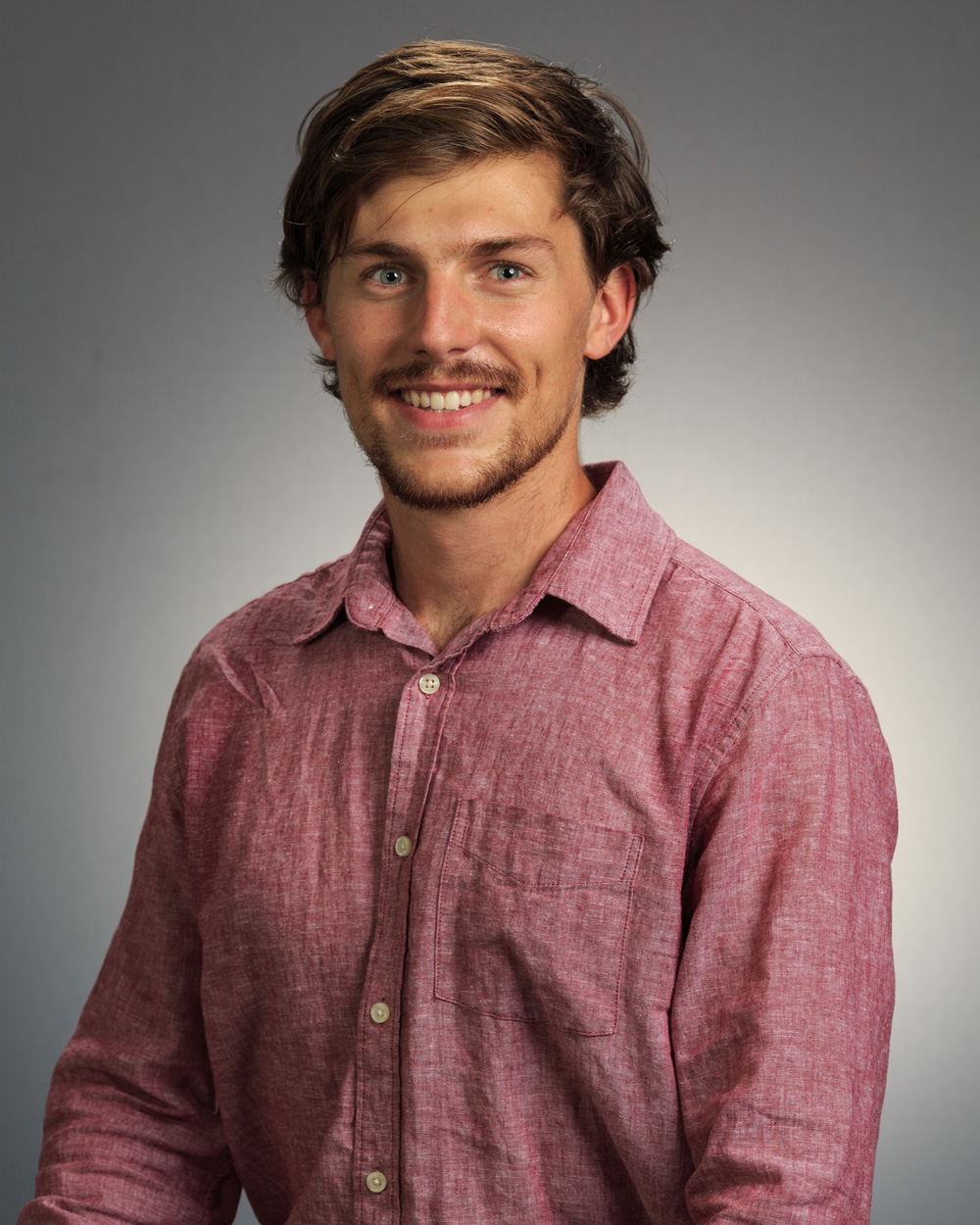
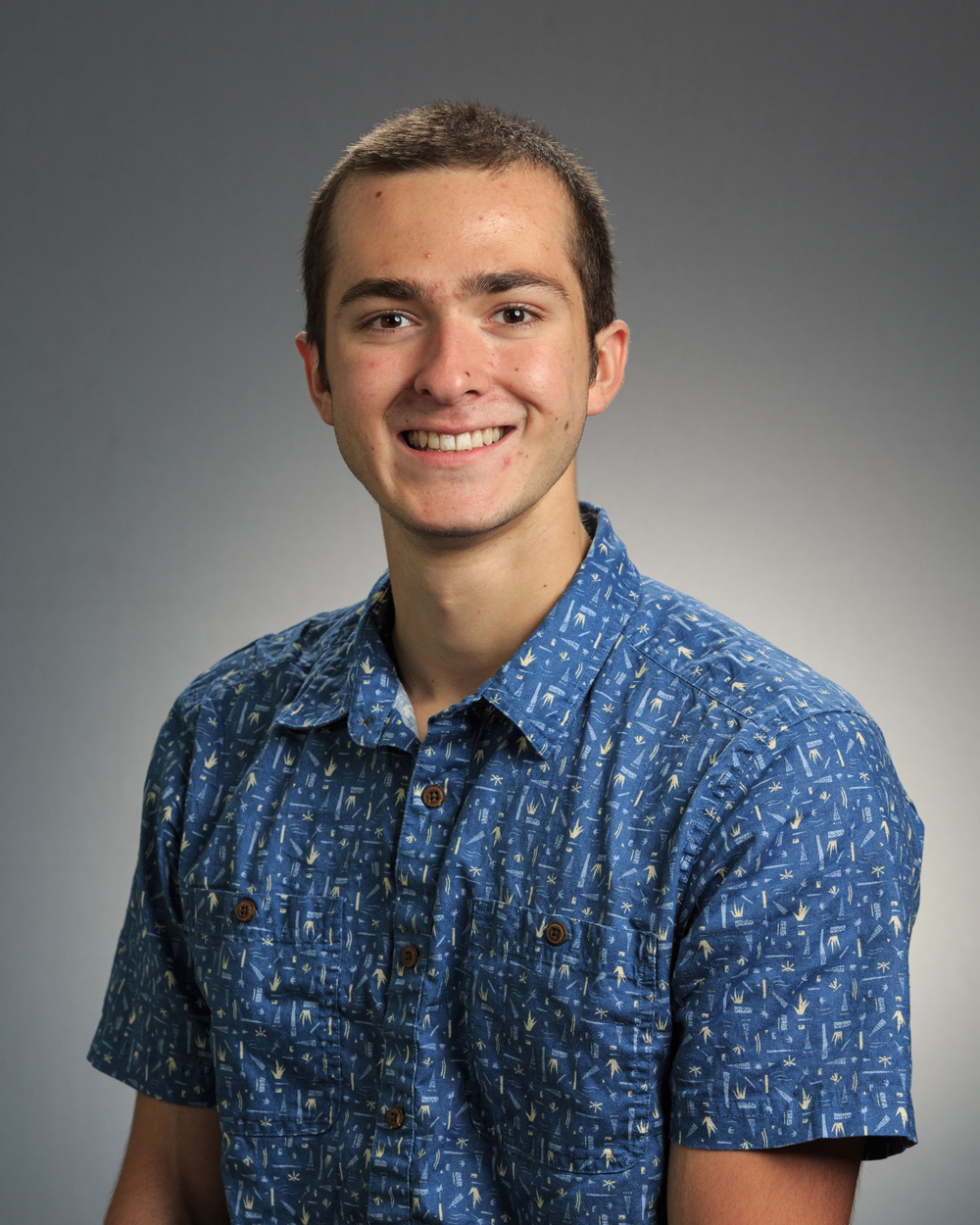 Chase Leffers, COE’24 and Alexander Anderson, COS’23, “PLA Filament Recycler”
Chase Leffers, COE’24 and Alexander Anderson, COS’23, “PLA Filament Recycler”
Mentor: Professor Tom Consi, Department of Electrical and Computer Engineerng, COE
The goal of the PLA filament recycler is to design, develop, and build a desktop device that takes waste PLA in and extrudes 3D printer filament as a product. This will reduce the waste generated by 3D printers, lower the cost, and increase vertical integration of home manufacturing. This project takes inspiration from existing products and applies the scientific method to optimize the quality of recycled PLA, reduce costs and decrease difficulty of use for consumers. The outcome of this project will be a tool that further empowers home manufacturing by reducing dependency on supply chains and cost to consumers.
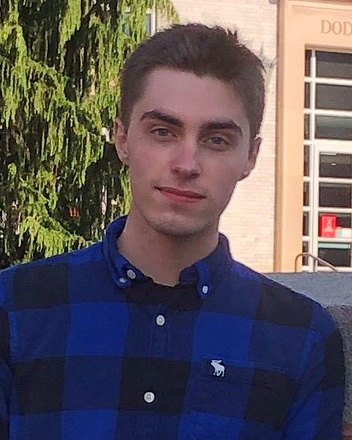 Devin Lloyd, COS’23, “Exploring the Roles of Lon Protease in Acinetobacter baumannii”
Devin Lloyd, COS’23, “Exploring the Roles of Lon Protease in Acinetobacter baumannii”
Mentor: Professor Veronica Godoy-Carter, Department of Biology, COS
Acinetobacter baumannii is a bacterium that infects sick individuals in hospitals. Due to its ability to create “biofilms” that protect it from harsh conditions, it is difficult to prevent its growth. Recently, a protein called Lon protease was shown to help the bacteria form its protective biofilms. Through techniques including molecaulr cloning, immunoblotting, and gene knockout, my project aims to further characterize Lon protease’s functions by figuring out where this protein works and how it interacts with other proteins. This information will help us find ways to more effectively prevent and treat A. baumannii infection.
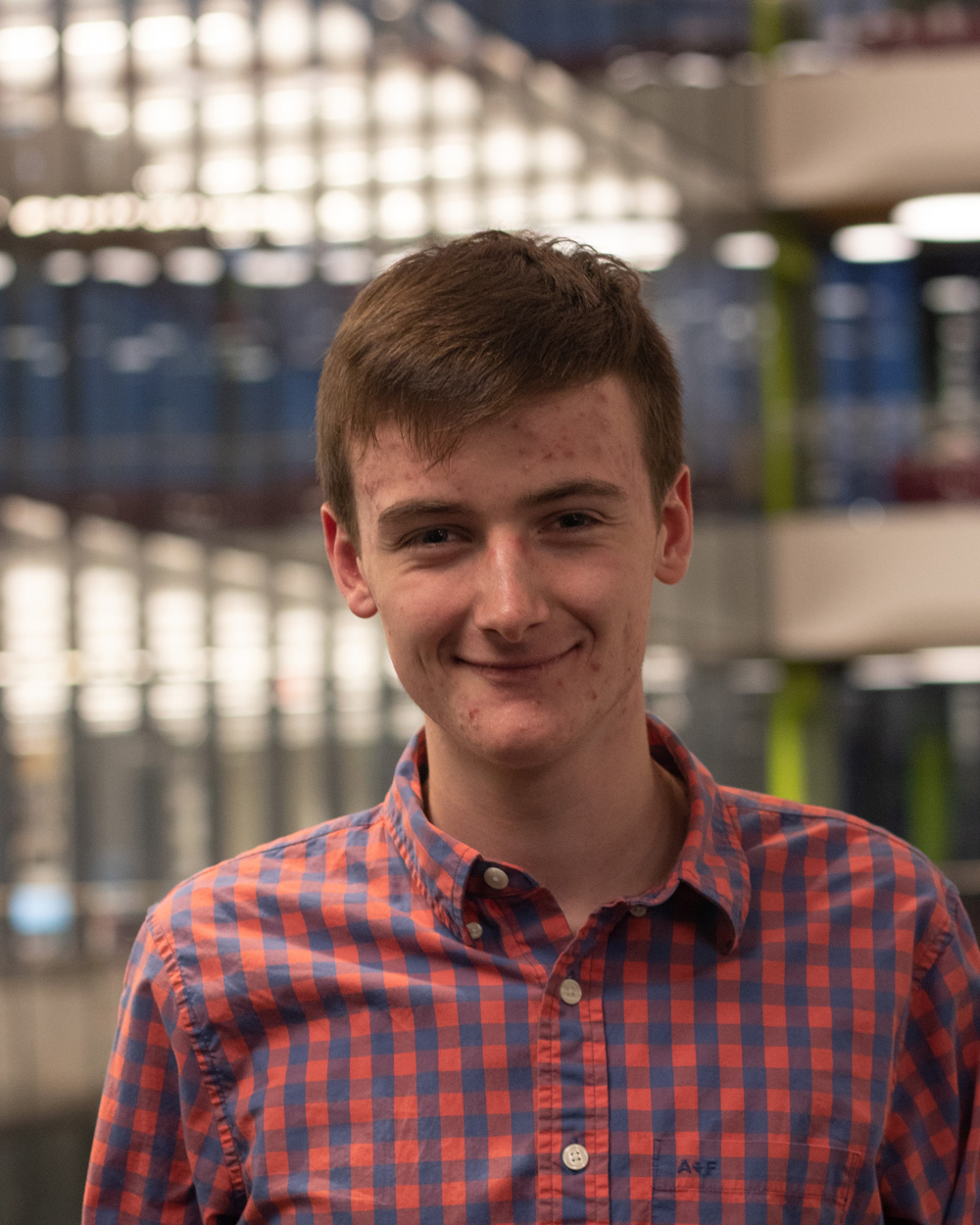 Tyler Locke, COS’23, “Conformational Changes of Surfactant Protein B Due to the Alveolar Air-Water Interface”
Tyler Locke, COS’23, “Conformational Changes of Surfactant Protein B Due to the Alveolar Air-Water Interface”
Mentor: Professor Mona Minkara, Department of Bioengineering, COE
Surfactant Protein B(SP-B) is a vital component of pulmonary surfactant, a complex lipid-protein system which allows for proper lung function. Although it is known to be functionally important, an experimentally determined structure for SP-B has not been found. Using comparative modeling and molecular dynamics simulation, we have developed a model for this protein to study its structural and functional properties. These techniques will allow us to examine changes in the structure of SP-B that may influence its function. Findings from this investigation will be compiled into a paper for journal publication and presented at the 2022 RISE conference.
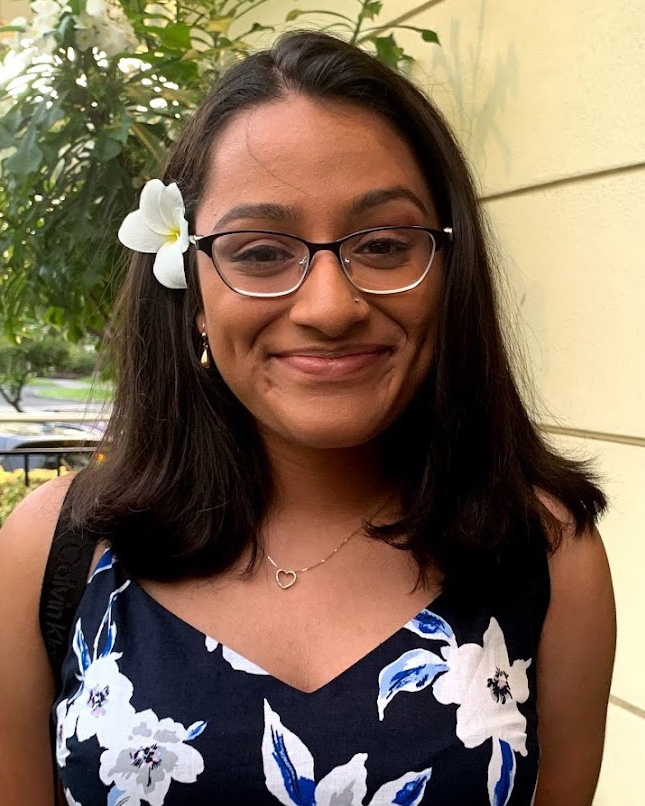 Savita Maharaj, CSSH’22, “Early Black Boston Curriculum Beta Test”
Savita Maharaj, CSSH’22, “Early Black Boston Curriculum Beta Test”
Mentor: Professor Nicole Aljoe, Department of English, CSSH
This project builds on the draft curriculum (created in the summer of 2021) by engaging in a beta test run of the curriculum in advance of the initial pilot of the program in BPS in Spring 2022. In order to improve this tool, we need to engage this material within a classroom setting. The beta test period will allow us to adapt the framework we have built so that it is specifically geared towards the needs of our educators and students. This project will work towards changing the curriculum of our schools today, giving more recognition to BIPOC narratives.
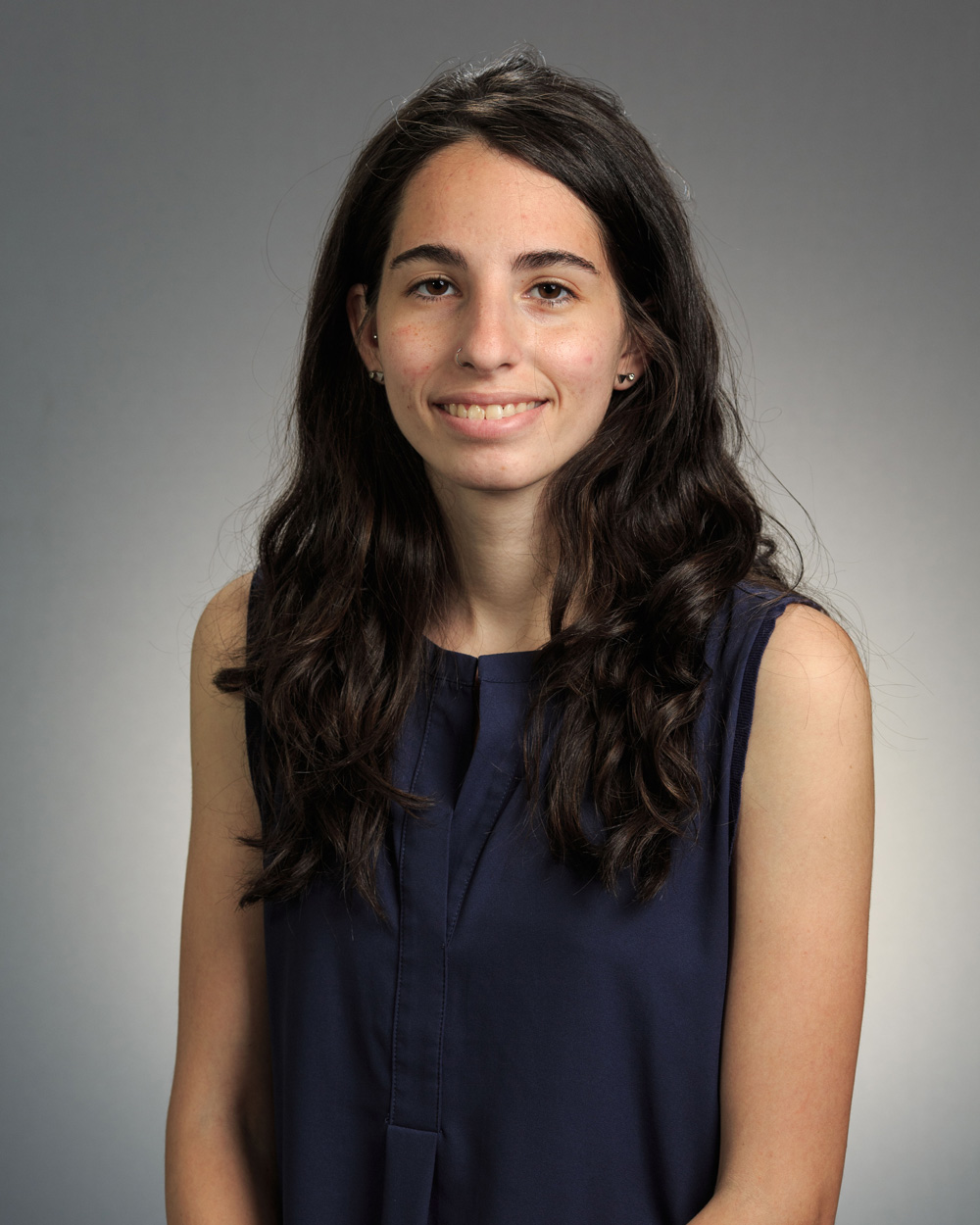
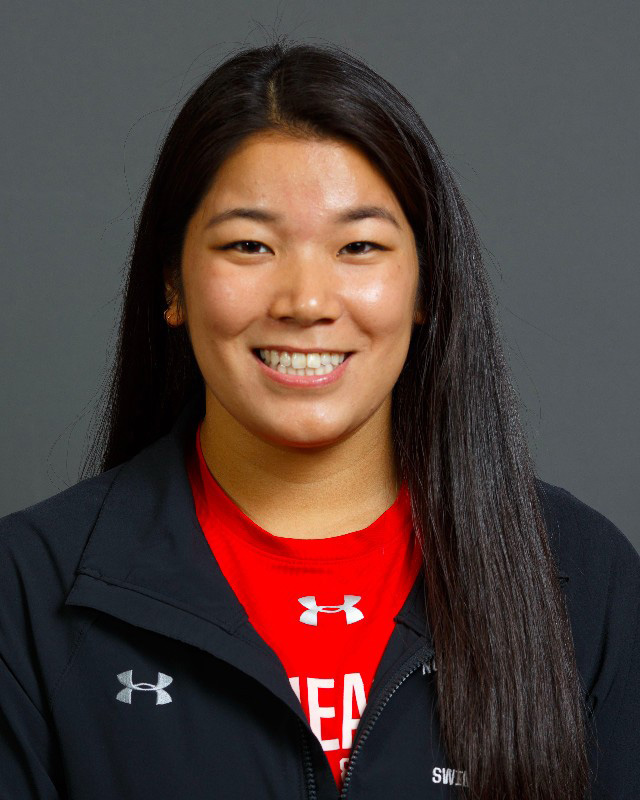
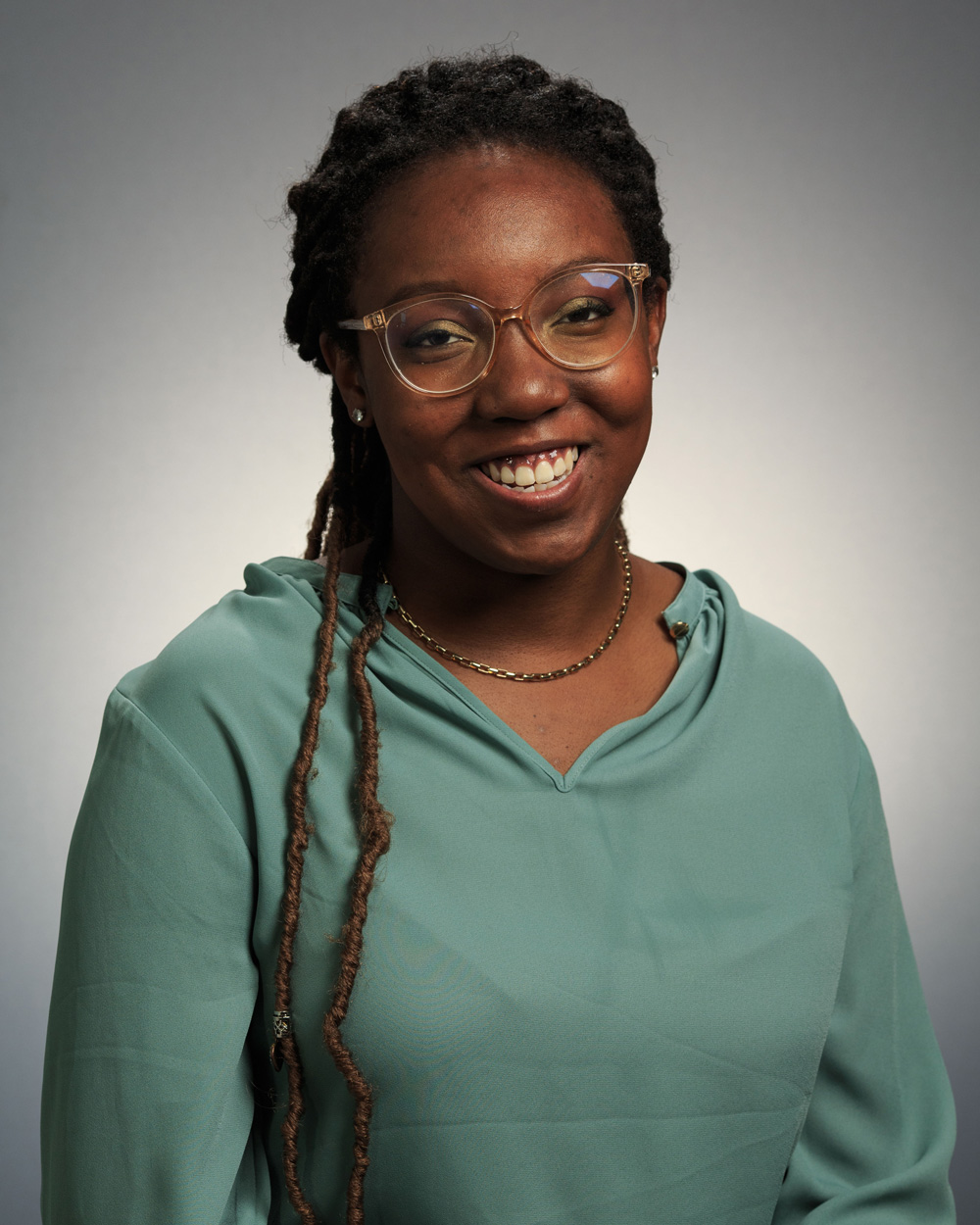 Lauren Maldonado, COS’23; Alicia Iizuka, Bouvé’22; and Taylor Extavour, COS ’23, “BABI (Breastfeeding and Body Image): An Online Resource to Promote Breastfeeding by Targeting Maternal Body Image”
Lauren Maldonado, COS’23; Alicia Iizuka, Bouvé’22; and Taylor Extavour, COS ’23, “BABI (Breastfeeding and Body Image): An Online Resource to Promote Breastfeeding by Targeting Maternal Body Image”
Mentor: Professor Emily Zimmerman, Department of Communication Sciences and Disorders, Bouvé
Insufficient maternal resources exist focusing on body image as a common risk factor for eating concerns and breastfeeding outcomes. This project aims to develop an online, interactive resource for mothers; target body image concerns; improve breastfeeding outcomes and maternal eating behaviors; and support mother-infant dyads wellbeing. We will use Articulate RISE to develop interactive activities and compile informational support resources from our research. We will pilot this resource to a group of n=20 mothers and gain their end-user feedback to improve it. Our results will be shared at university-sponsored events such as RISE, and peer-reviewed conferences and publications.
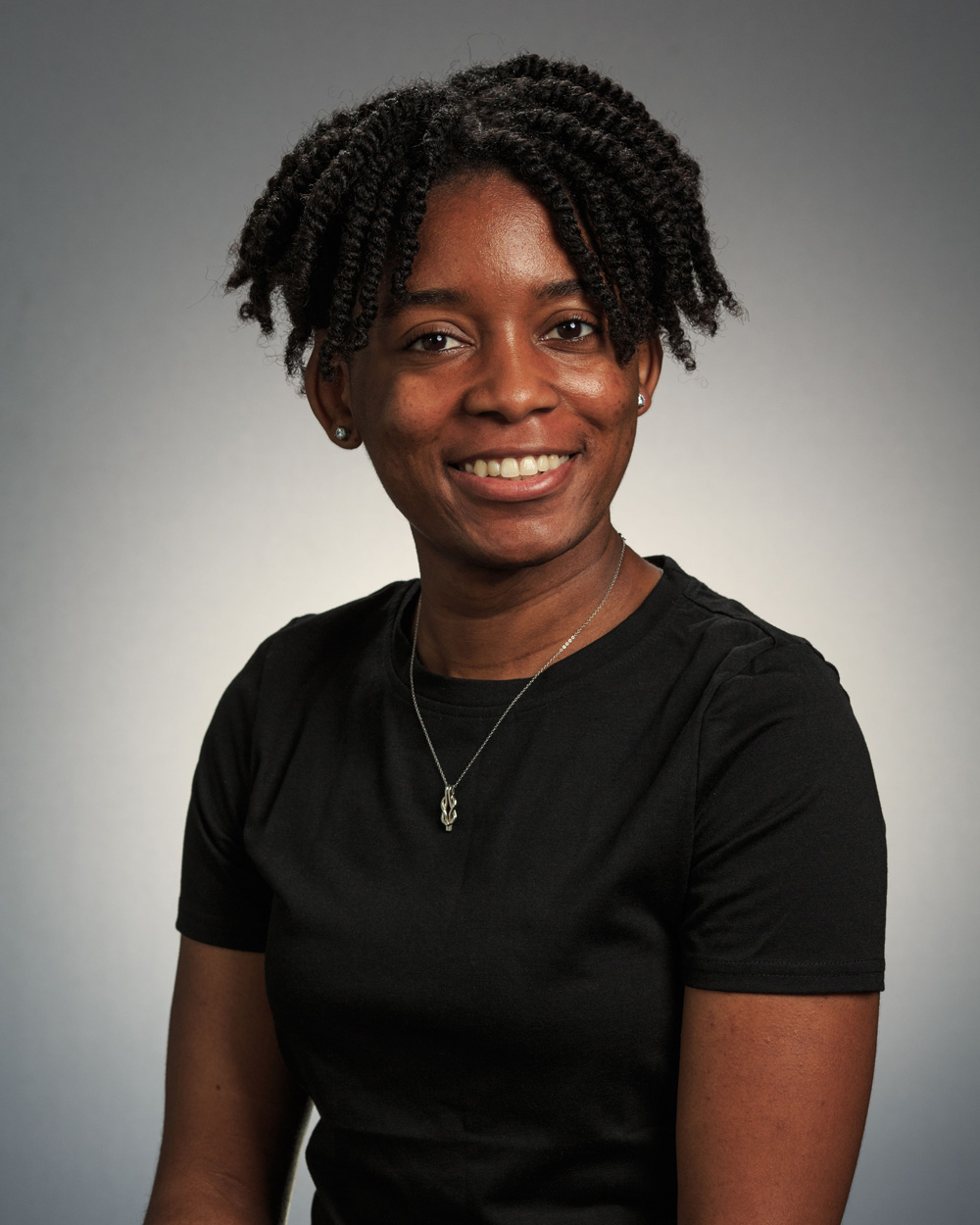 Jenise Martinez, COS’22, “Can p75NTR Expression Be Regulated via Electrical Stimulation?”
Jenise Martinez, COS’22, “Can p75NTR Expression Be Regulated via Electrical Stimulation?”
Mentor: Professor Rebecca Willits, Department of Chemical Engineering, COE
This project investigates whether p75ntr expression can be reguated on Schwann cells via electrical stimulation. Pan-neurotrophin receptor 75 is a transmembrane protein that binds to all neurotrophins and plays a role in cell survival, death and differentiation. Neurotrophins regulate and maintain the function and development of the nervous system. Electrical stimulation has been used as a therapeutic treatment in a variety of systems including increasing dermal fibroblasts migration. Our data will be analyzed using flow cytometry, qPCR, western blot and Jess. The project data will be formatted into a research poster to be presented at RISE and other conferences.
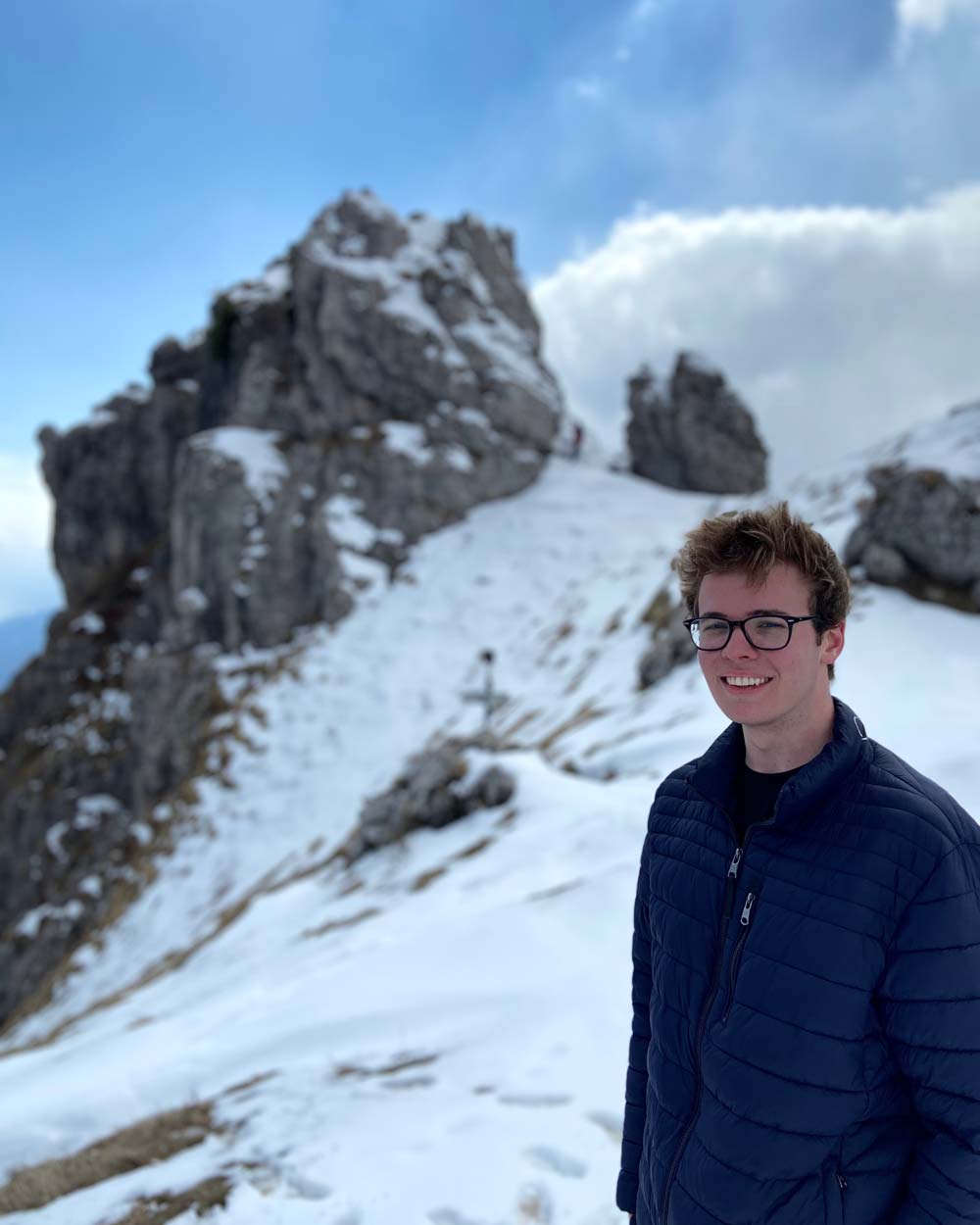 Christopher Owen, COE’22, “Understanding the Formation Mechanisms of Bismuth Modified MnO2 Alkaline Battery Electrodes Using GITT Potential Analysis”
Christopher Owen, COE’22, “Understanding the Formation Mechanisms of Bismuth Modified MnO2 Alkaline Battery Electrodes Using GITT Potential Analysis”
Mentor: Professor Joshua Gallaway, Department of Chemical Engineering, COE
There is an urgent societal need for safe, scalable, low-cost energy storage technologies capable of sustaining the power grid at times when renewable power sources cannot. Rechargeable alkaline Zn/MnO 2 batteries use safe, non-toxic, and inexpensive materials but undergo irreversible phase changes over time that prevent re-charging. Recently, bismuth modification of MnO 2 cathodes has been shown to dramatically reduce the formation of these phases. This project seeks to understand the molecular and electrochemical mechanisms that allow bismuth ions to enhance capacity retention using the Galvanostatic Intermittent Titration Technique (GITT) for scholarly publication and communication of results at research conferences such as RISE.
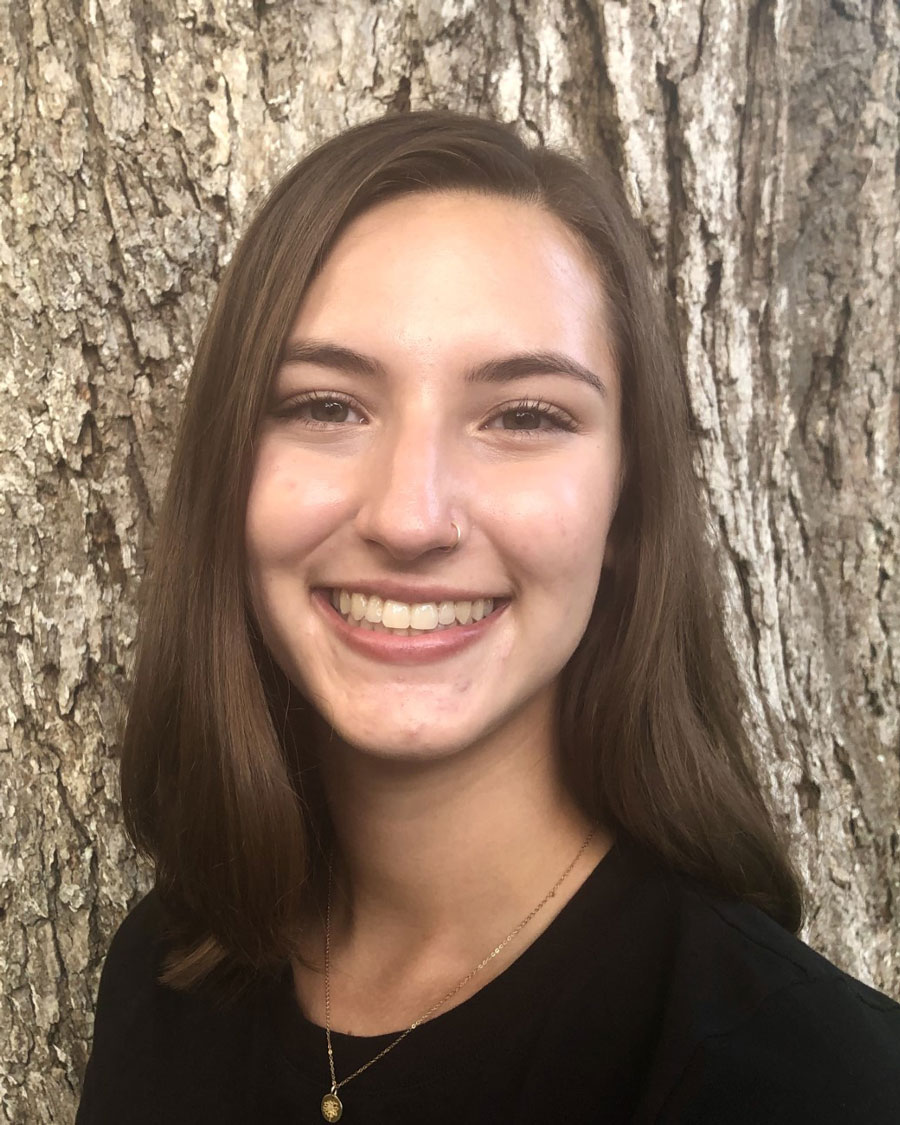 Nicole Page, COS’23, “Developing a Novel Gamma- and Music-Based Intervention for Alzheimer’s Disease and Other Dementia-Related Disorders”
Nicole Page, COS’23, “Developing a Novel Gamma- and Music-Based Intervention for Alzheimer’s Disease and Other Dementia-Related Disorders”
Mentor: Professor Psyche Loui, Department of Music, CAMD
Alzheimer’s disease and other dementia-related disorders affect millions of aging adults each year. Despite decades of research, there is no known cure for AD; thus, the Gamma music-based intervention (MBI) aims to apply ground-breaking research on Gamma-frequency stimulation to treat dementia-related conditions. Gamma-MBI combines traditional music therapy approaches with SynchronyGamma, a rhythmic LED light controller that delivers Gamma-frequency visual stimulation while synchronizing lighting effects to the rhythms of music. Primary goals of the project include demonstrating that Gamma-MBI improves participants’ memory and reduces cognitive deficits. The results of this project will be shared at RISE 2021, among other venues.
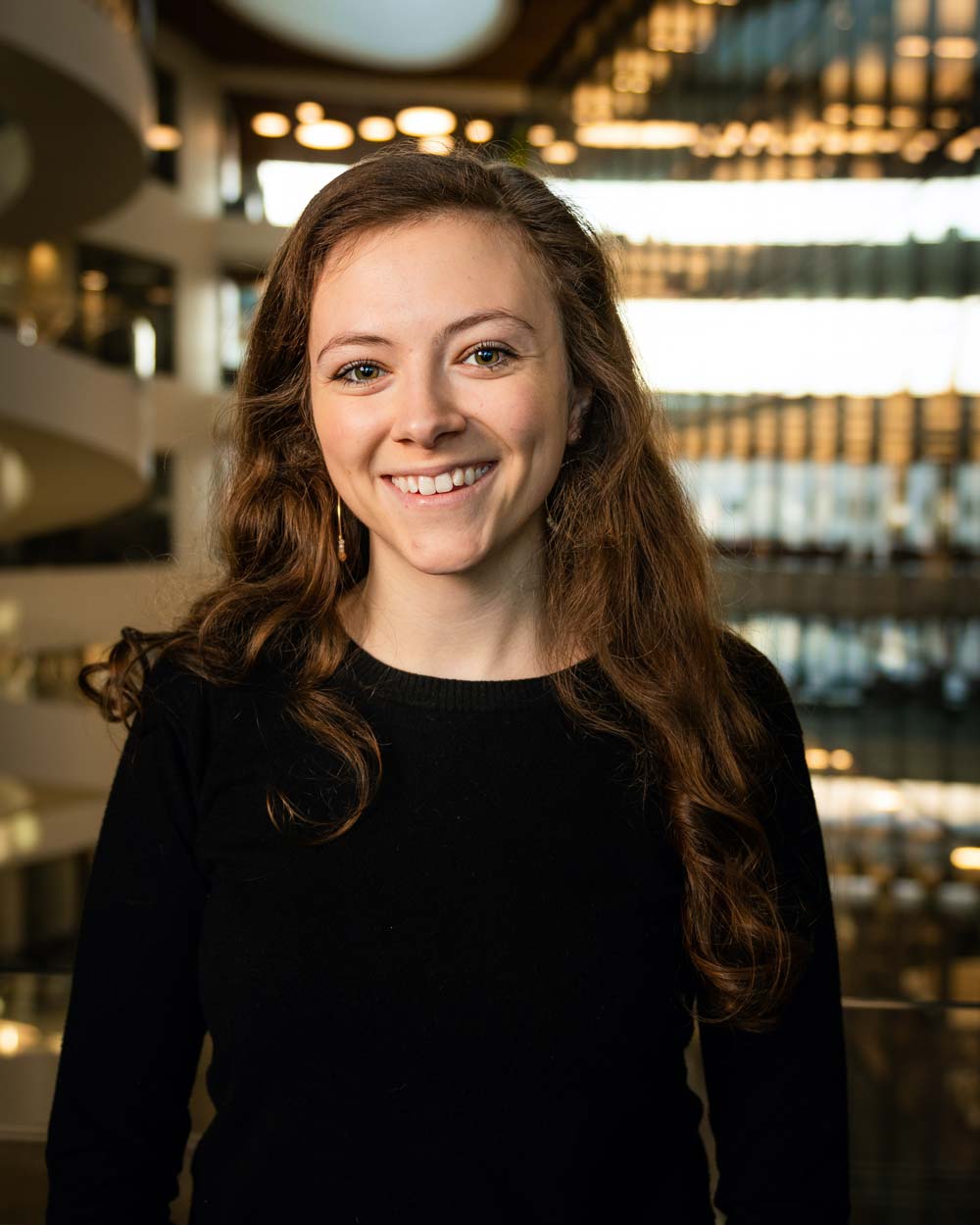 Victoria Robbins, COE’22, “Low Energy Environmental Alternatives for Purifying Strategically Limited Rare Earth Metals: Characterization of Sodium & Potassium Mixed Halide Systems”
Victoria Robbins, COE’22, “Low Energy Environmental Alternatives for Purifying Strategically Limited Rare Earth Metals: Characterization of Sodium & Potassium Mixed Halide Systems”
Mentor: Professor Ron Willey, Department of Chemical Engineering, COE
I will be creating a molten salt electrolyte solution in order to develop processes for separating critical rare earth metals. To do so, I will characterize sodium and potassium mixed halide systems in a series of stability and conductivity tests. The significance of this project is enabling a low-energy method of rare earth metal separation. Rare earth metals are crucial for renewable energy technologies, such as wind turbines and electric vehicles. This reseach will yield a low-temperature electrolyte solution with smaller energy consumption than current processes. Results will be shared at one of Northeastern’s Society of Women Engineers’ chapter meetings.
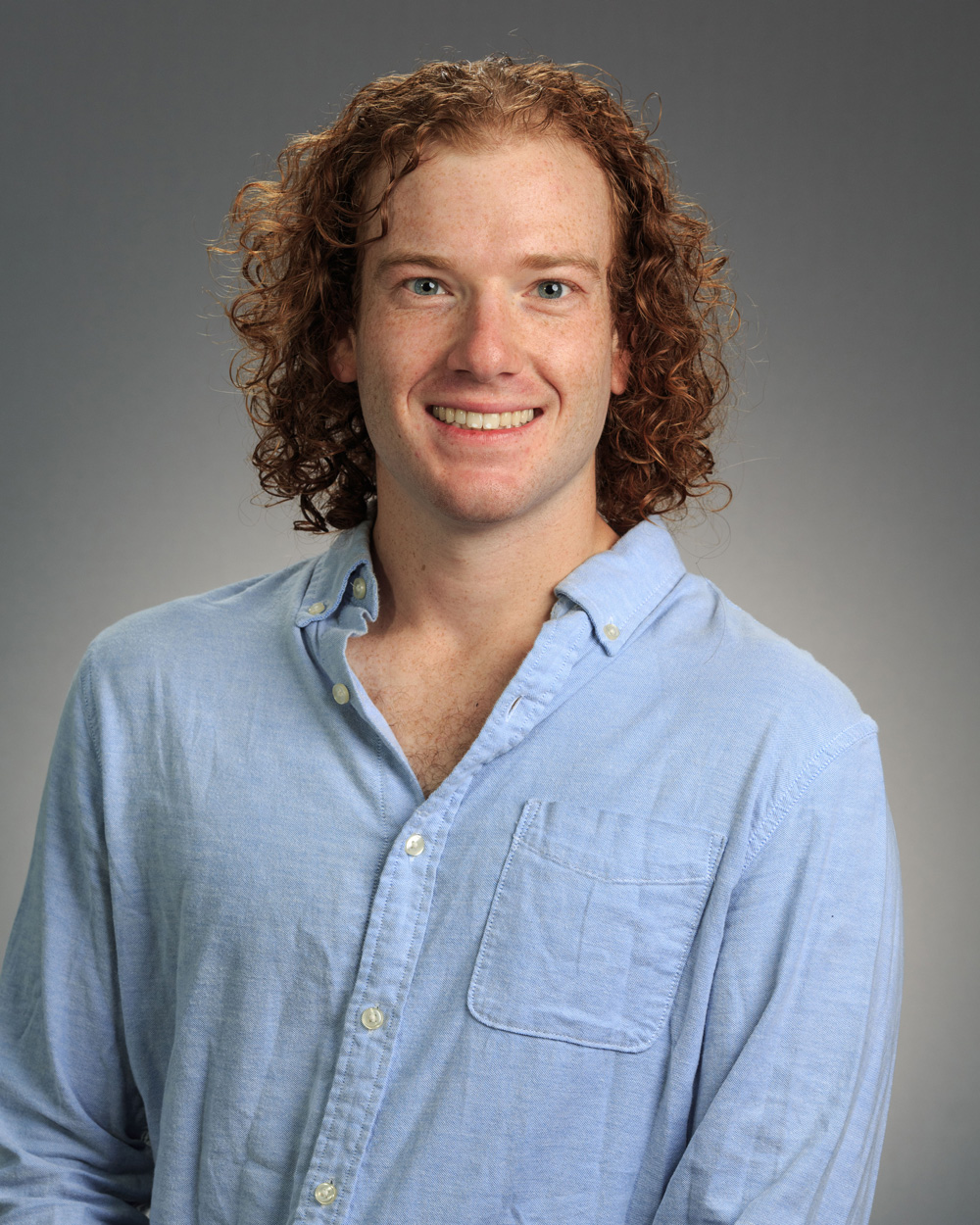
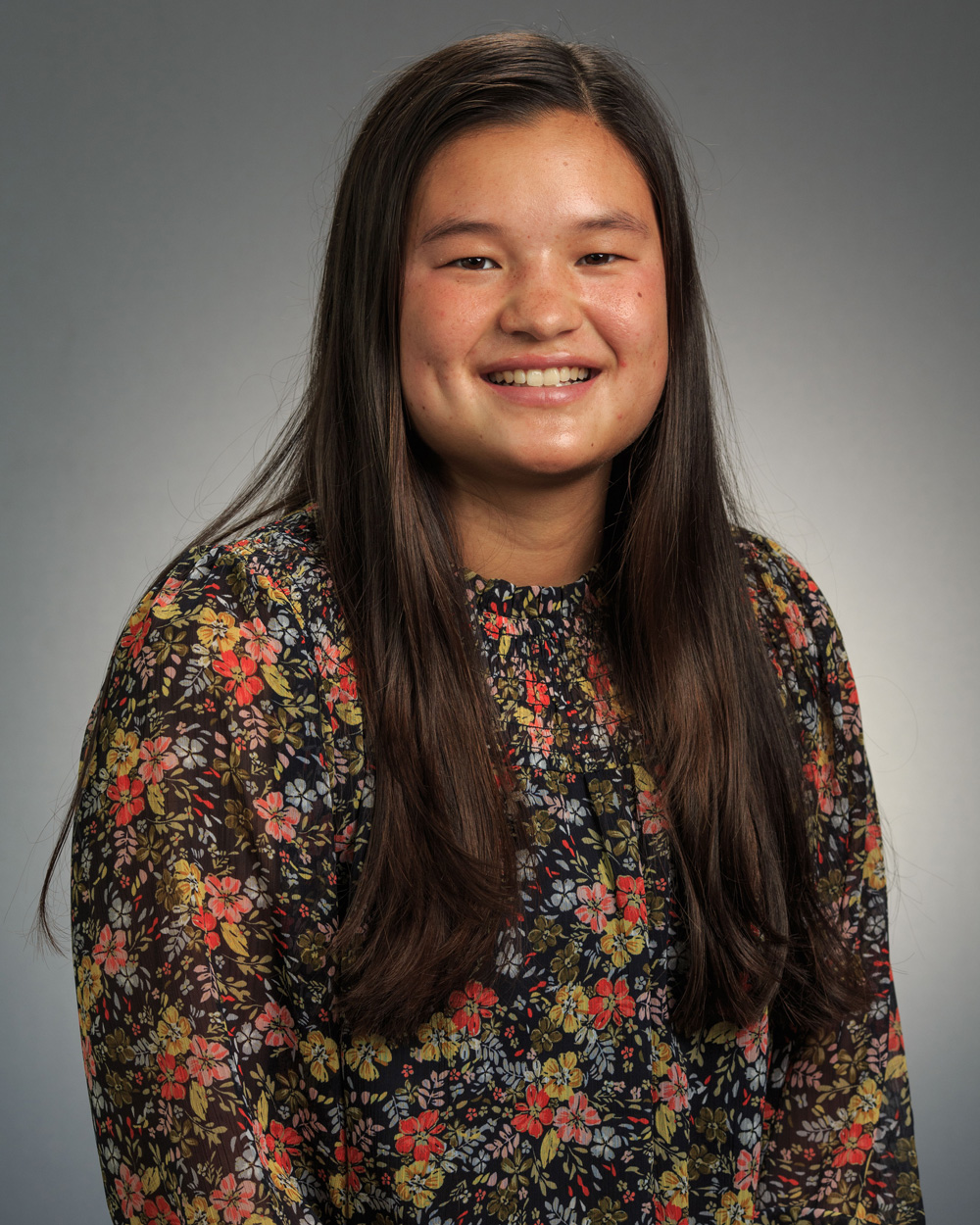 Derrick Salvatore, COS’22 and Kira Mok, CSSH’23, “PFAS in Puerto Rico”
Derrick Salvatore, COS’22 and Kira Mok, CSSH’23, “PFAS in Puerto Rico”
Mentor: Professor Phil Brown, Department of Sociology and Anthropology, CSSH
The purpose of this project is to measure per- and polyfluoroalkyl substances (PFAS) levels in drinking water samples collected from residences near potential PFAS contamination sites in Puerto Rico (PR), as there is limited knowledge and testing of PFAS in PR. This will help identify drinking water sources that contain PFAS and potential routes of exposure for affected community members. We will also conduct interviews with community members about their experiences and drinking water sources. The testing and interviews will inform the reportback materials that we provide to residents and will also be incorporated into a journal article.
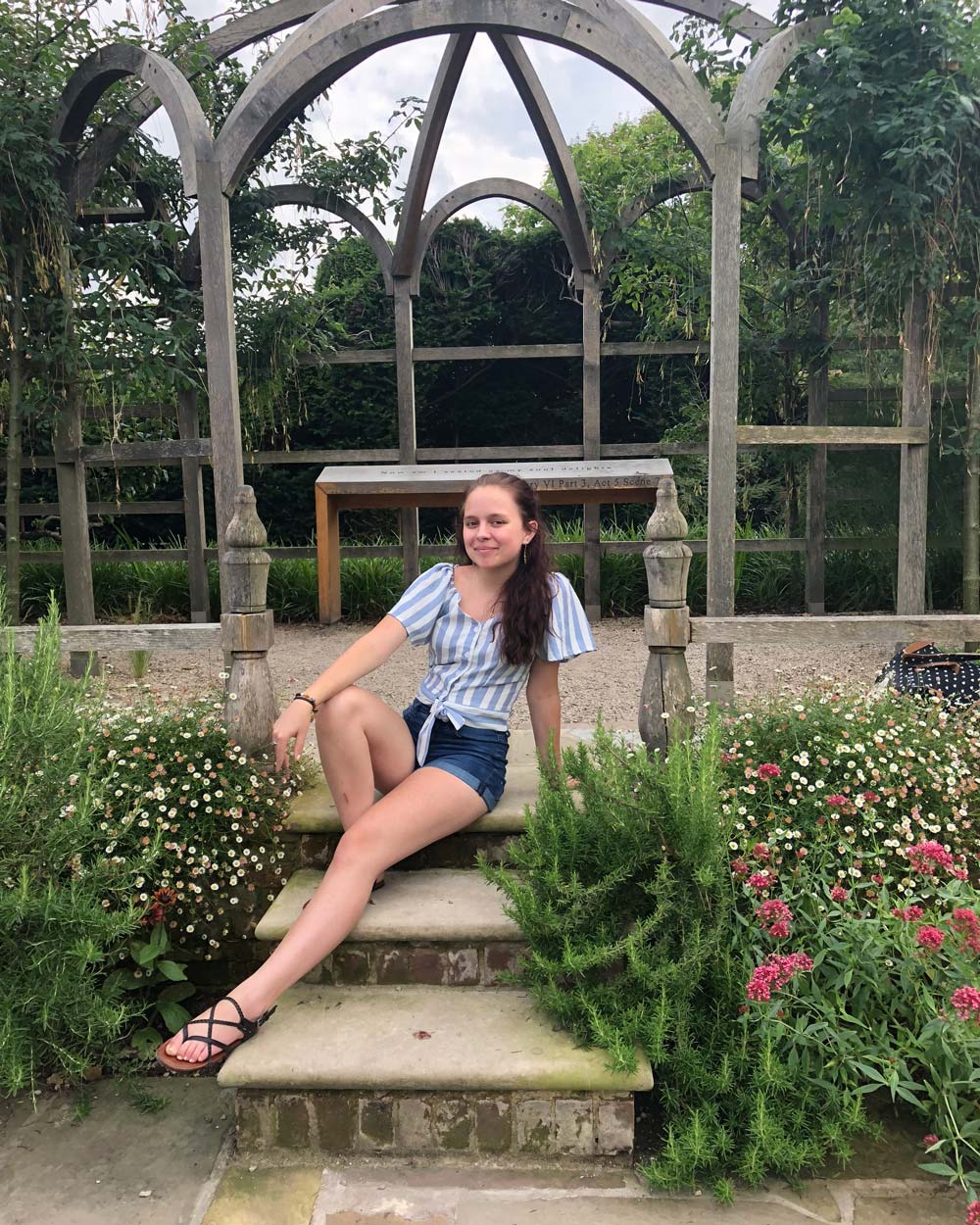 Juliet Trautman, COE’22, “Evaluating the Combinatorial Effects of Important Transcription Factors on Alkaloid Biosynthesis in C. roseus”
Juliet Trautman, COE’22, “Evaluating the Combinatorial Effects of Important Transcription Factors on Alkaloid Biosynthesis in C. roseus”
Mentor: Professor Carolyn Lee-Parsons, Department of Chemical Engineering, COE
The plant Catharanthus roseus produces the important terpenoid indole alkaloids (TIAs) vinblastine and vincristine through a complex metabolic pathway. Several important transcription factors have been identified in the upstream TIA pathway. While their individual effects have been documented, there is little data about overexpression of multiple at once. This project seeks to further the understanding of independent and combinatorial effects of transcription factors on production of TIAs, as well as prove that four transcription factors can successfully be overexpressed in a single plasmid through transient tissue transformation.
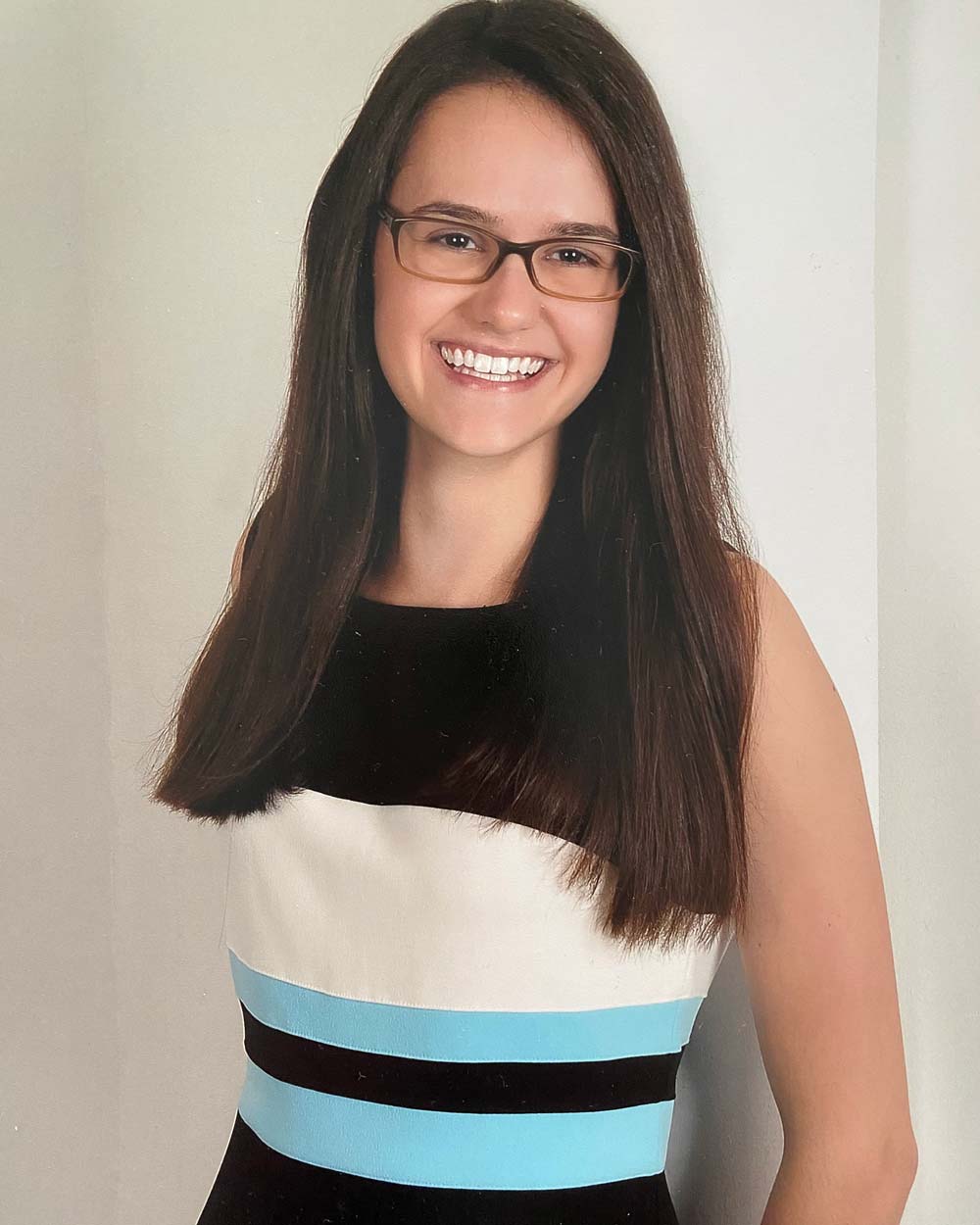 Kelly Ward, COS’23, “Promoting the Generation of Natural Killer Memory Cells to Improve Cancer Immunotherapies”
Kelly Ward, COS’23, “Promoting the Generation of Natural Killer Memory Cells to Improve Cancer Immunotherapies”
Mentor: Professor Stephen Hatfield, Department of Pharmaceutical Science, COS
This project proposes an in-clinic method to increase natural killer (NK) cell toxicity towards tumor cells by inducing a memory-like NK phenotype through the inexpensive variation of oxygen tension. This study will compare the phenotypes and memory recall of NK cells isolated from tissues of tumor-bearing and naïve mice cultured at 1, 5, and 21% O 2 to determine 1) the tissue(s) with memory-like NK cell populations and 2) the effects of oxygen tension on NK cell differentiation into the memory-like phenotype. Results will be shared at RISE, the ASBMB regional/national conferences, The Journal of Immunology , and will be patented.
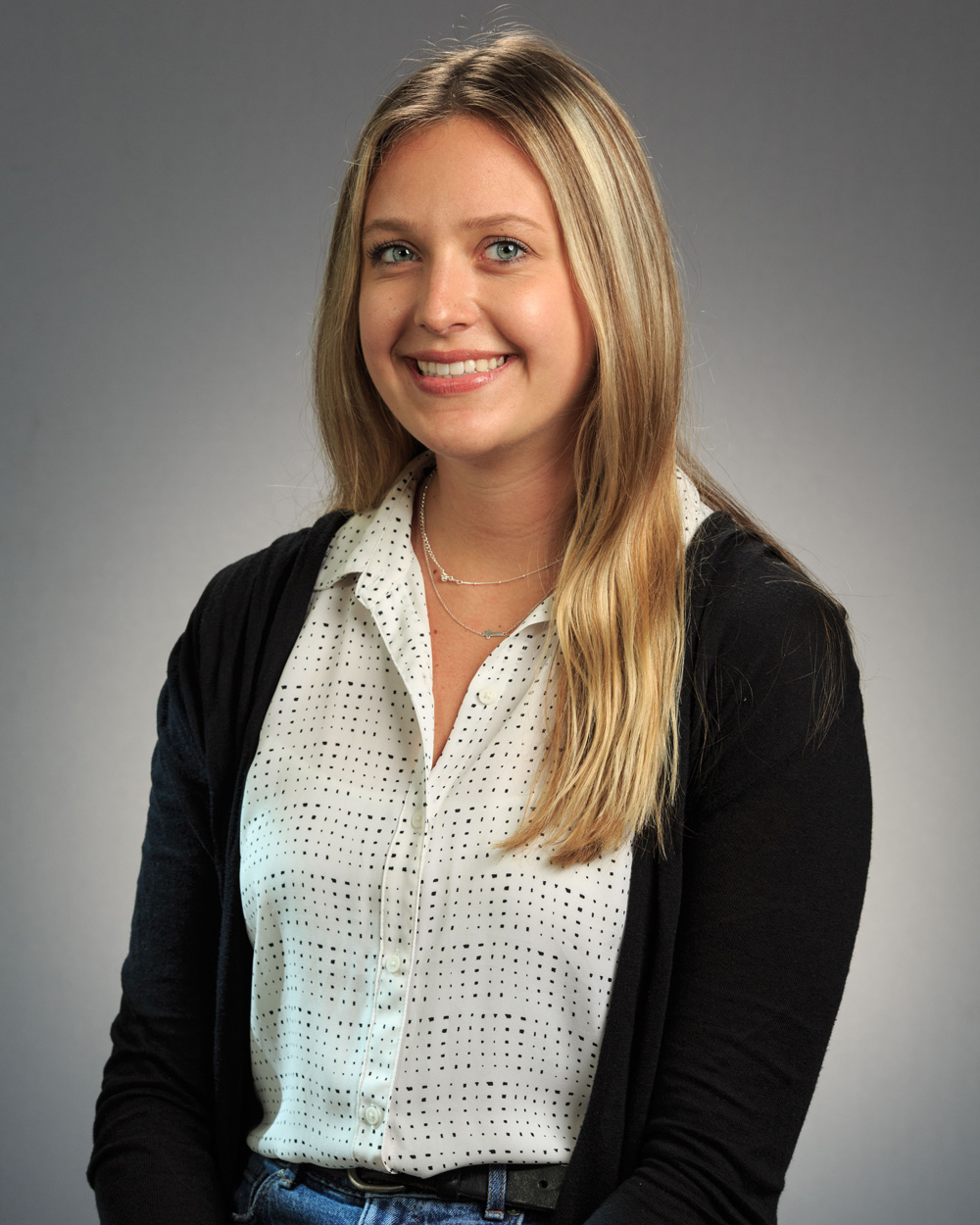 Kamila Wawer, COE’22, “Development of NMC/LFP Blended Cathodes for Lithium-Ion Development”
Kamila Wawer, COE’22, “Development of NMC/LFP Blended Cathodes for Lithium-Ion Development”
Mentor: Professor Joshua Gallaway, Department of Chemical Engineering, COE
The need for renewable energy is rapidly increasing, and the optimization of Lithium-ion batteries is critical for the industry due to its high power and energy capability. Lithium-nickel-manganese-cobalt-oxide (NMC) is a favored active material in electric vehicles (EVs) because of its high voltage range. Lithium-iron-phosphate (LFP) is not as commonly used due to its lower voltage range but exhibits promising cycle life. This research will focus on making cathodes with a blend of NMC and LFP. Following electrochemical analysis, the data should exhibit features from both species. The results will be shared through a poster presentation and potential paper.
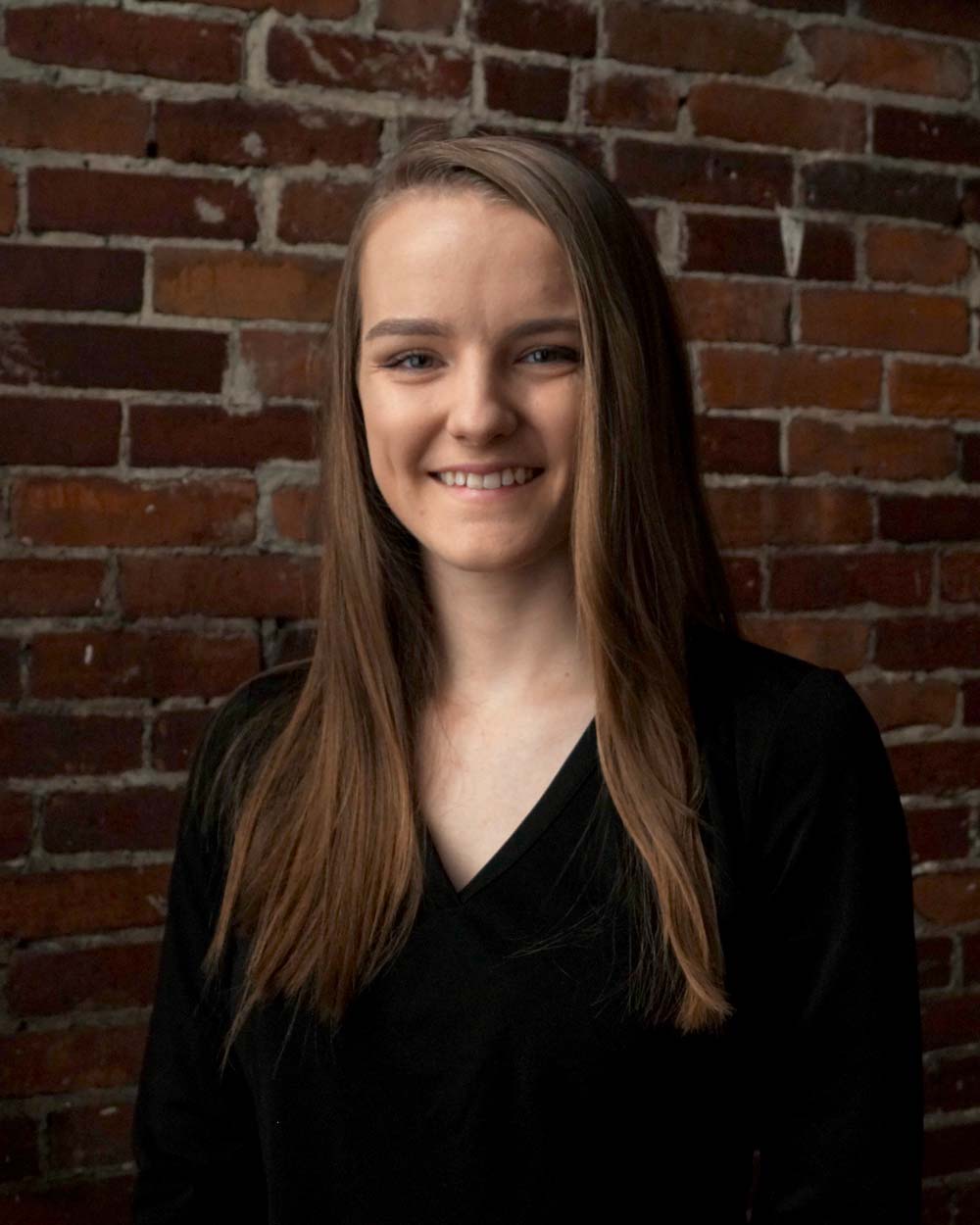
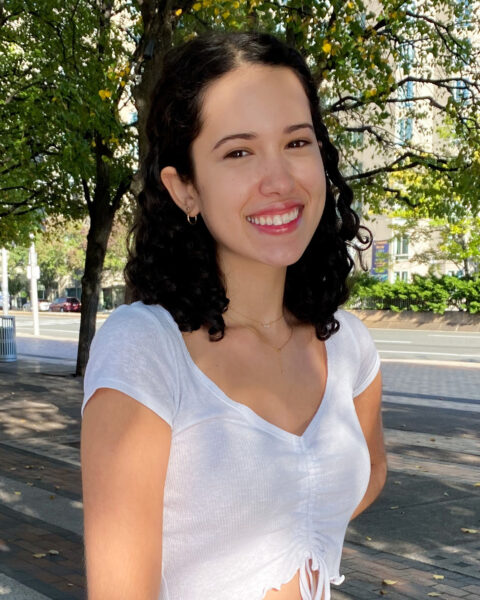 Catherine Wenger, CSSH’22 and Sarah Weihl, CSSH’22, “Behavioral and Health Systems Impacts on Health and Population Outcomes for Neglected Diseases in Kenya”
Catherine Wenger, CSSH’22 and Sarah Weihl, CSSH’22, “Behavioral and Health Systems Impacts on Health and Population Outcomes for Neglected Diseases in Kenya”
Mentor: Professor Richard Wamai, Department of Cultures, Societies, and Global Studies, CSSH
This project at the African Center for Community Investment in Health (ACCIH) aims to understand what behavioral and system factors impact the health outcomes of three Neglected Tropical Diseases (NTDs; Leishmaniasis, Trachoma, and Snakebite) in Baringo, Kenya. This will involve understanding the incidence of the NTDs, population characteristics, and interacting health systems structures for managing the diseases so that reccomendations can improve NTD education and management. Data is collected as part of ACCIH’s ongoing programmatic interventions through interviews with health workers and patients and medical record review. The results will be shared in policy briefs, conference presentations, and two manuscripts.
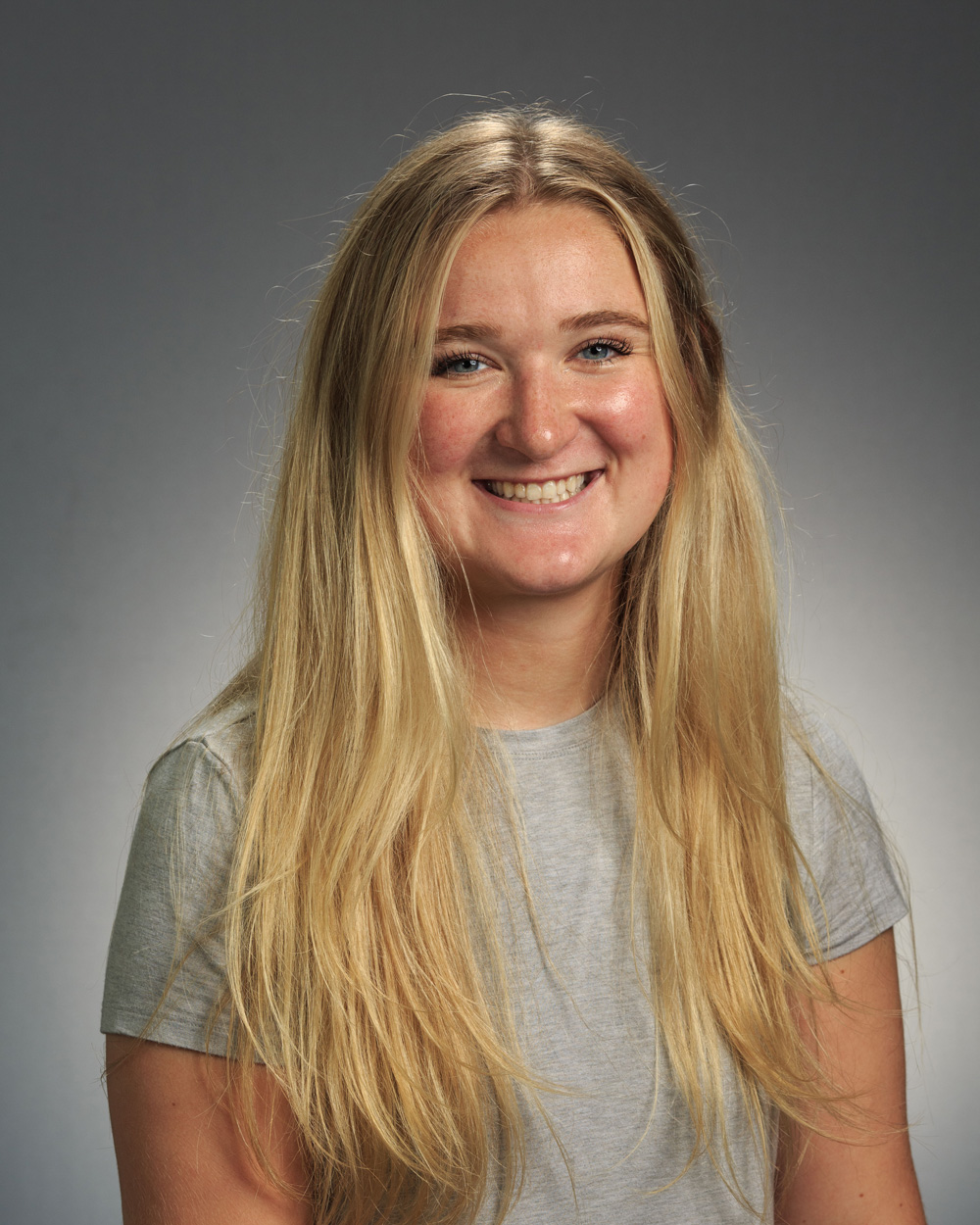 Erika Wheeler, COE’22, “Characterization of Sex-based Differences in the GI Tract of IBS and IBD Samples”
Erika Wheeler, COE’22, “Characterization of Sex-based Differences in the GI Tract of IBS and IBD Samples”
Mentor: Professor Abigail Koppes, Department of Chemical Engineering, COE
The purpose of this project is to investigate and characterize differences in epithelial tissue of the gastrointestinal (GI) tract of male and female samples. There is limited research in understanding the biological differences between male and female to explain the pathological differences in IBS and IBD patients. This research would be novel to the ABNEL laboratory and the scientific community overall. I will receive male and female human organoid plates to model the epithlial tissue. I hypothesize the female samples will have higher levels of pro-inflammatory cytokines such as TNF-a, IL-1B, and IL-6 than male samples.
